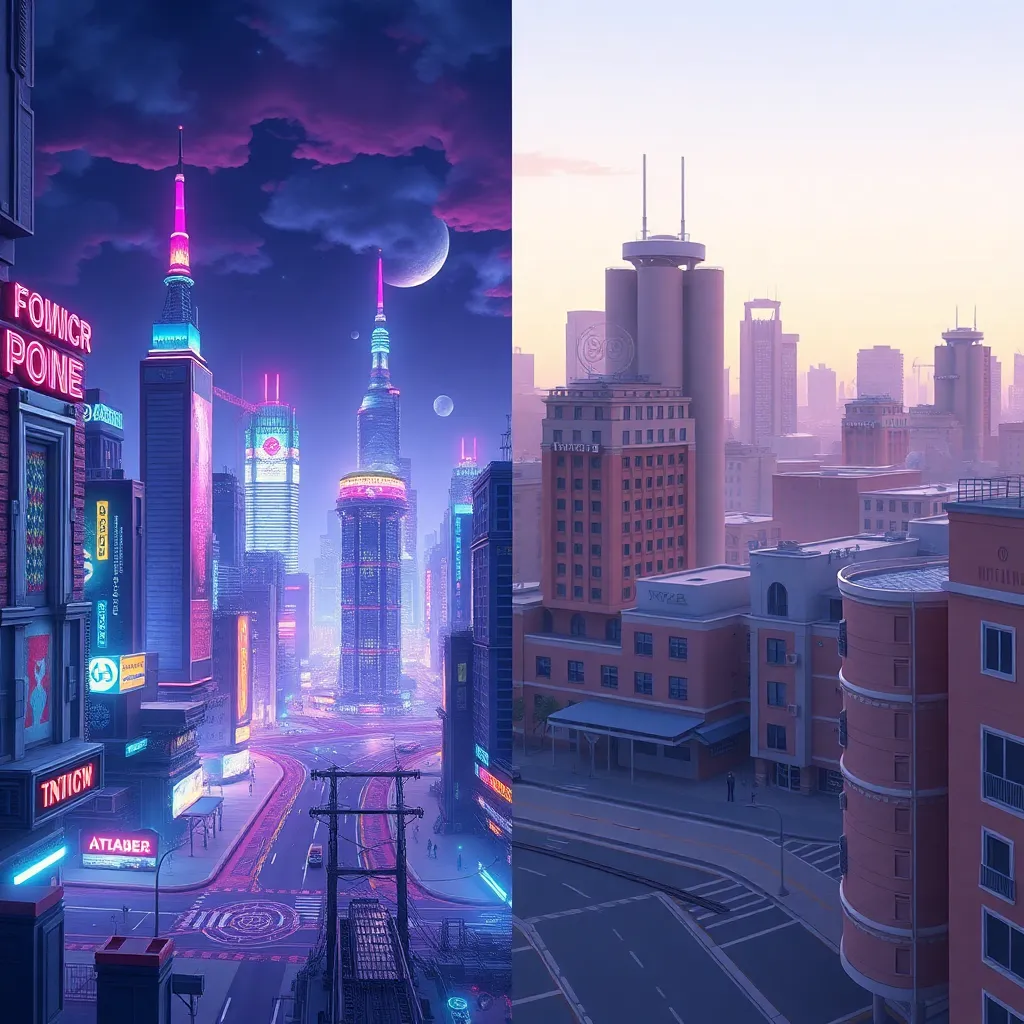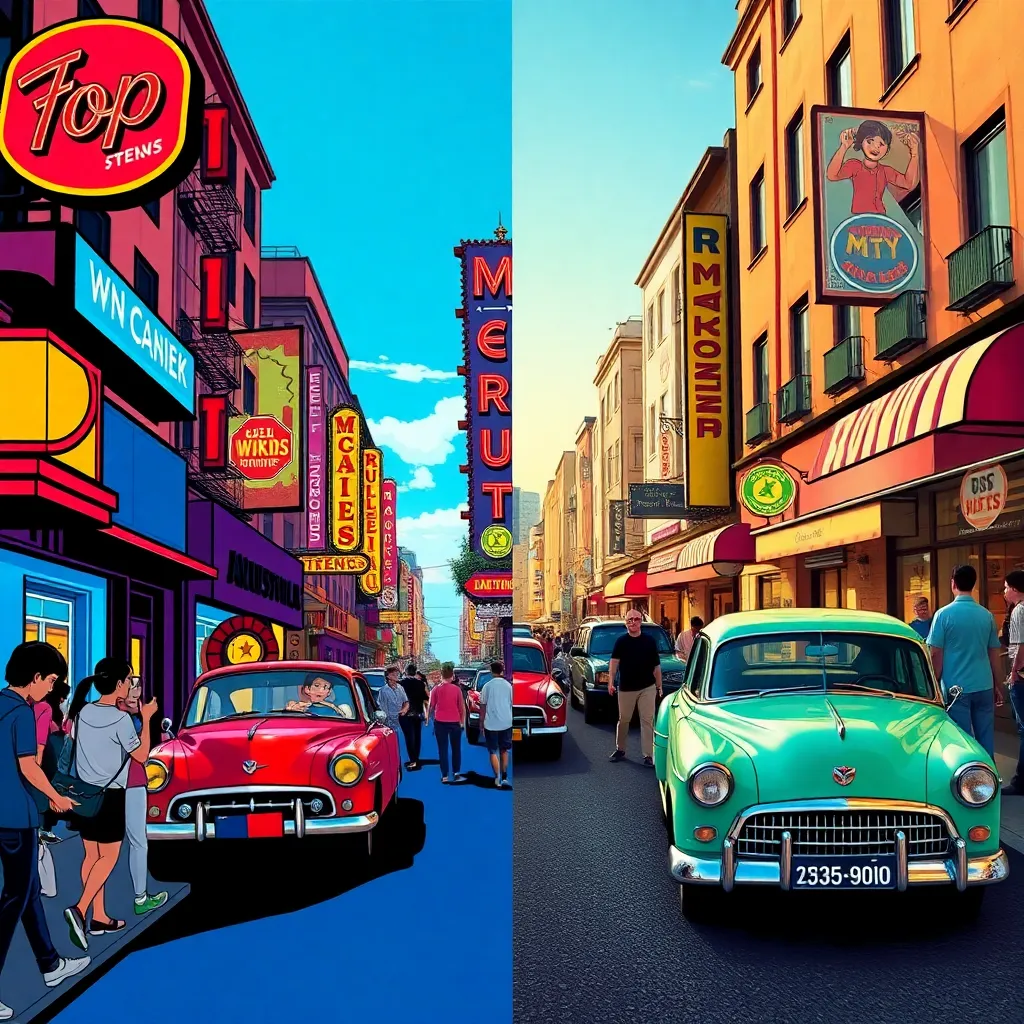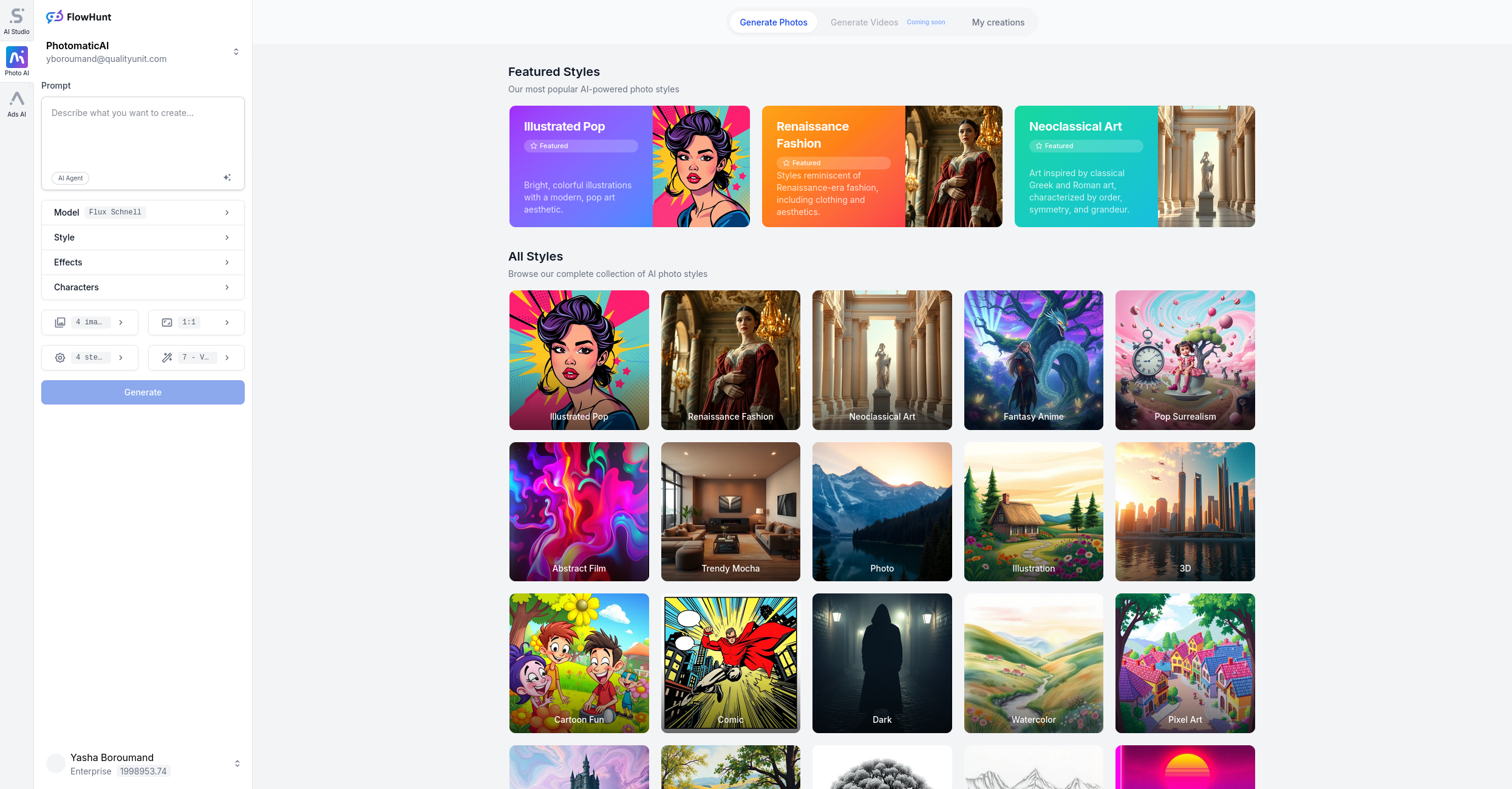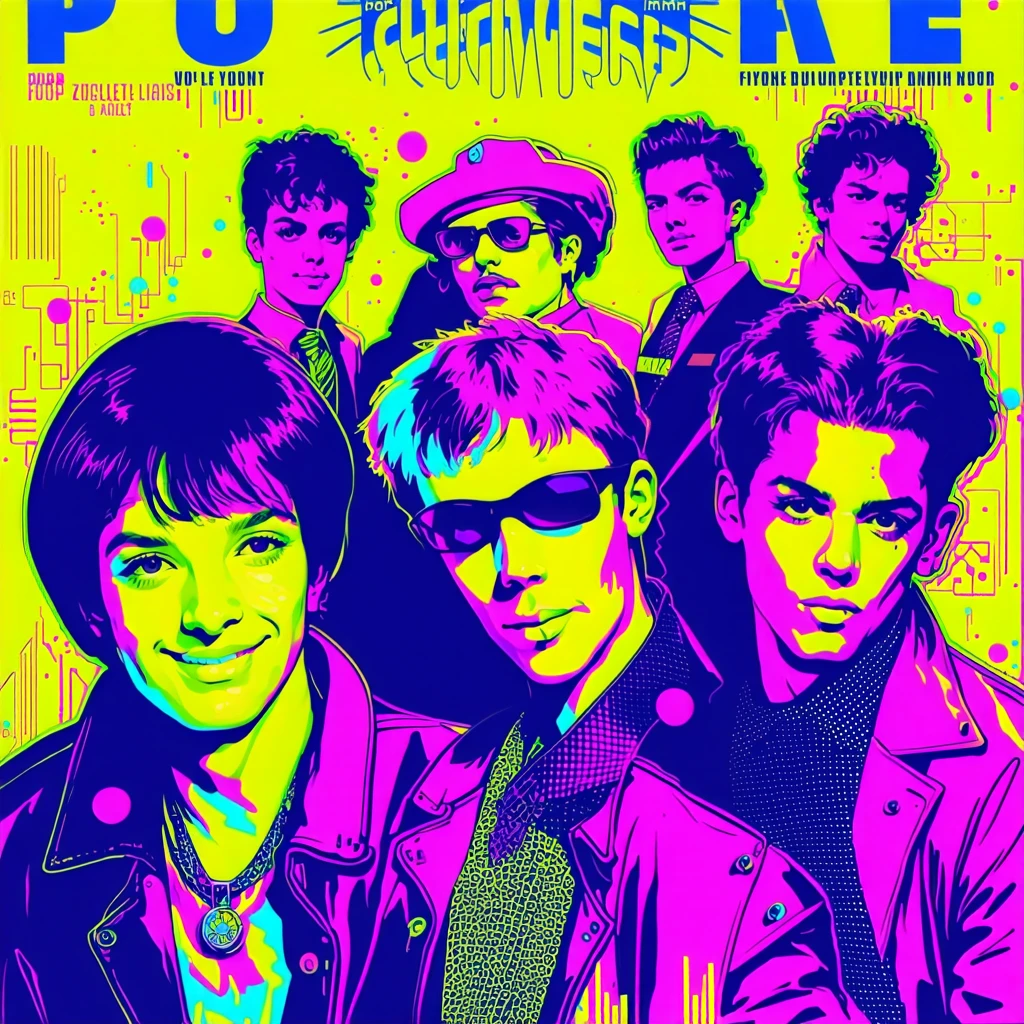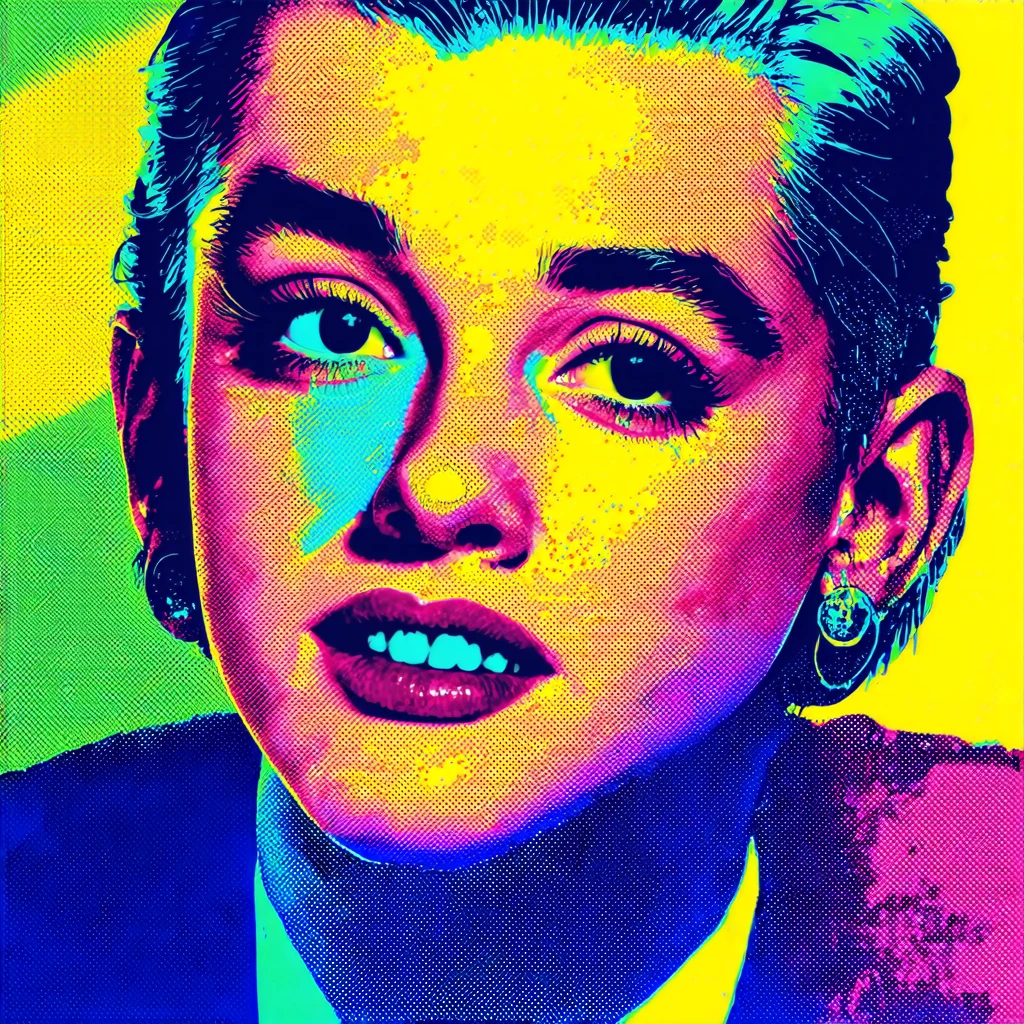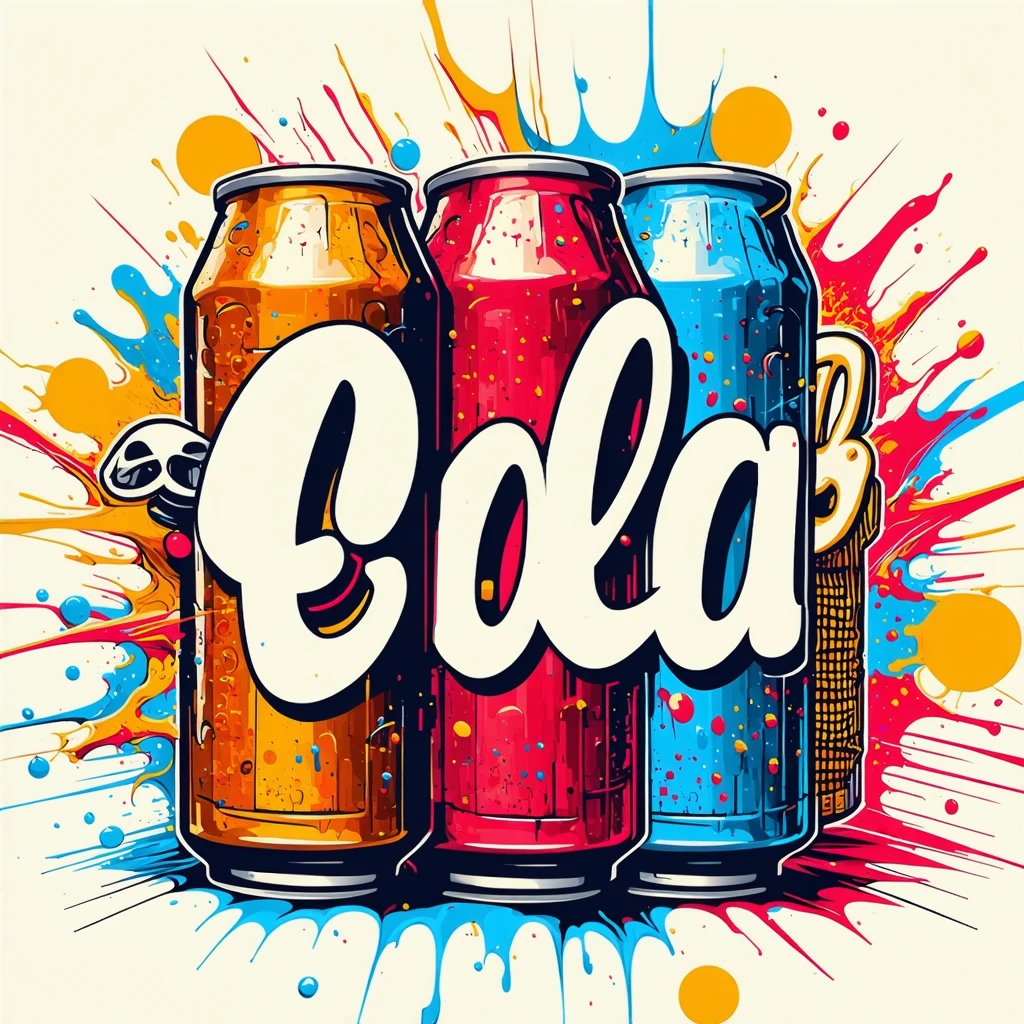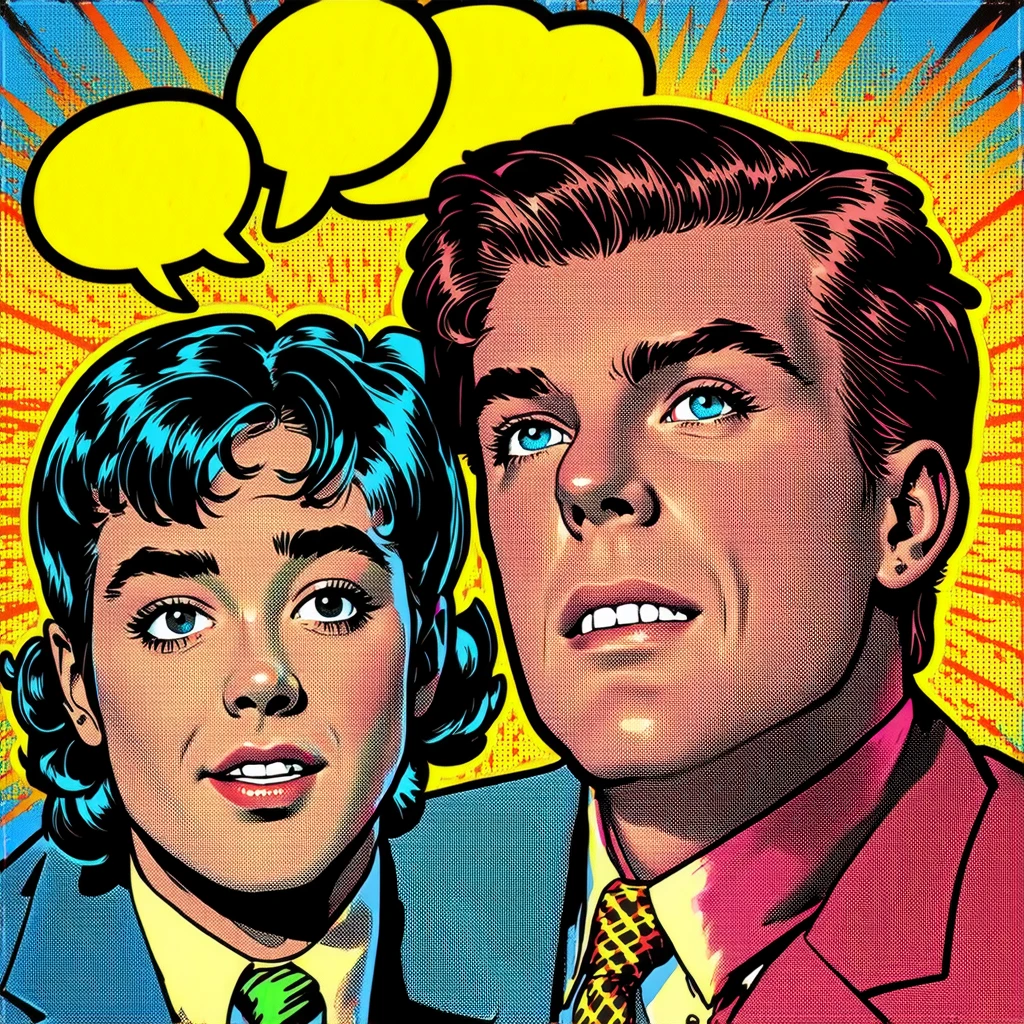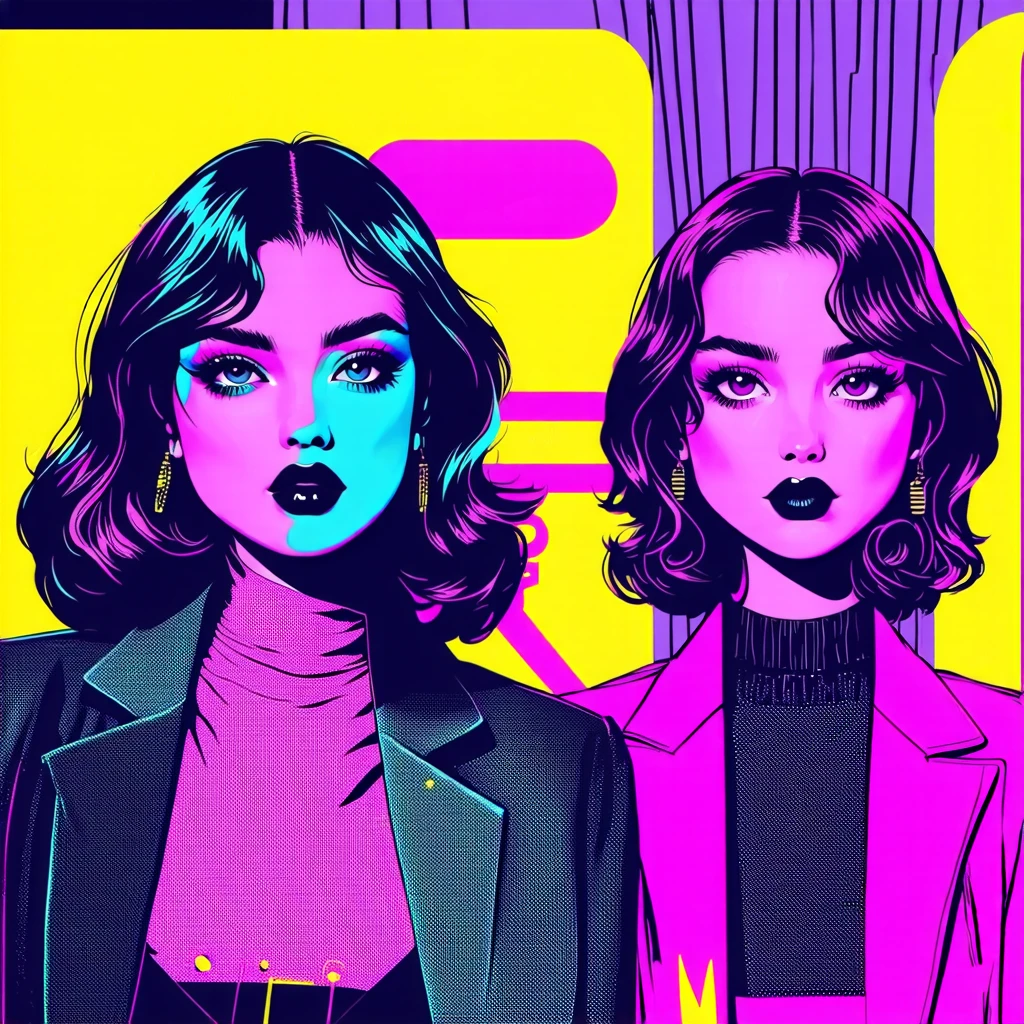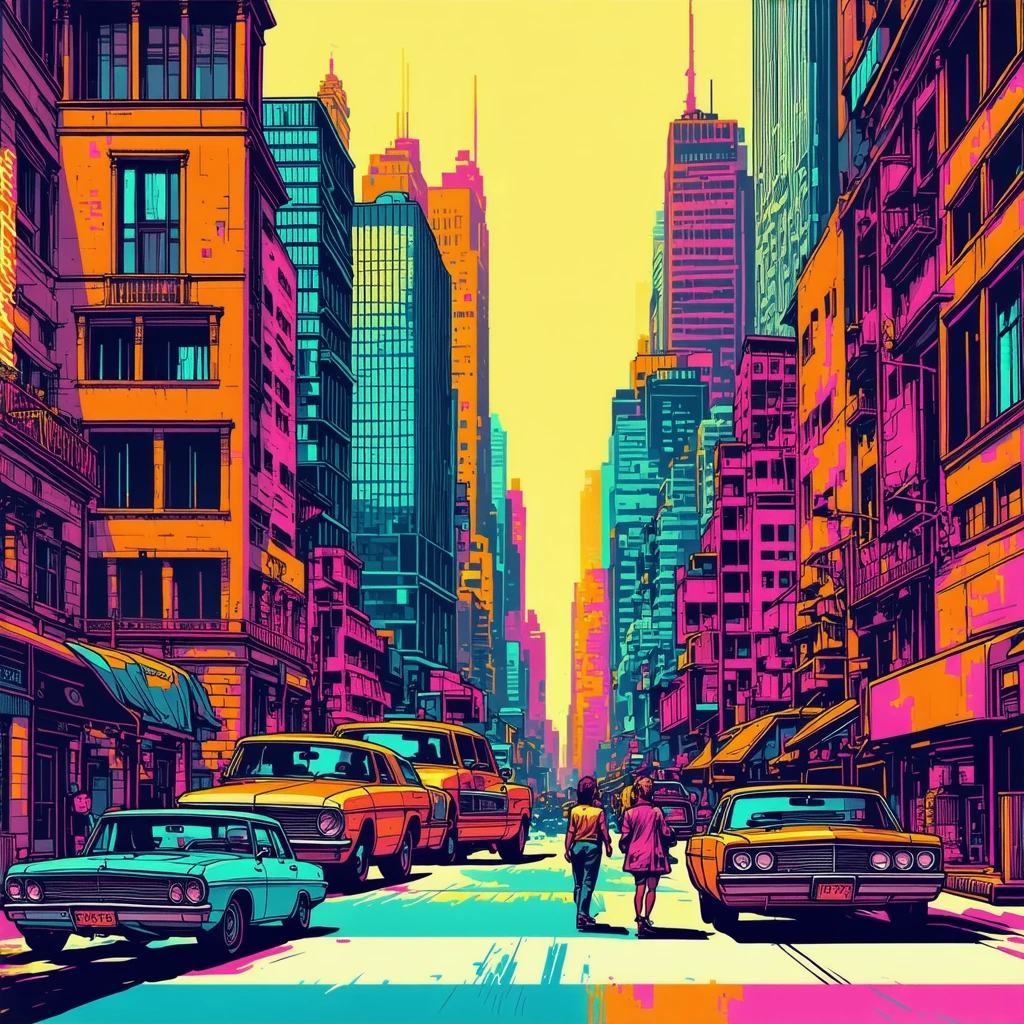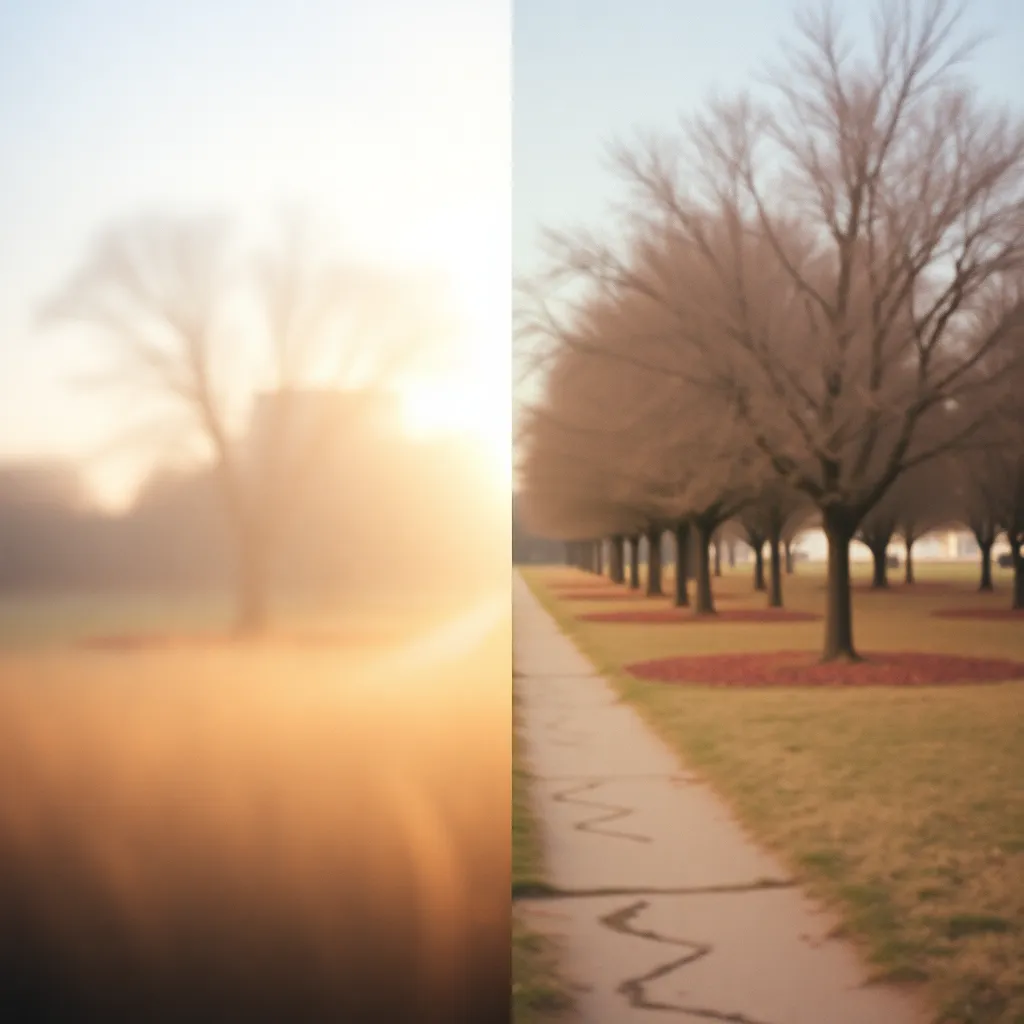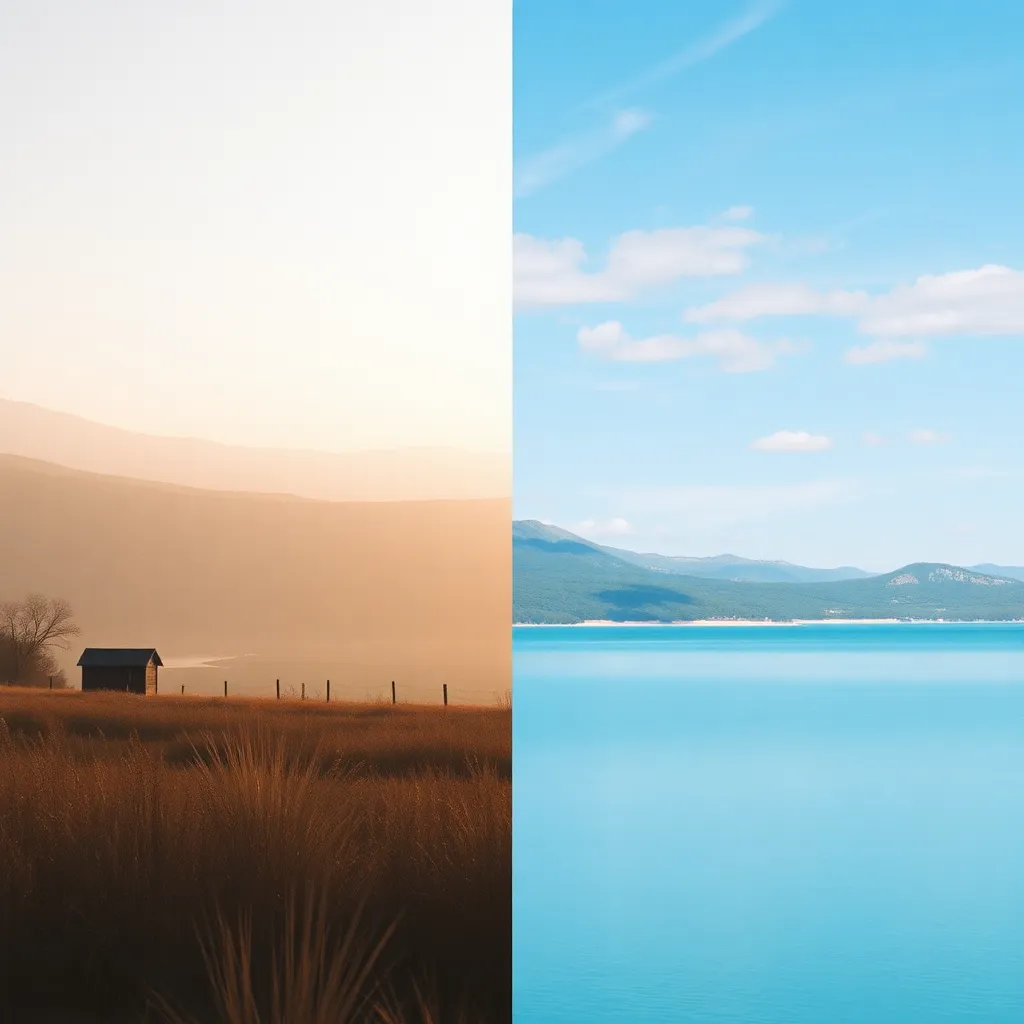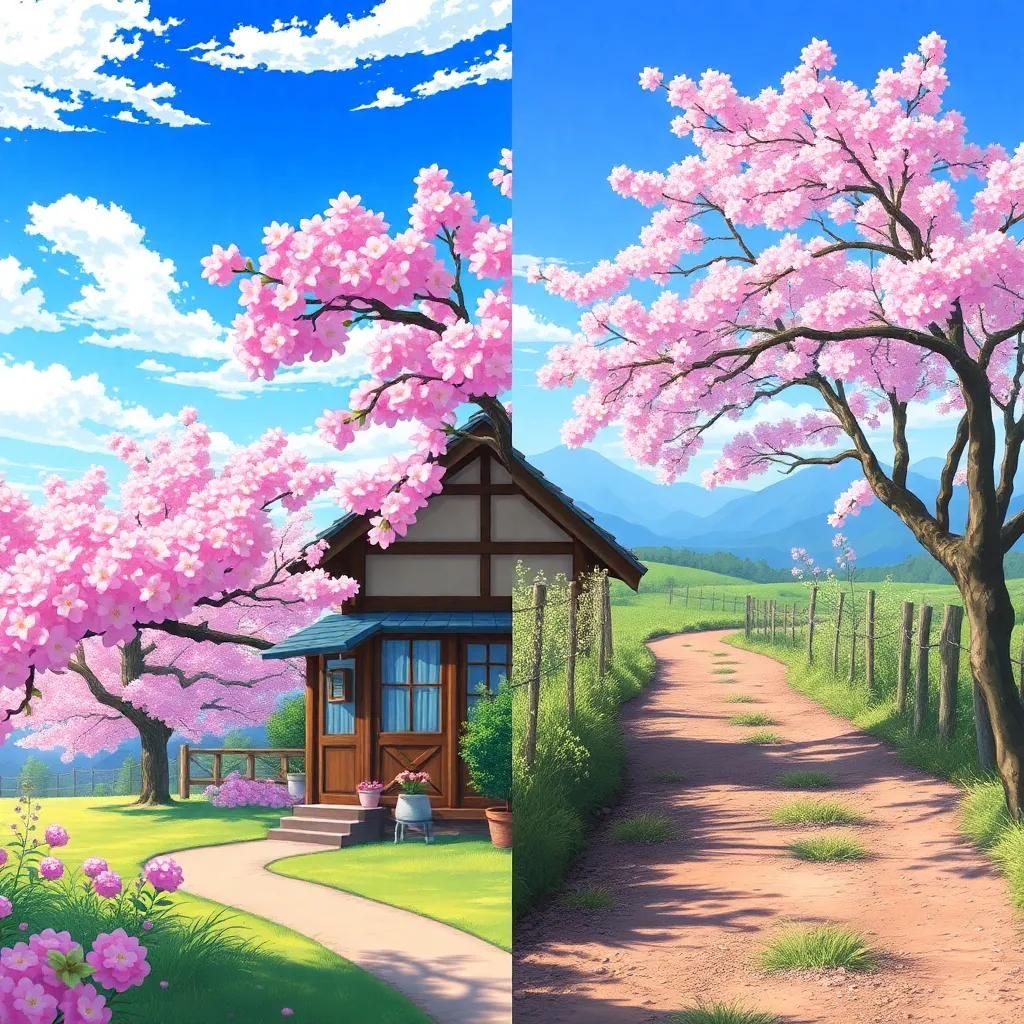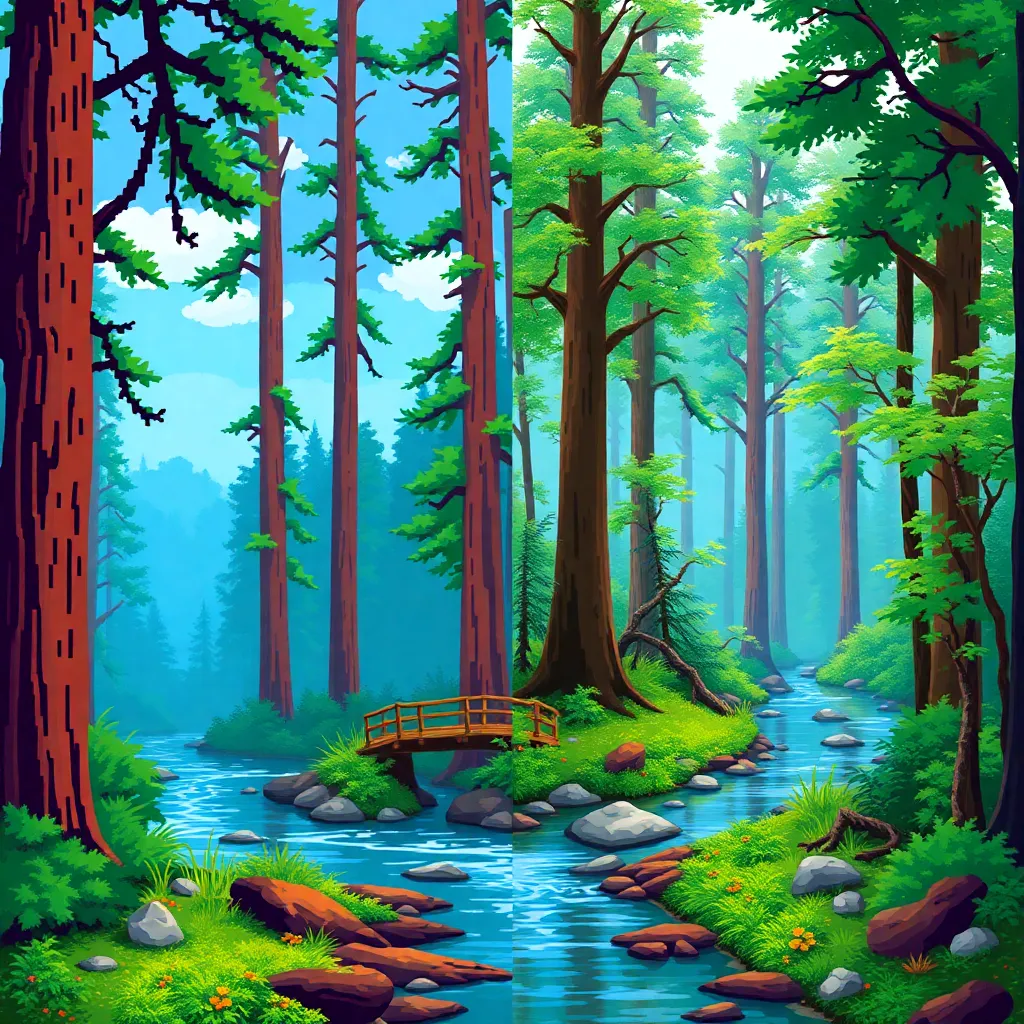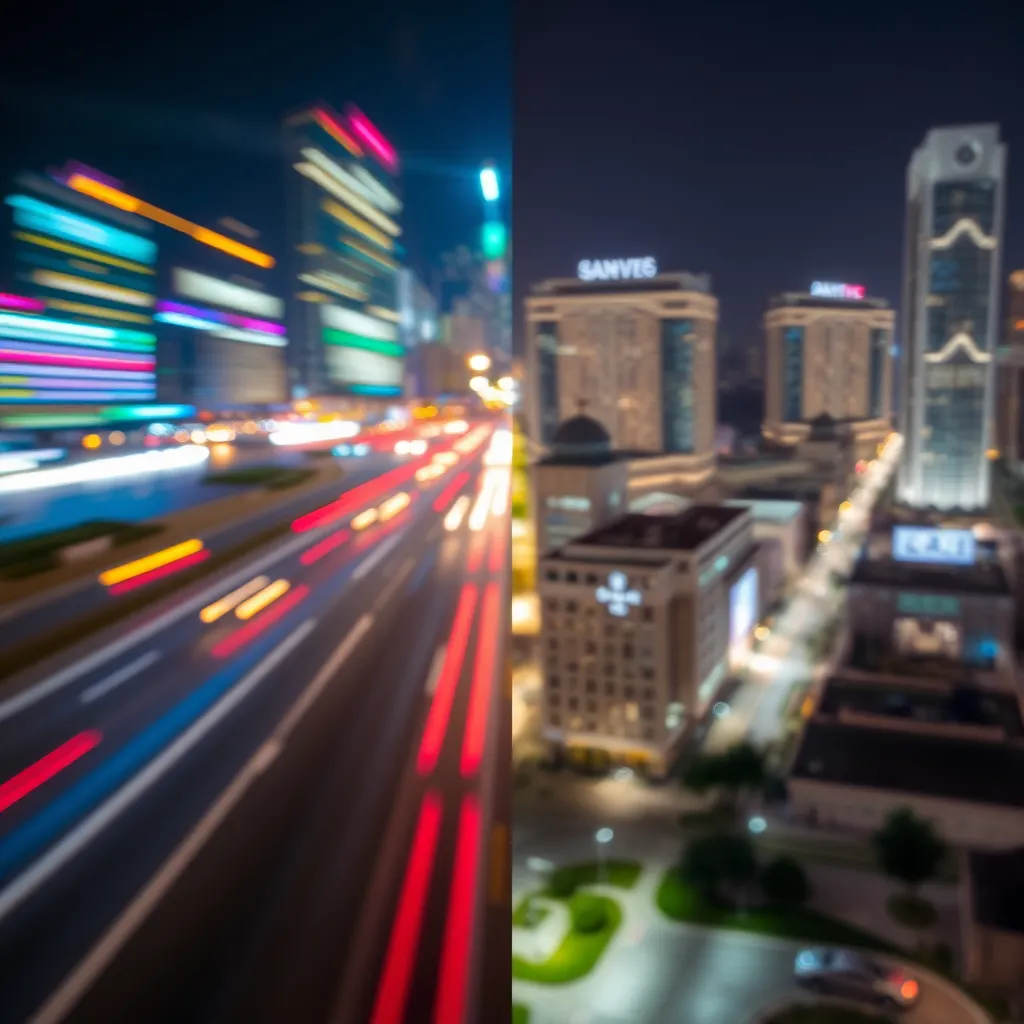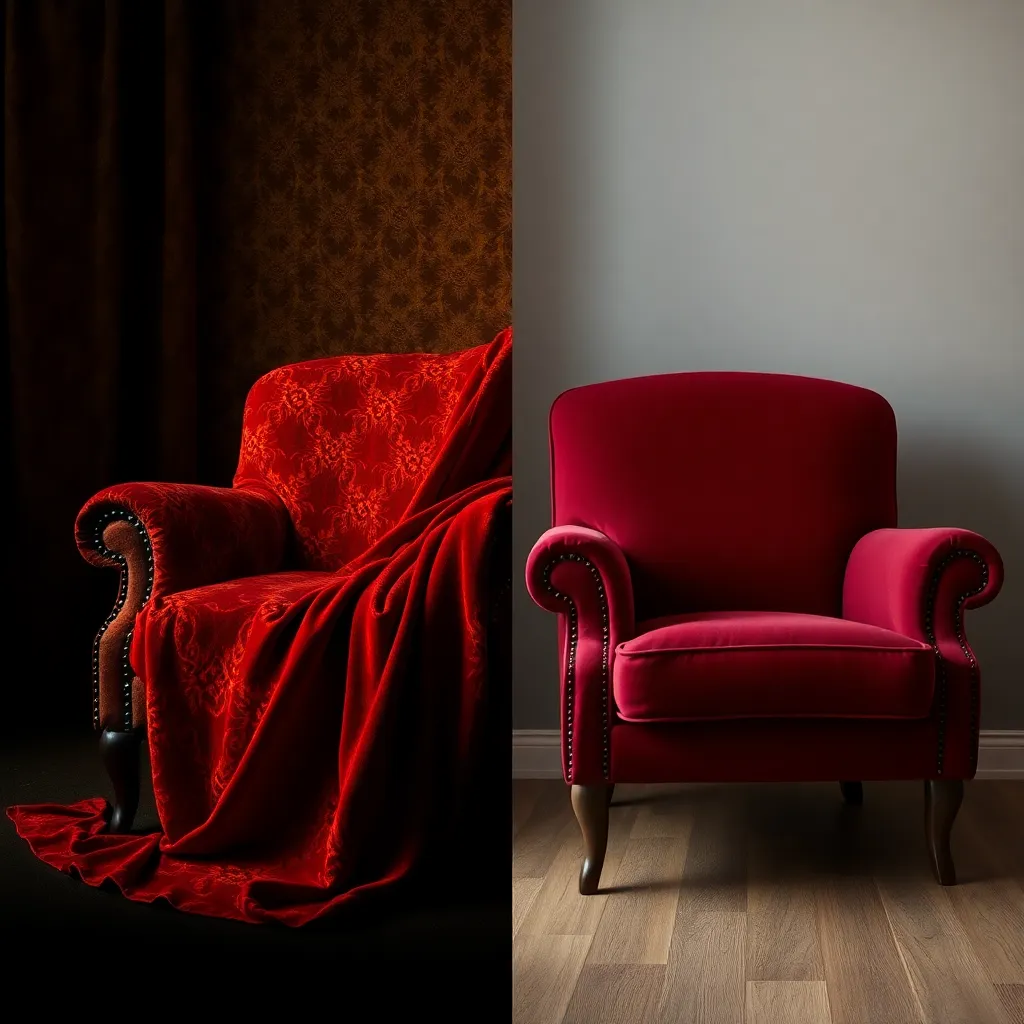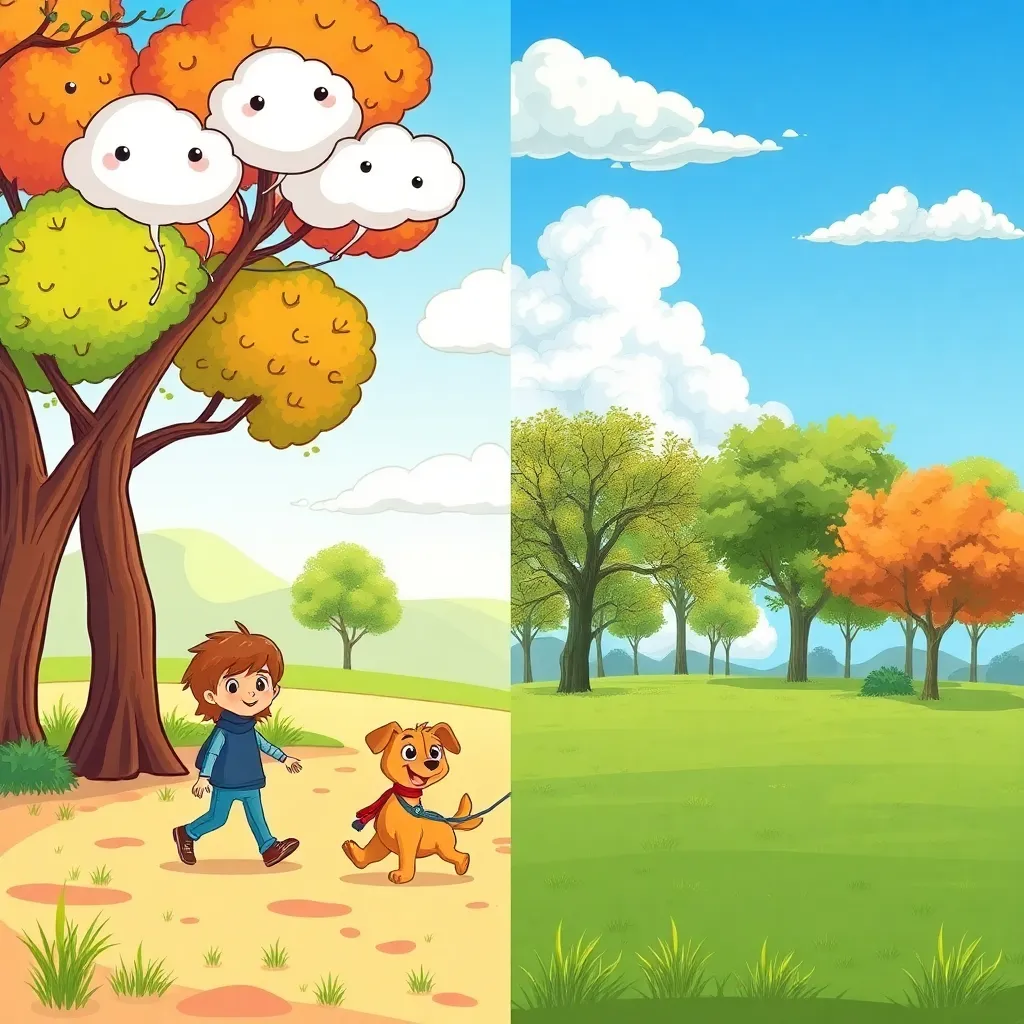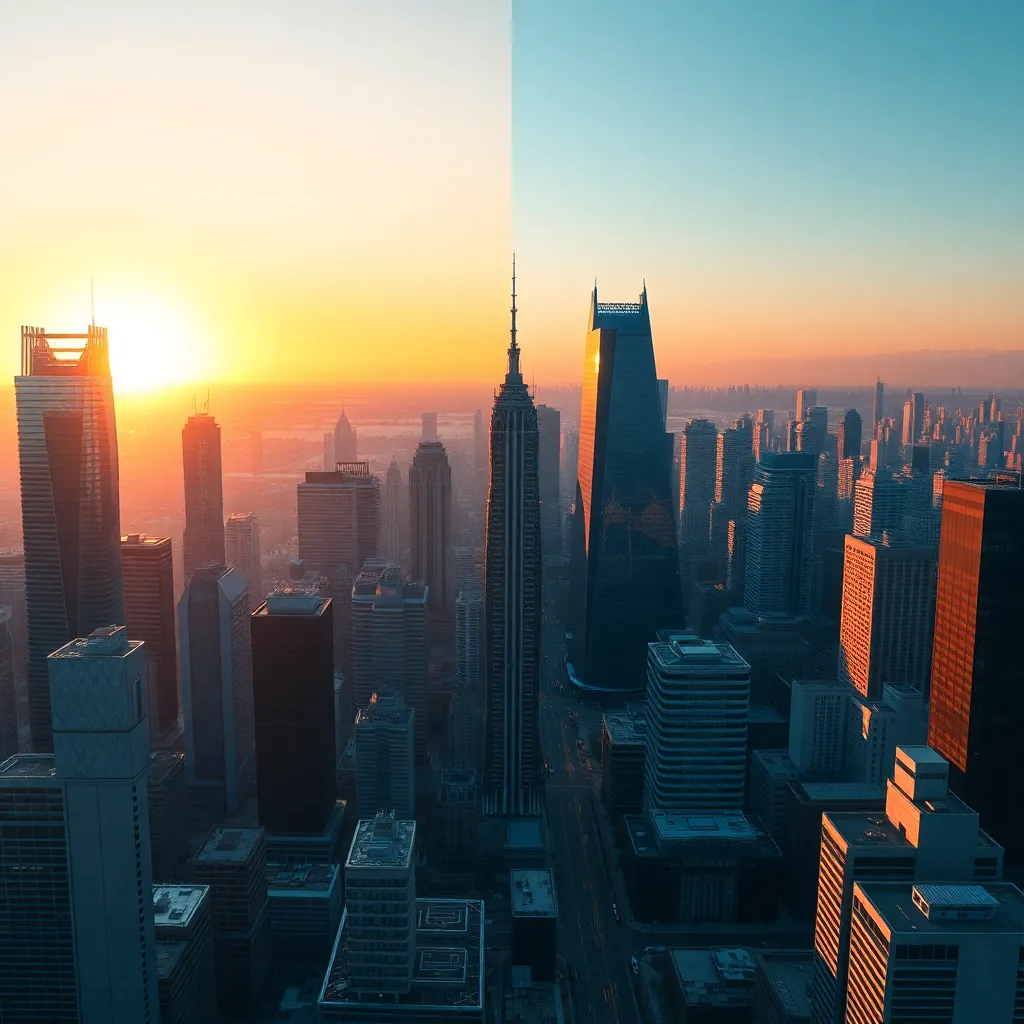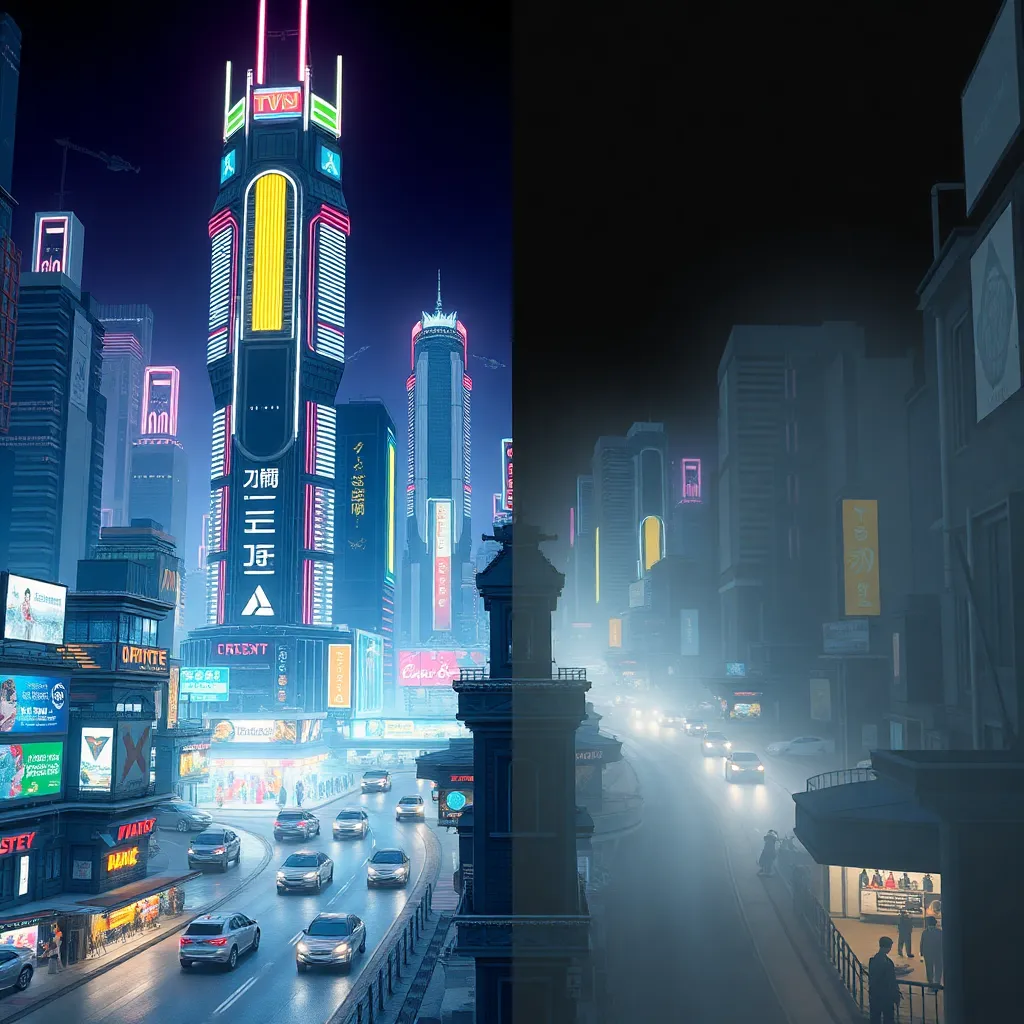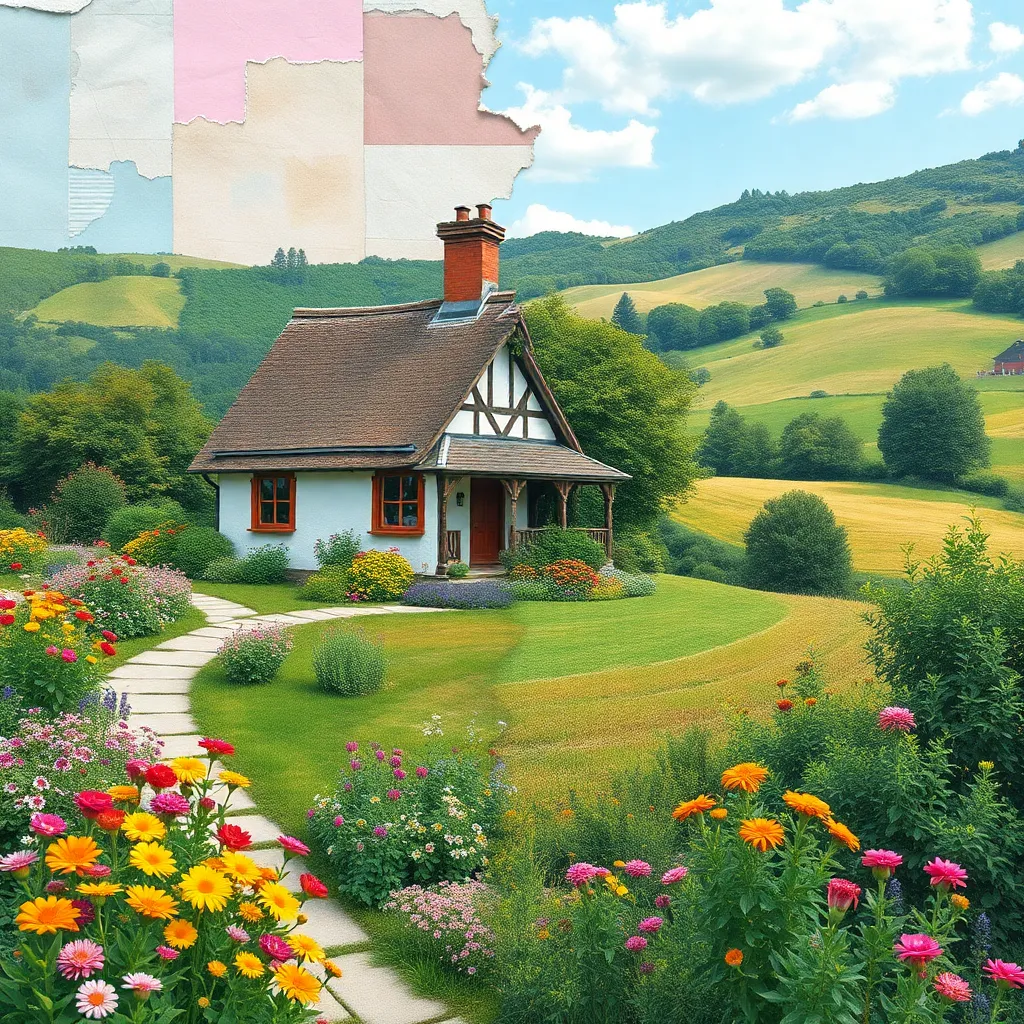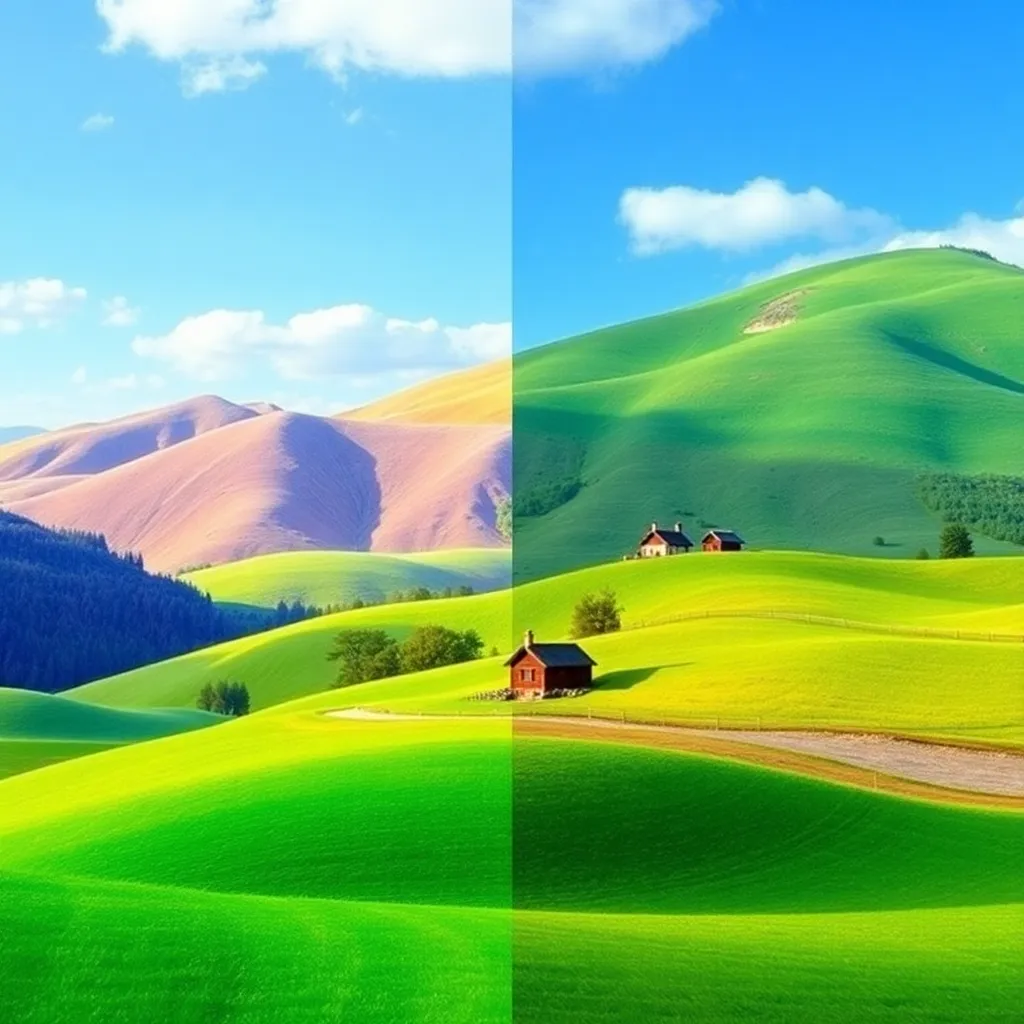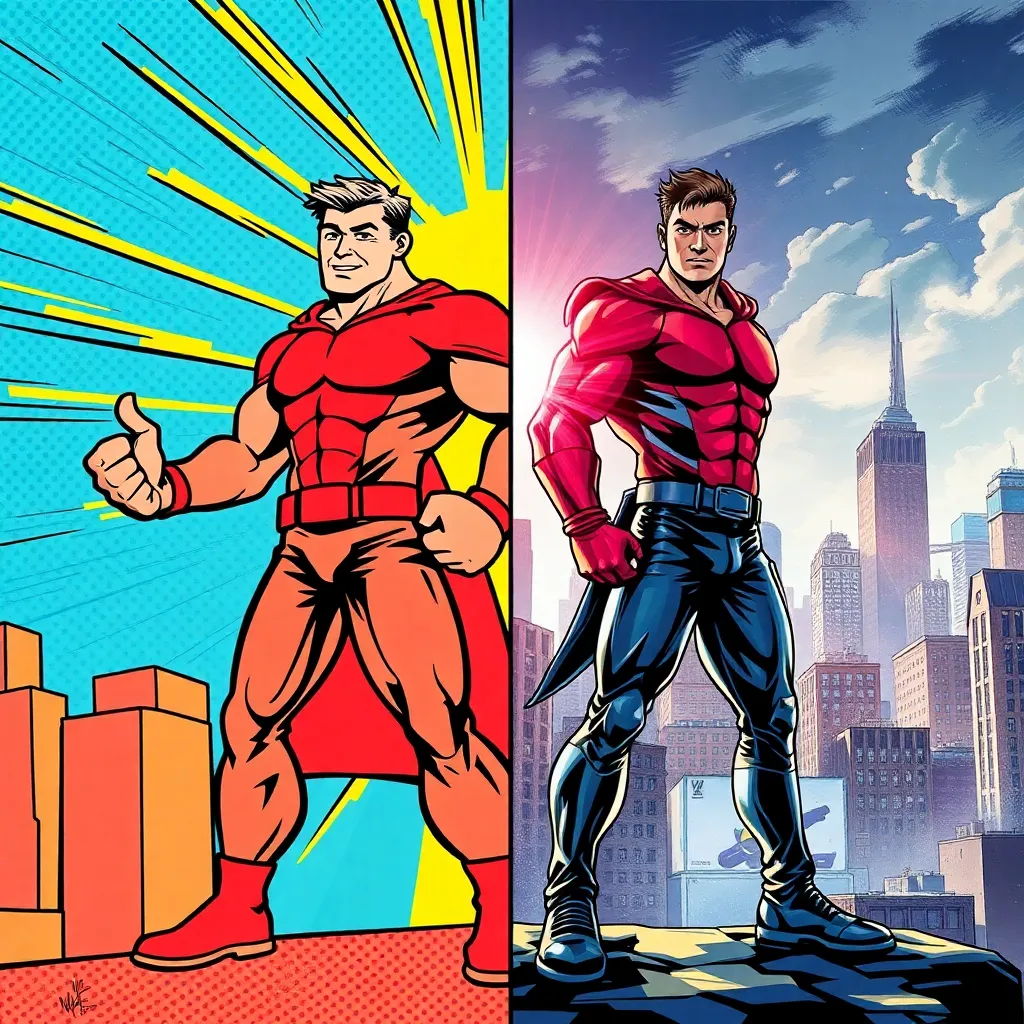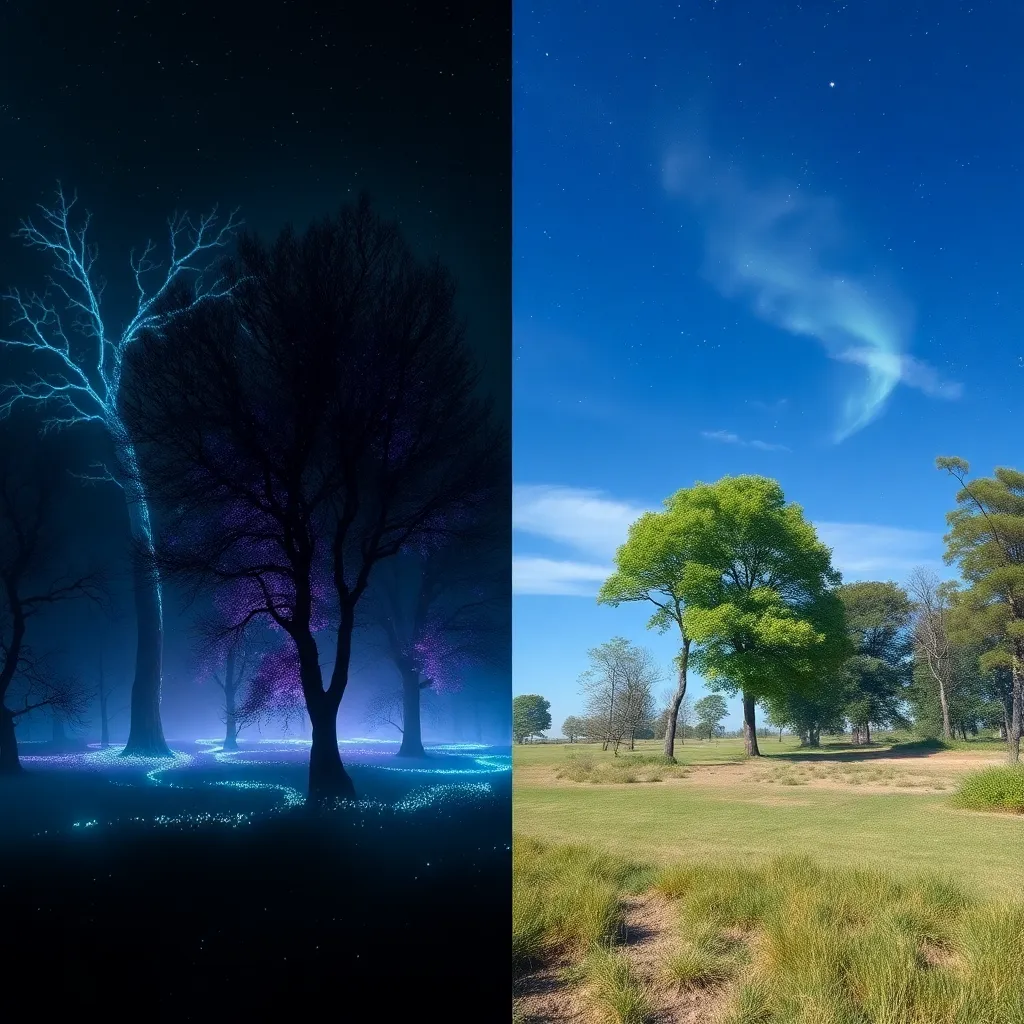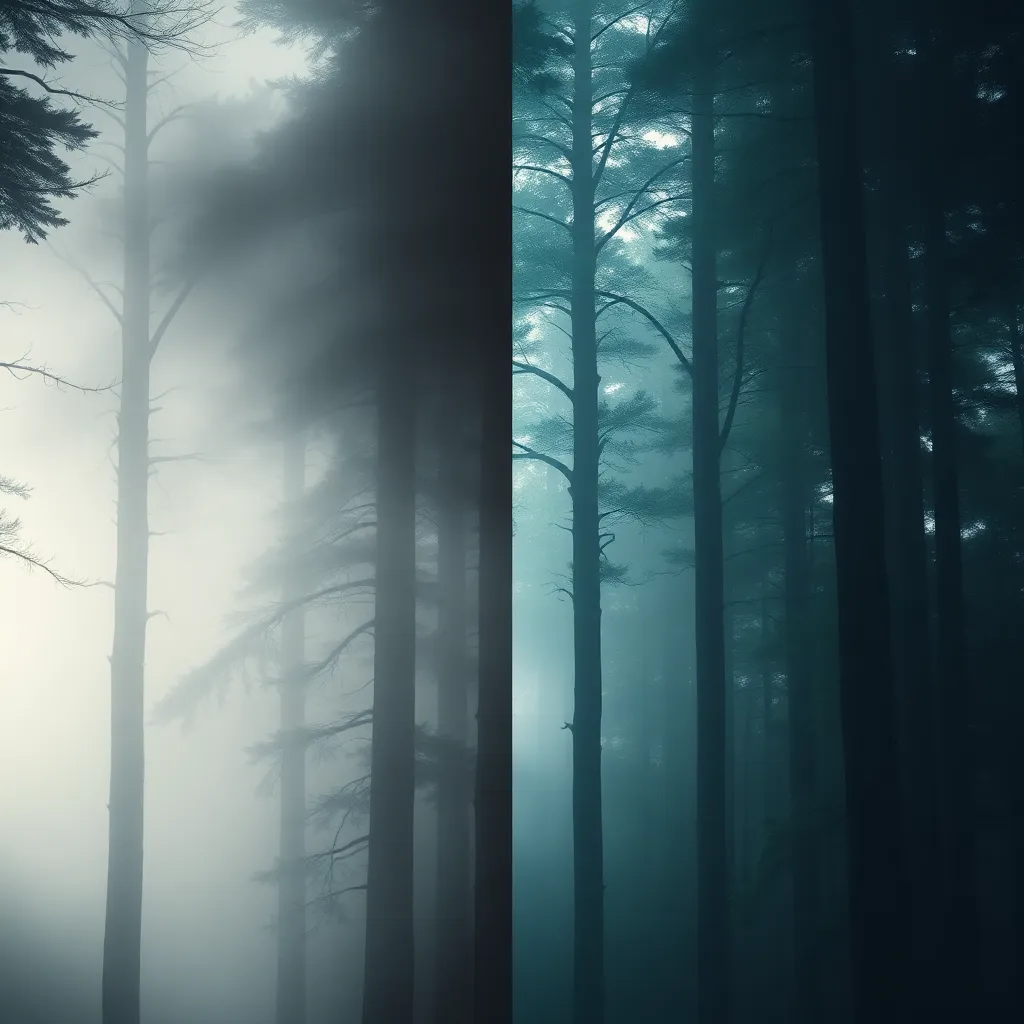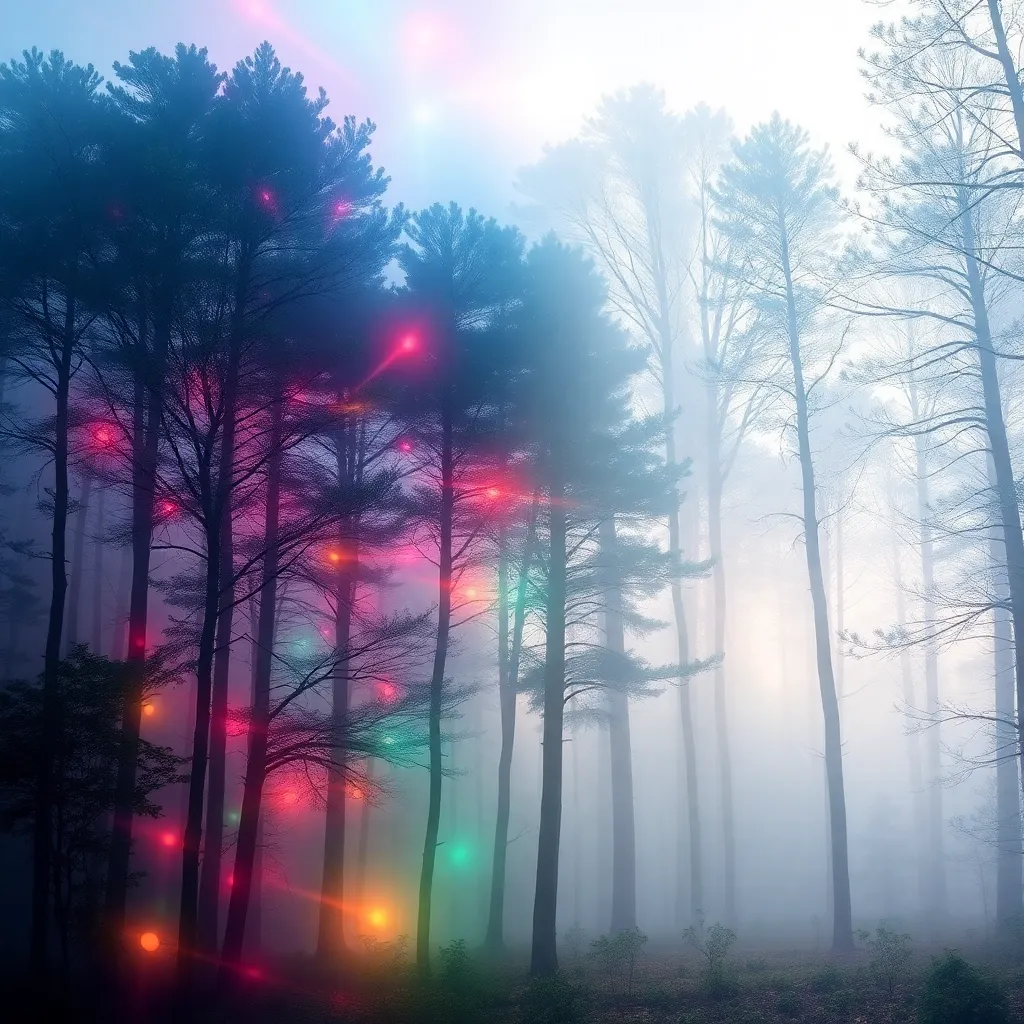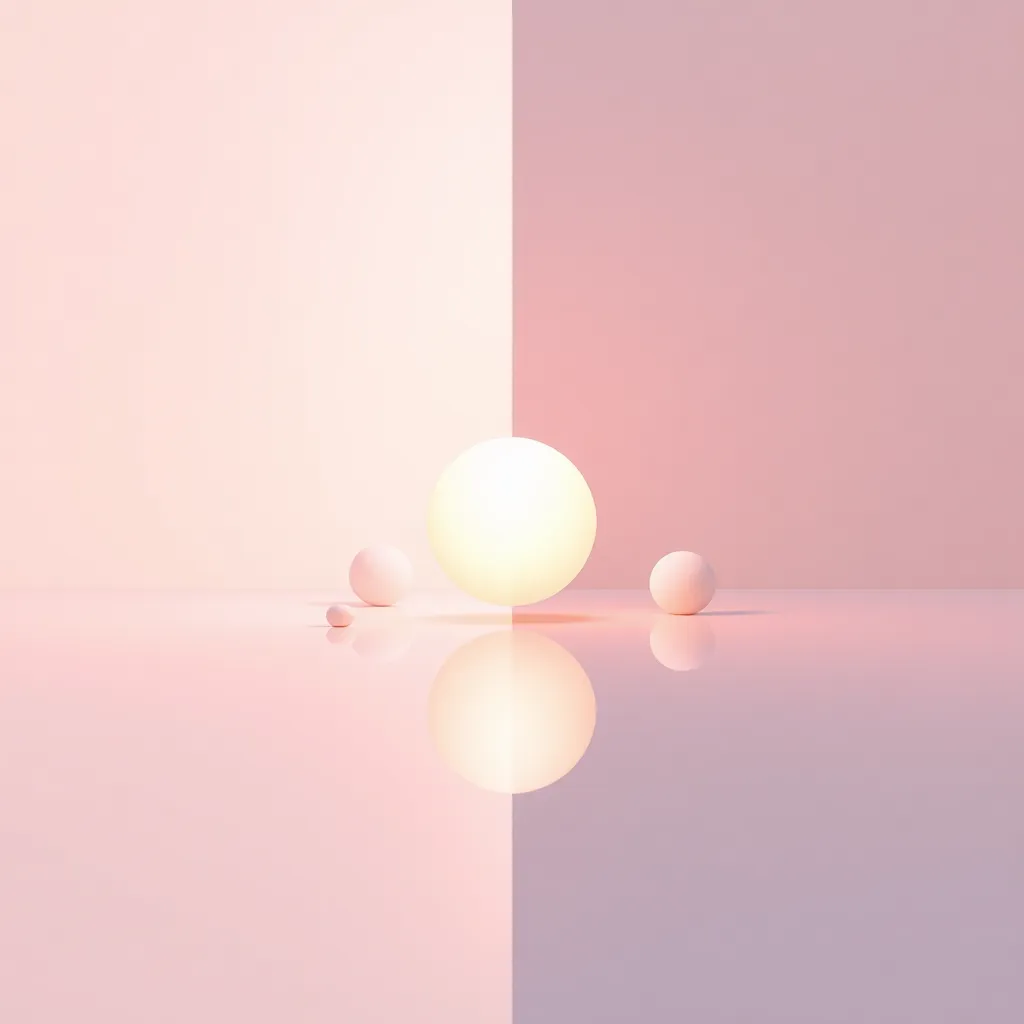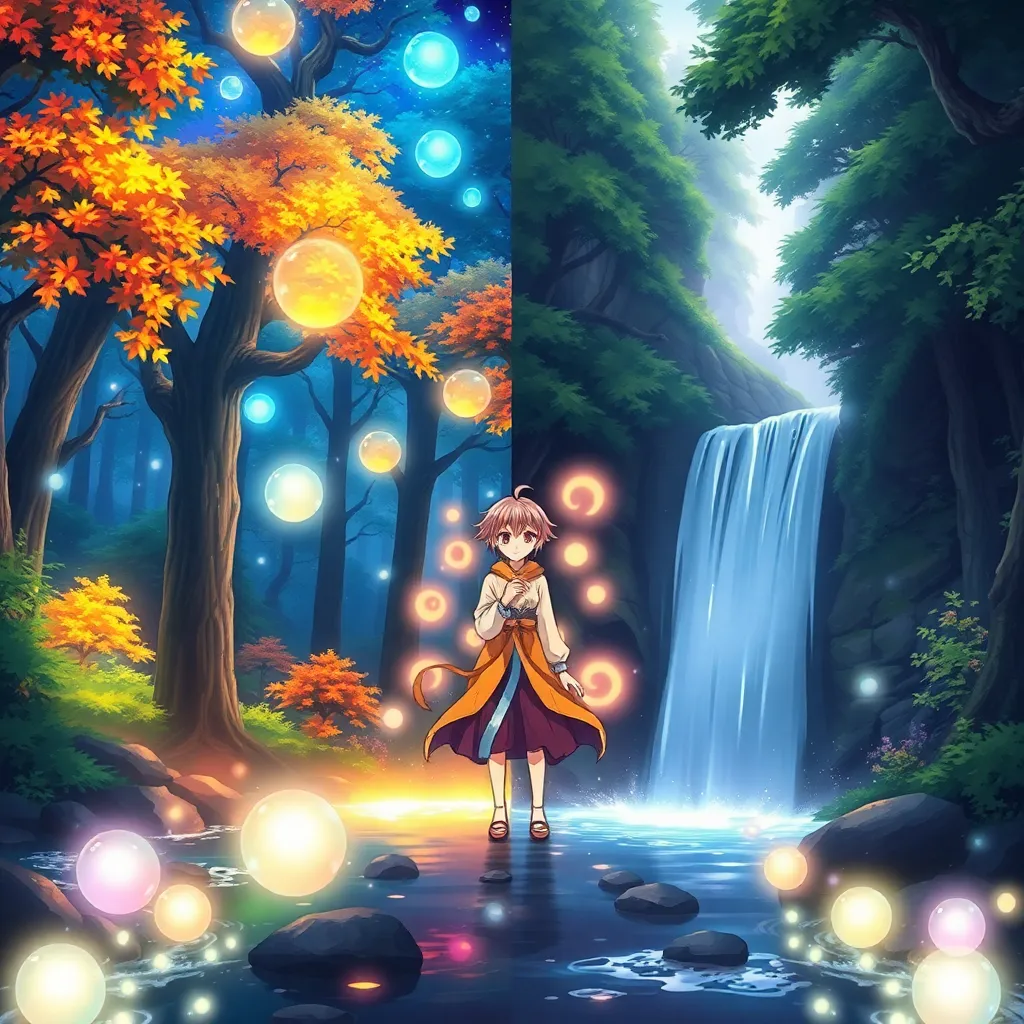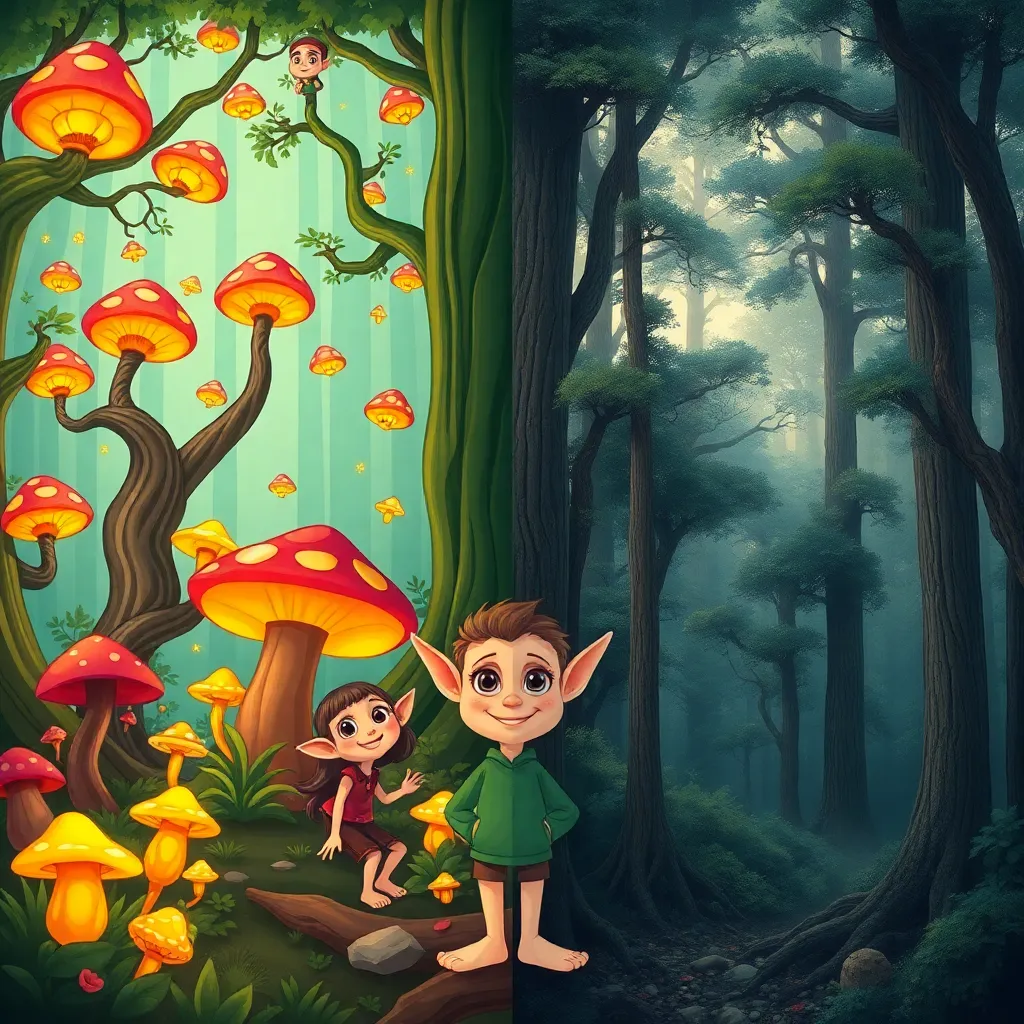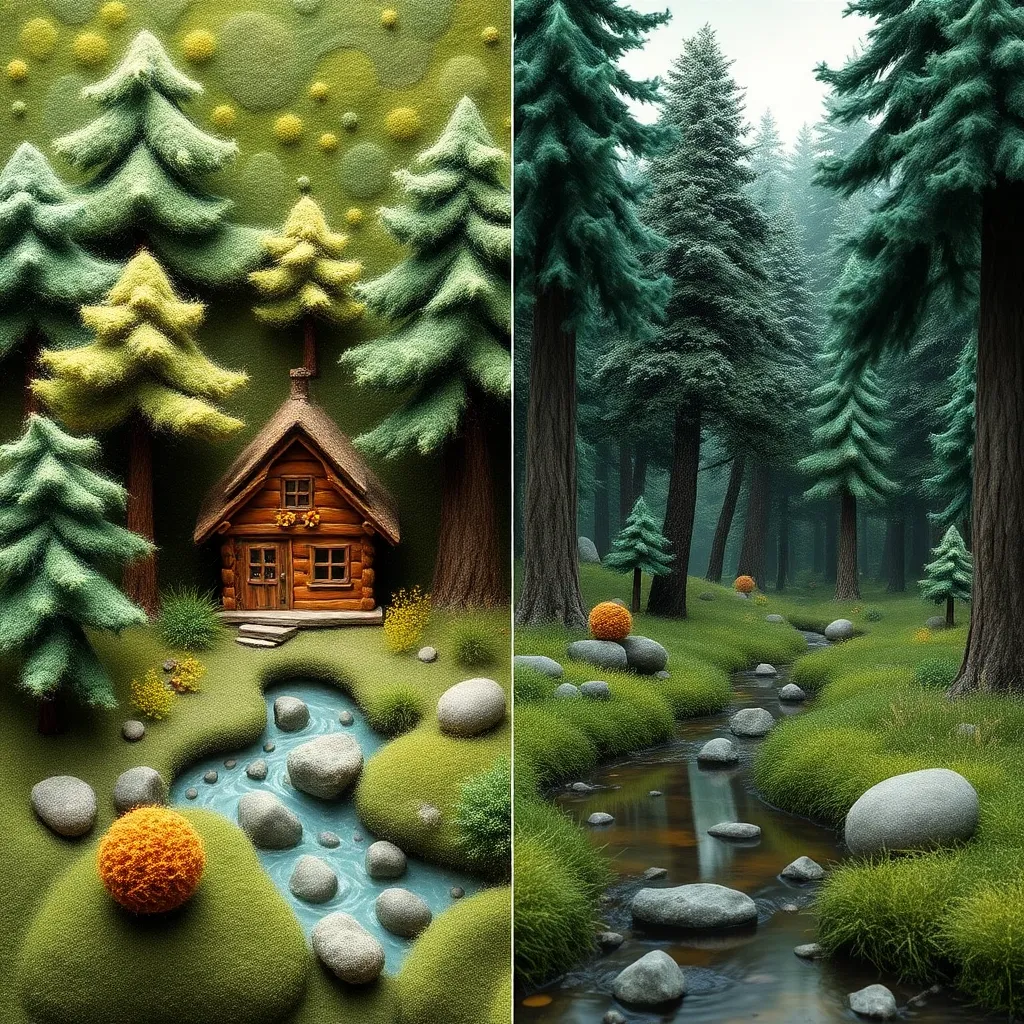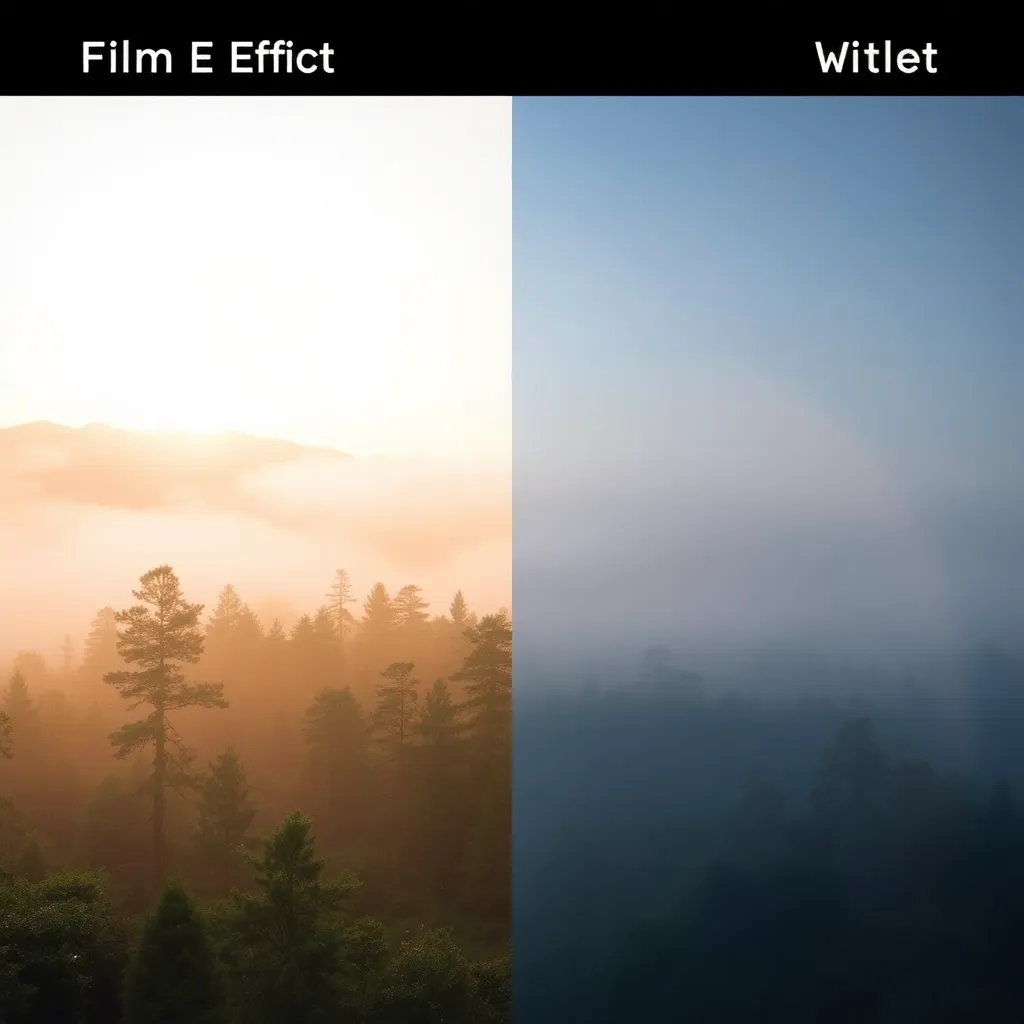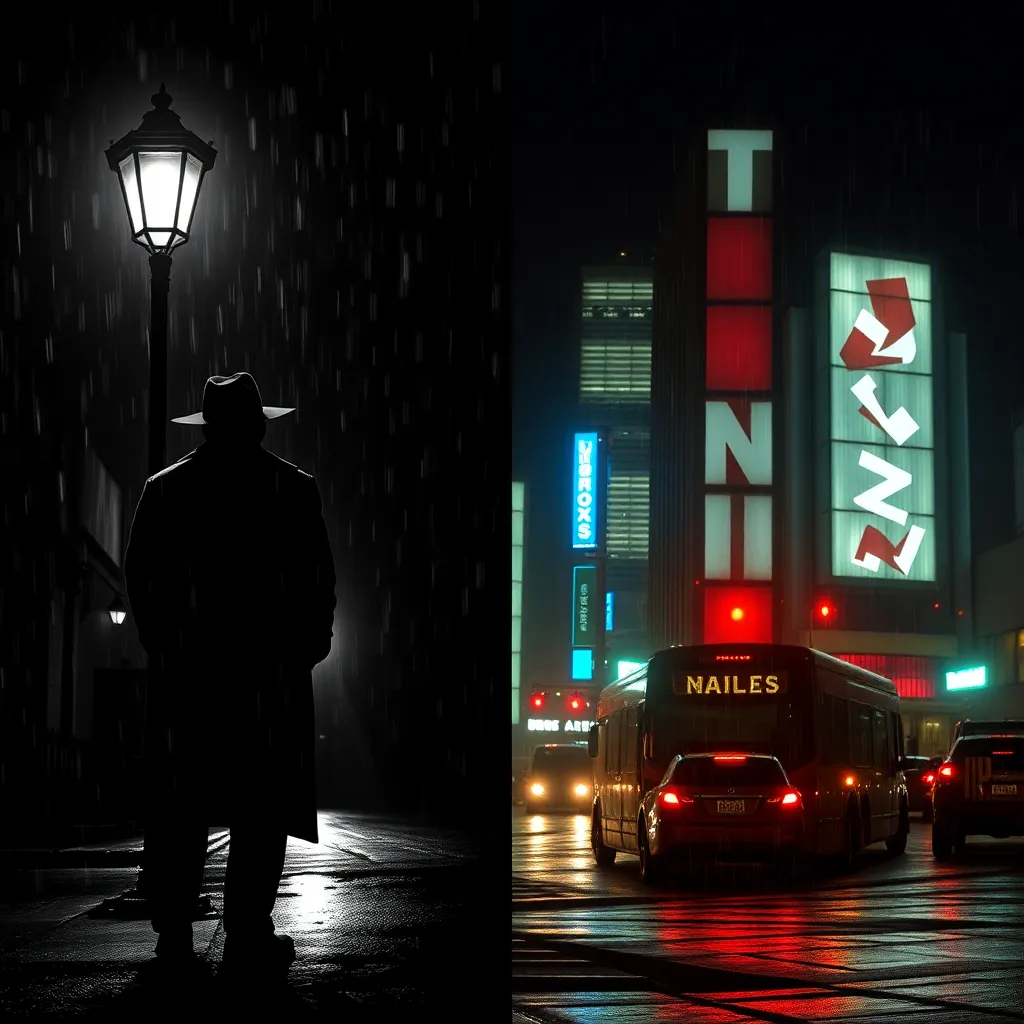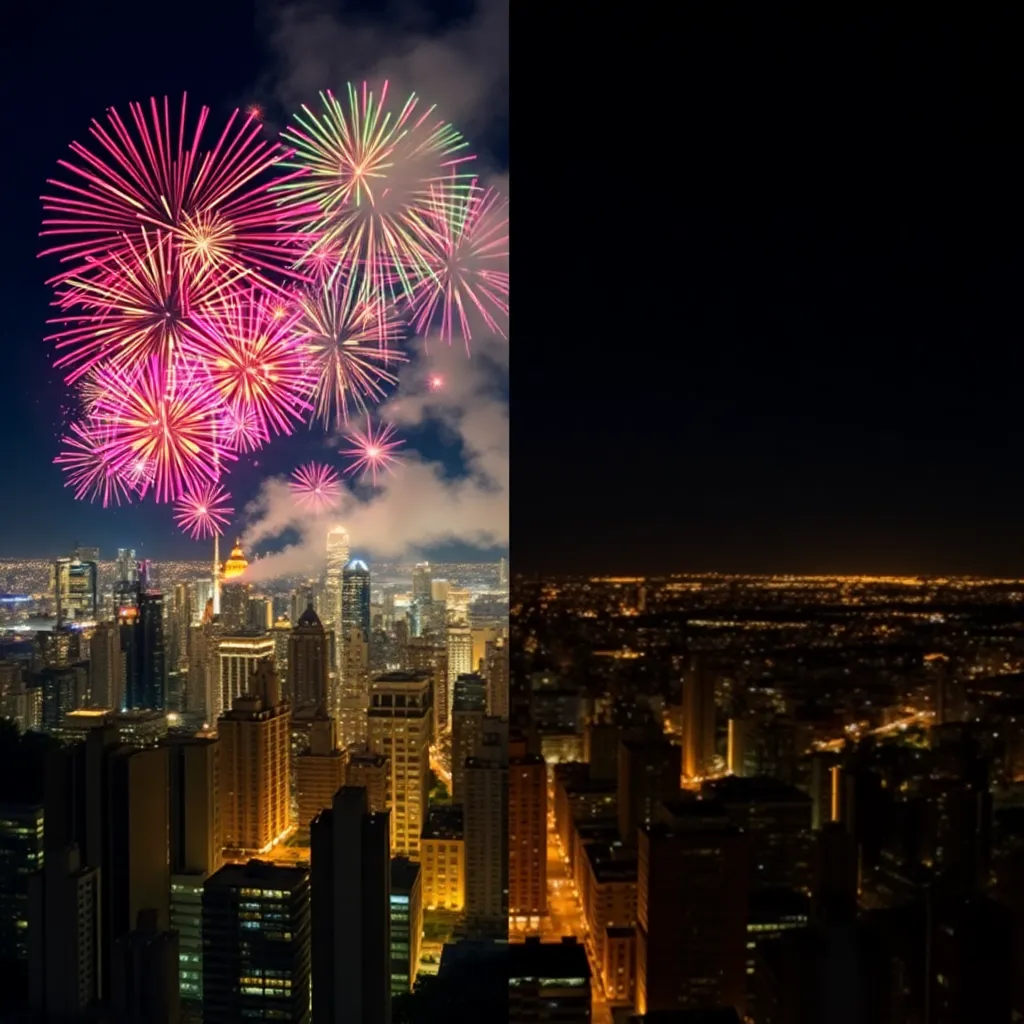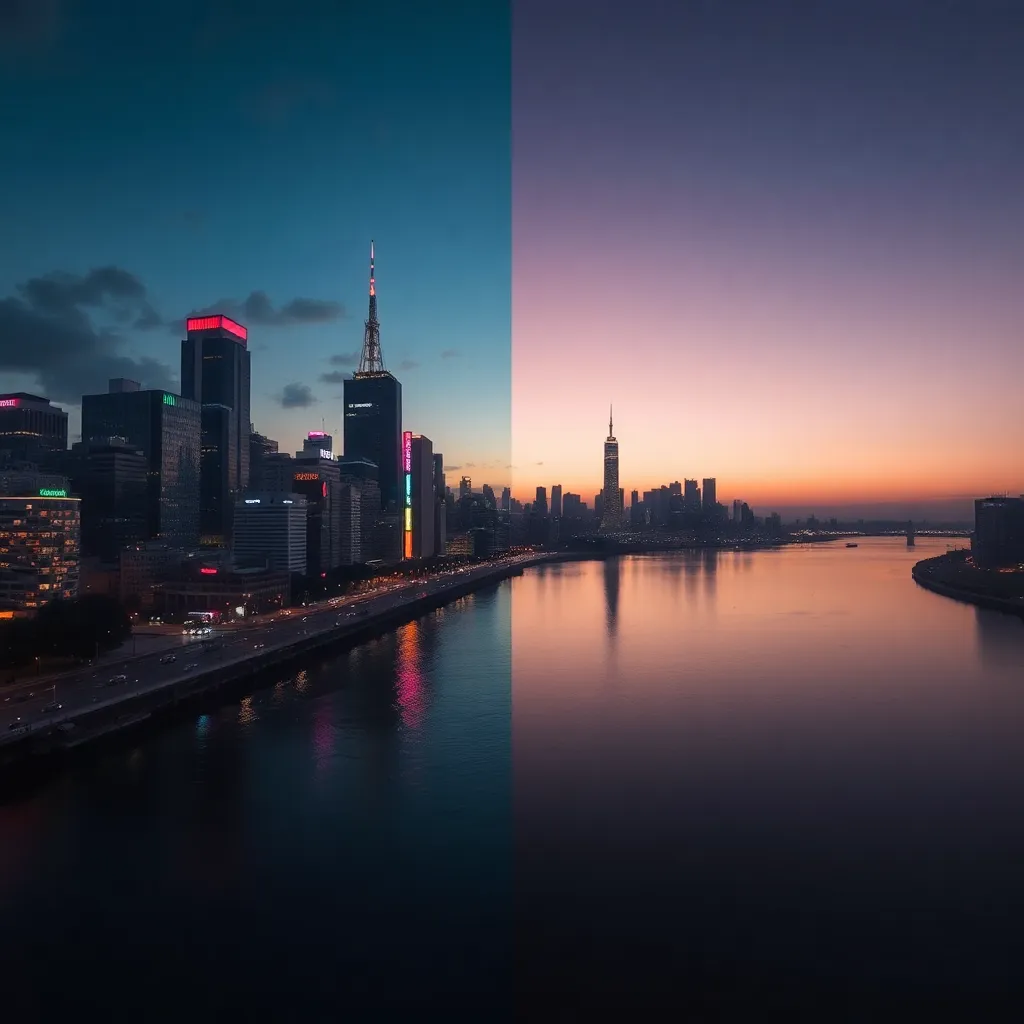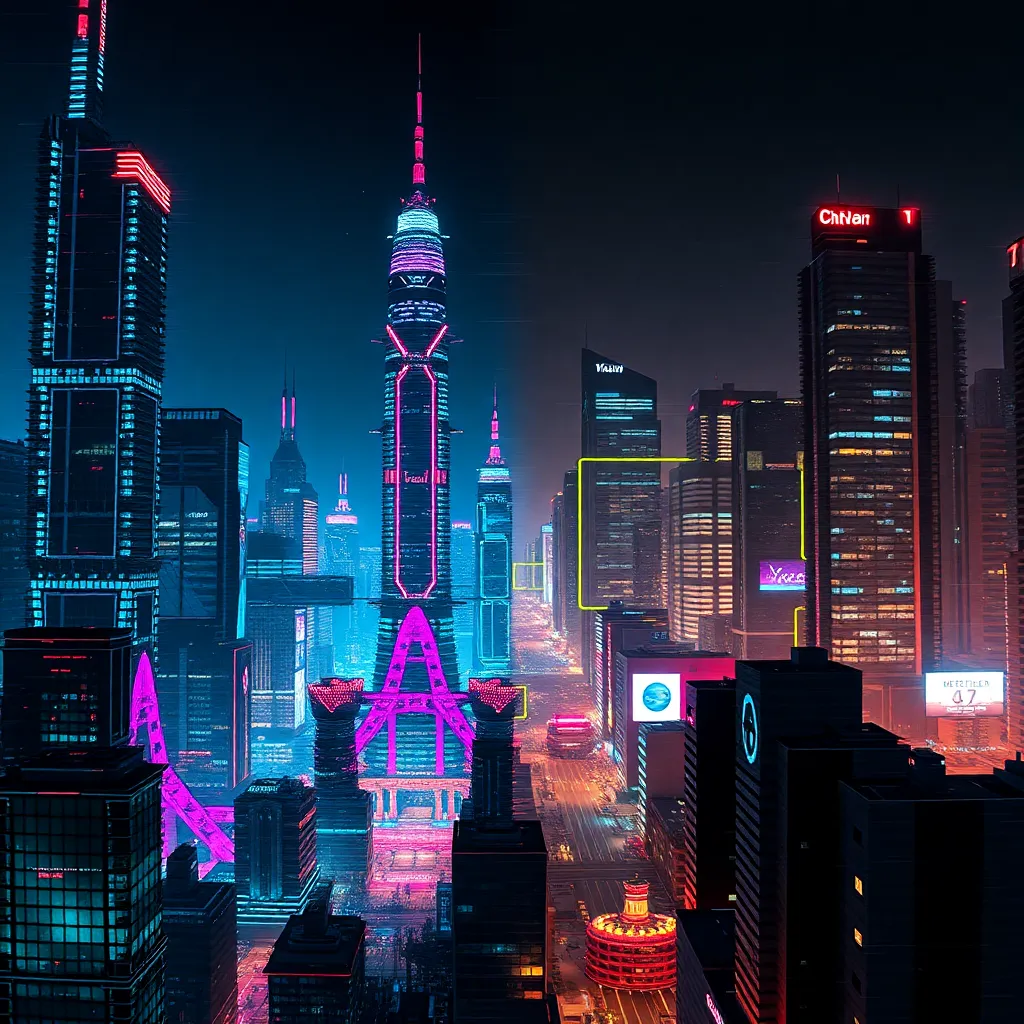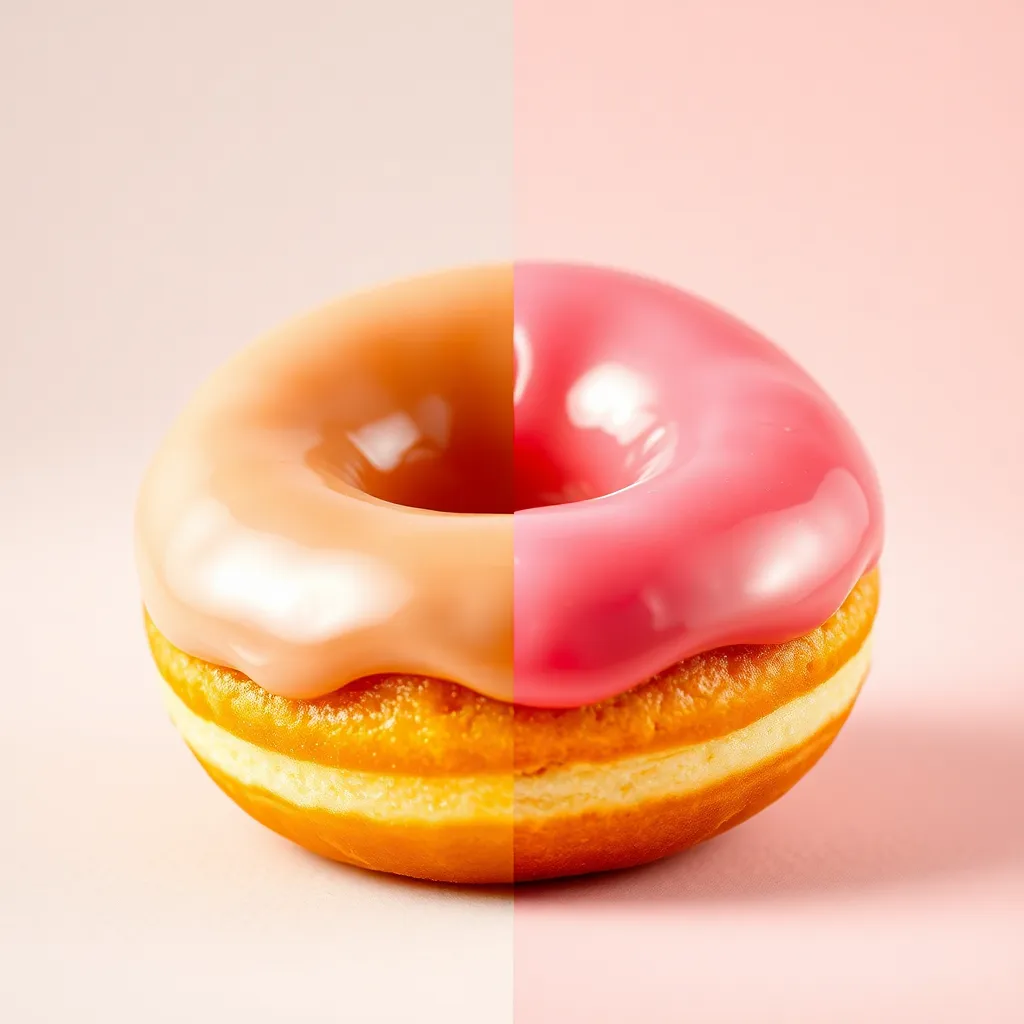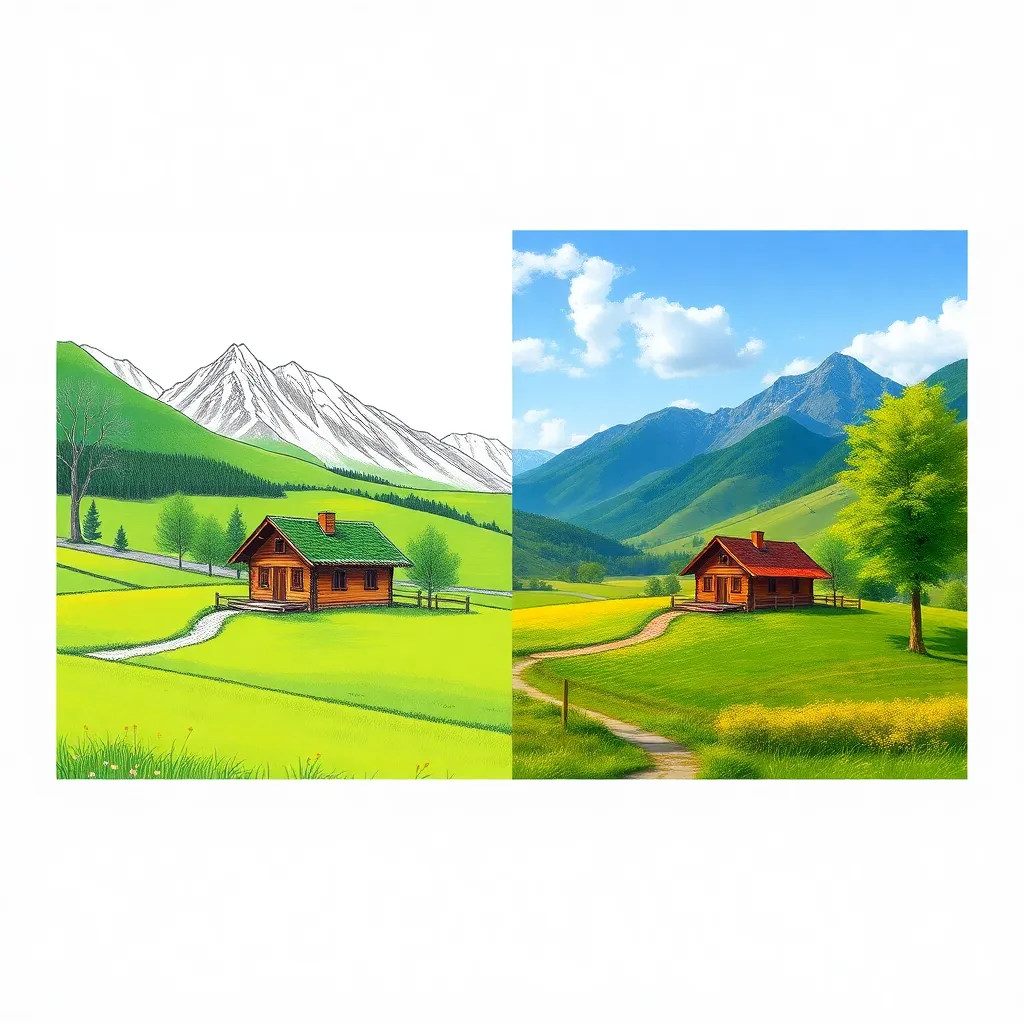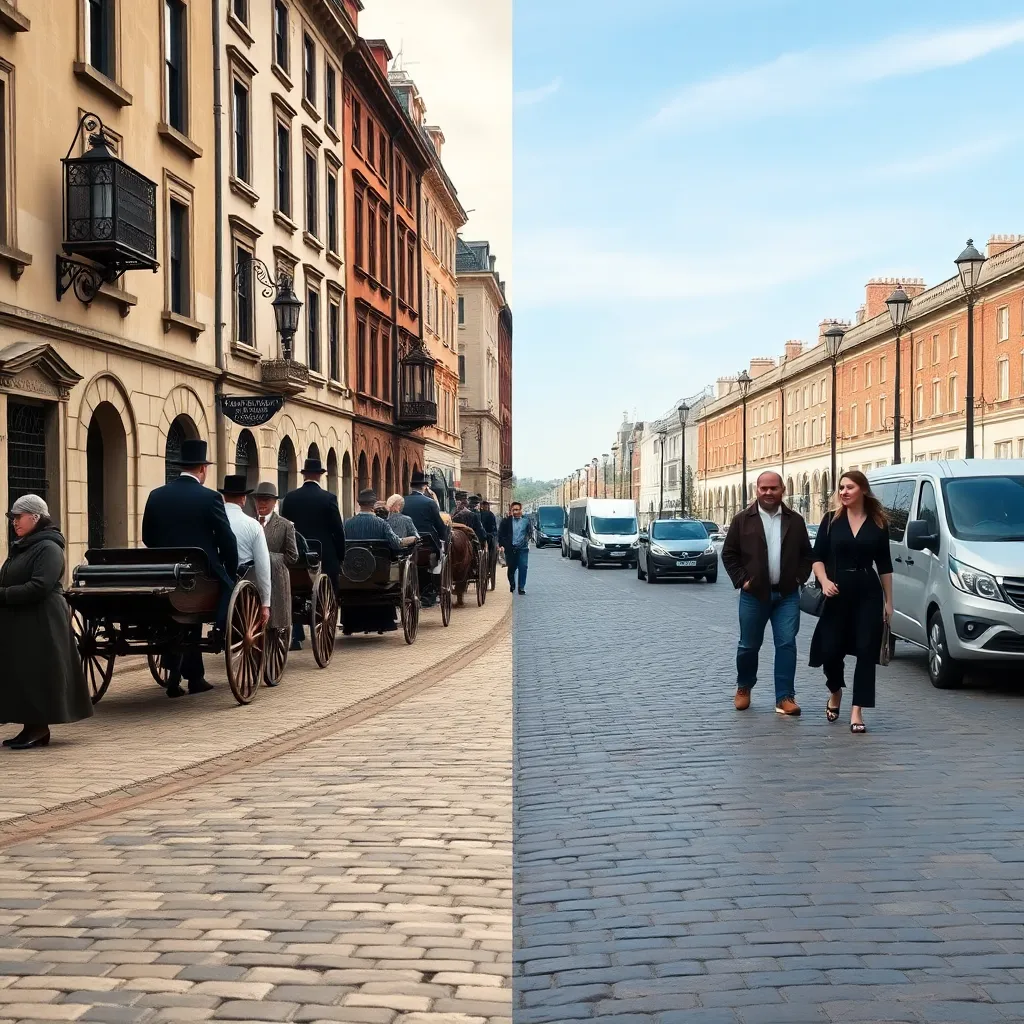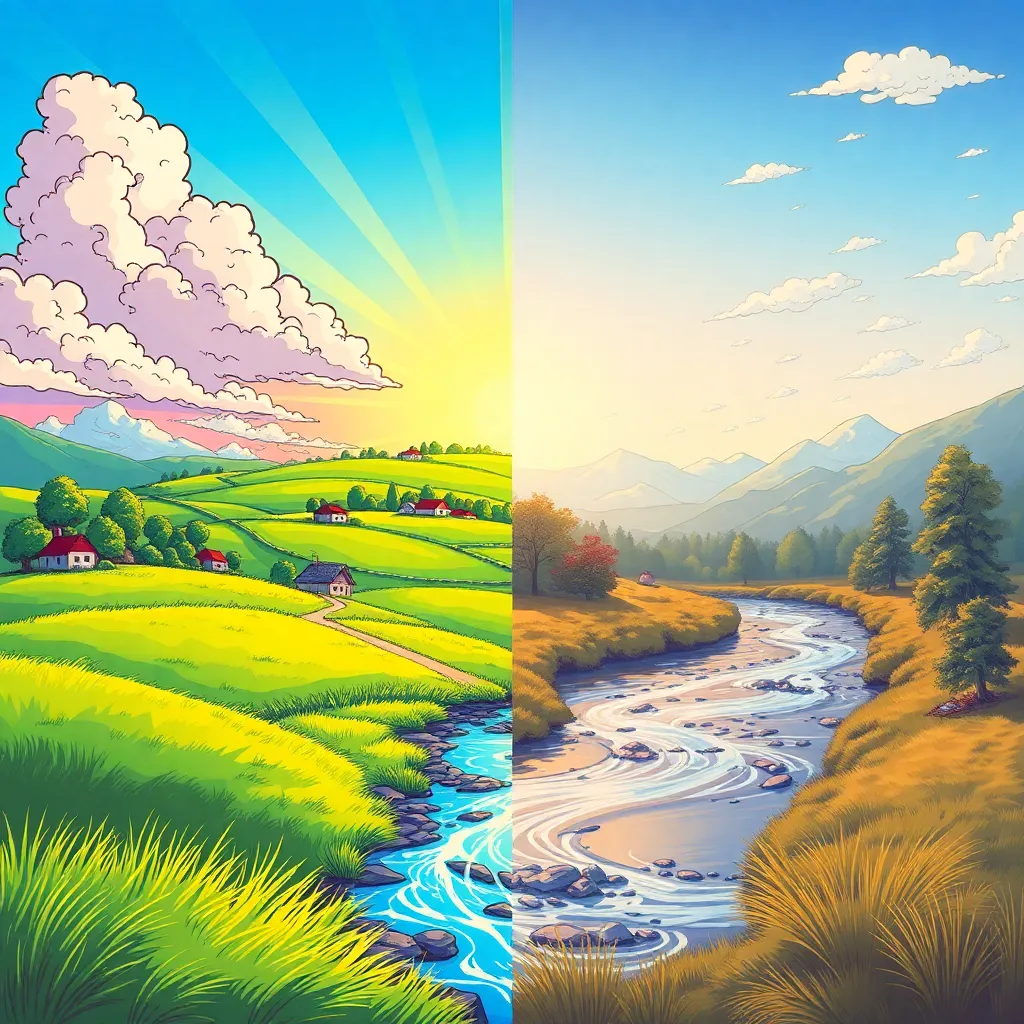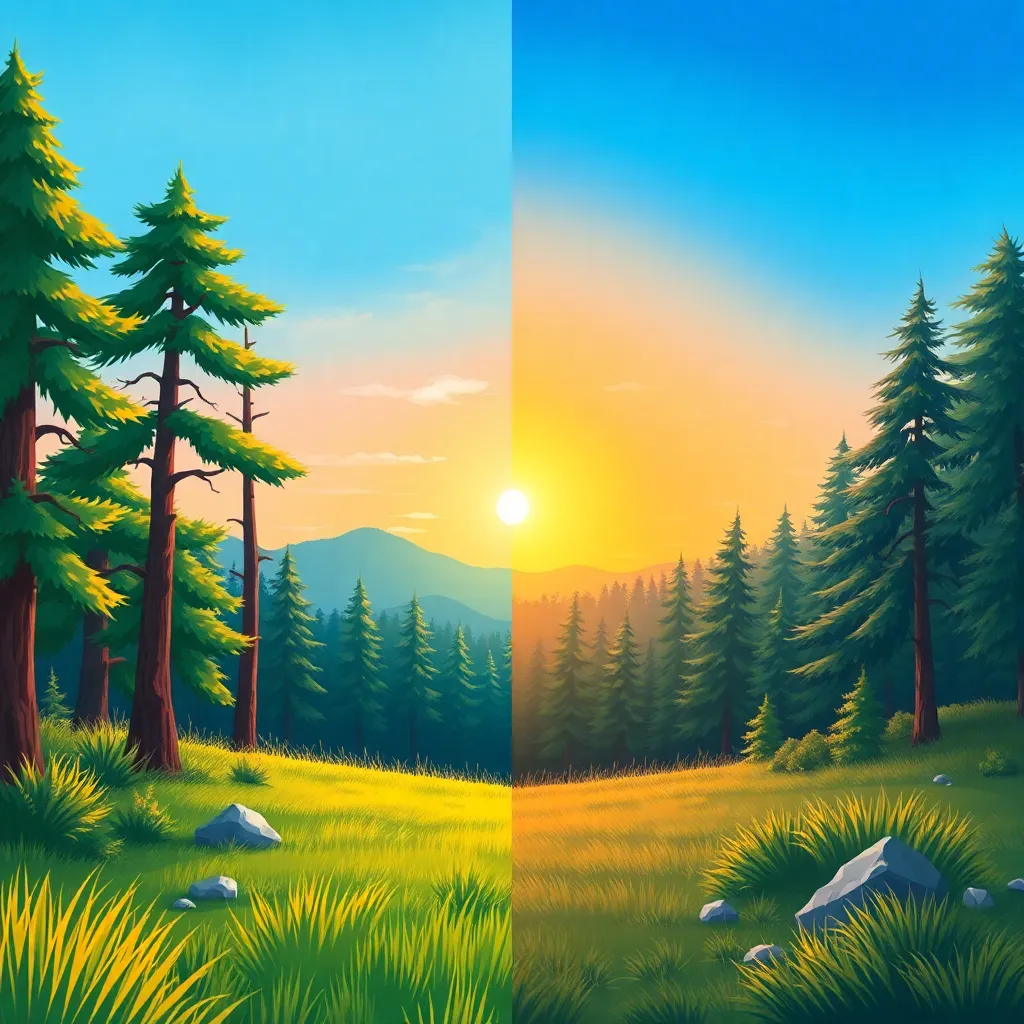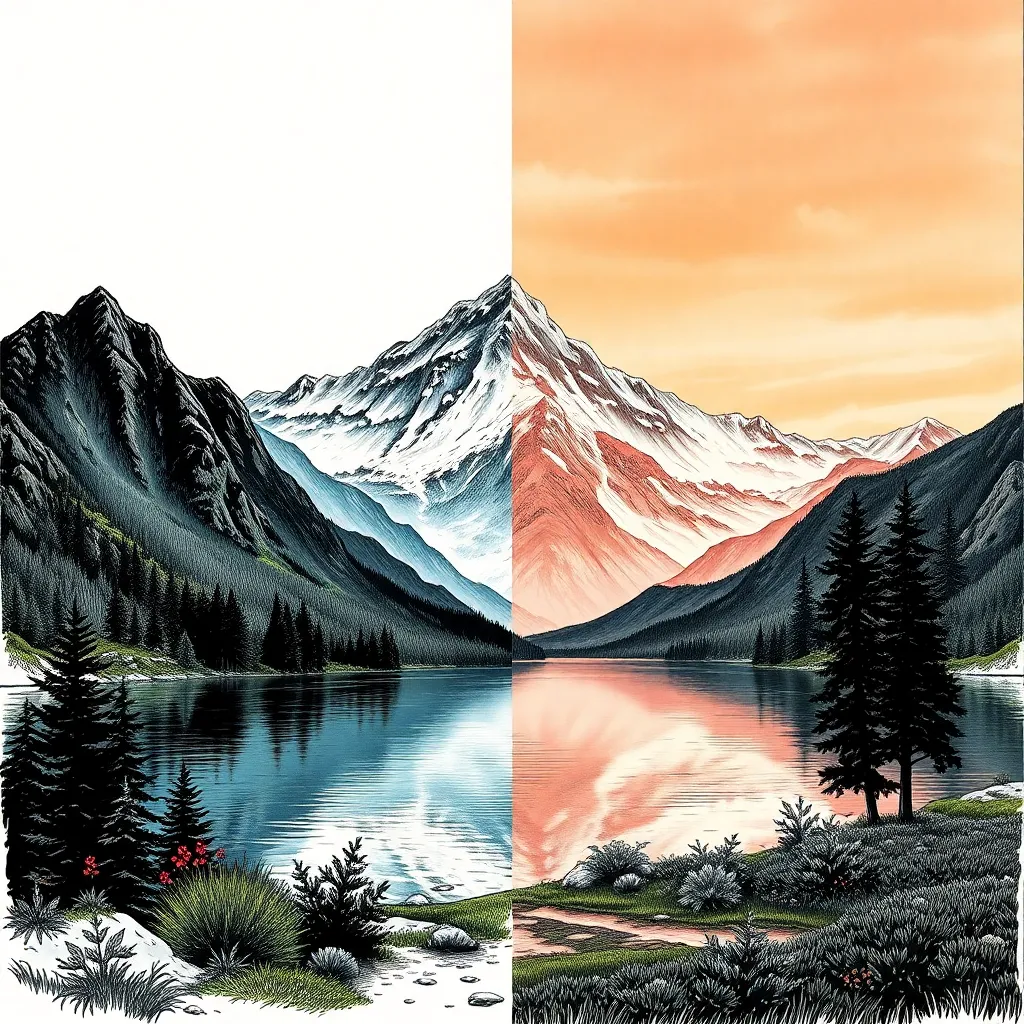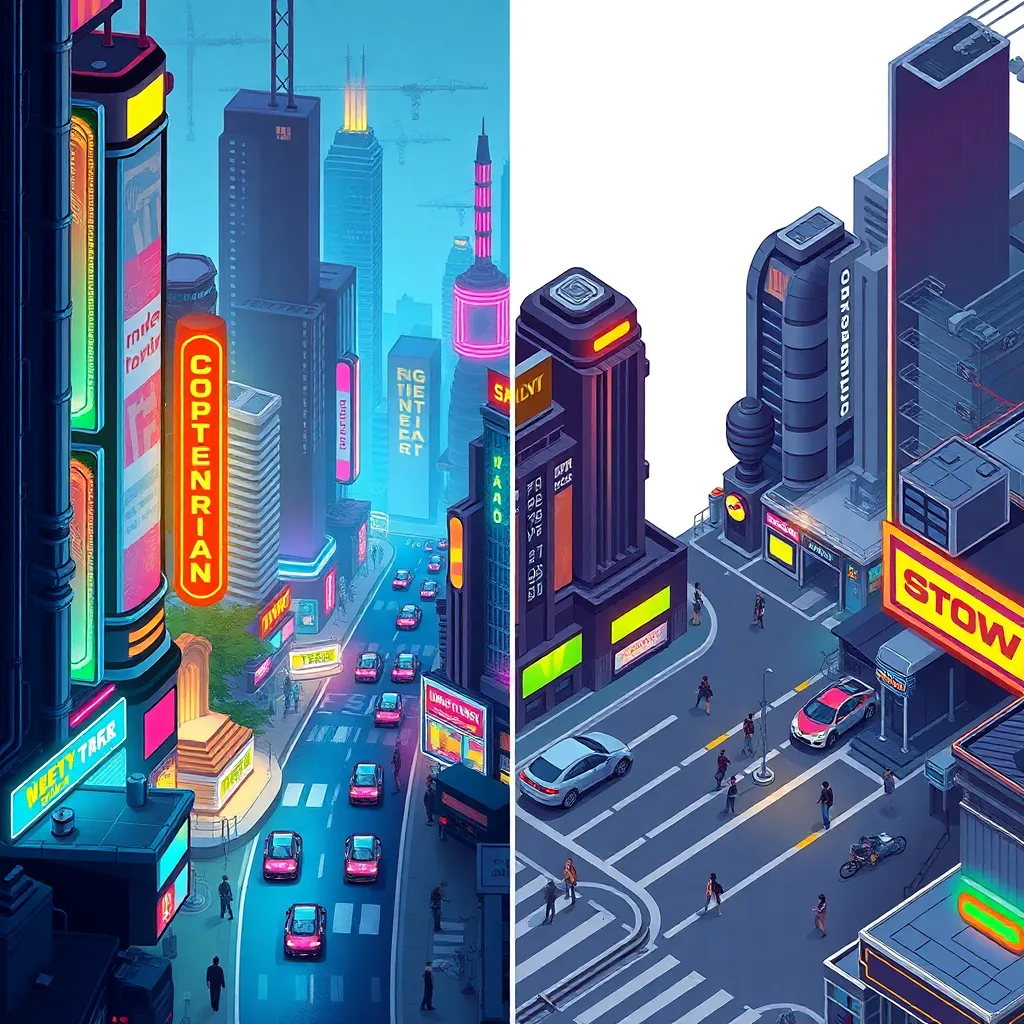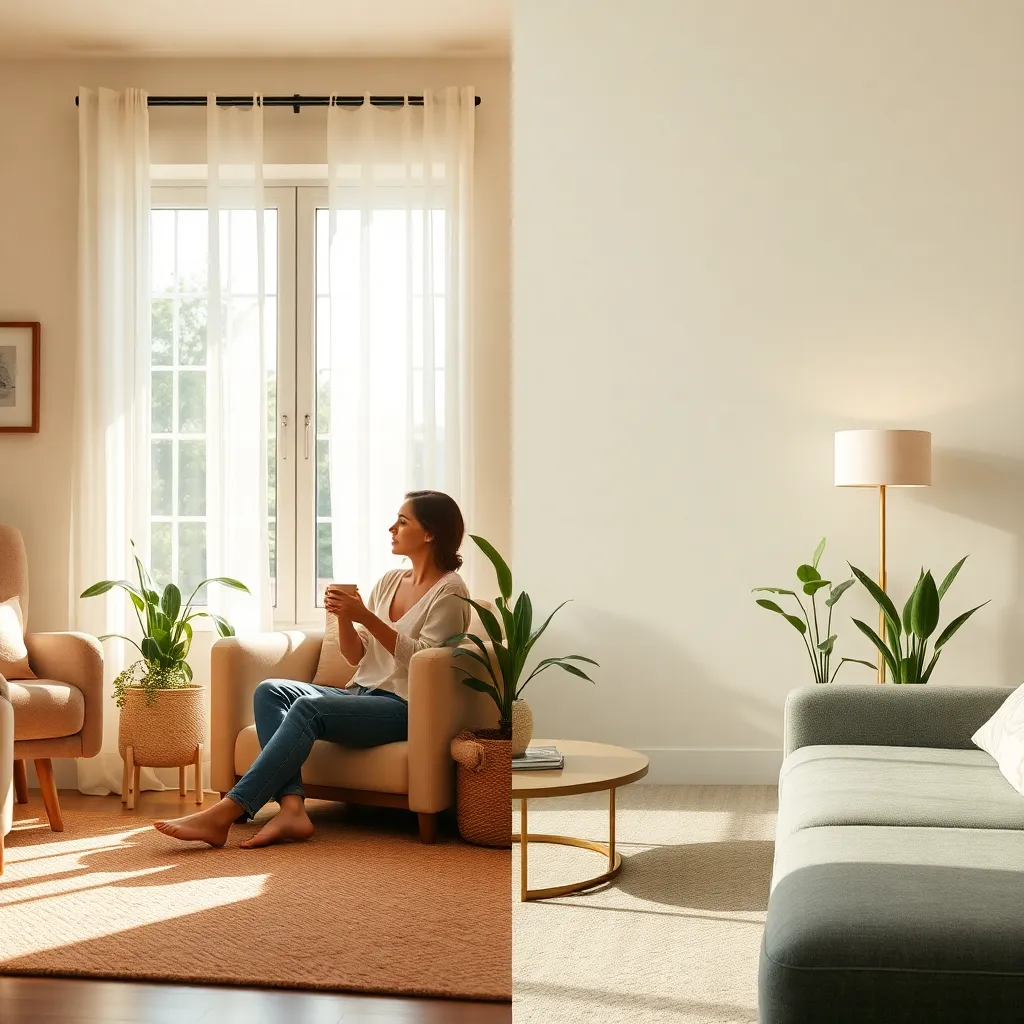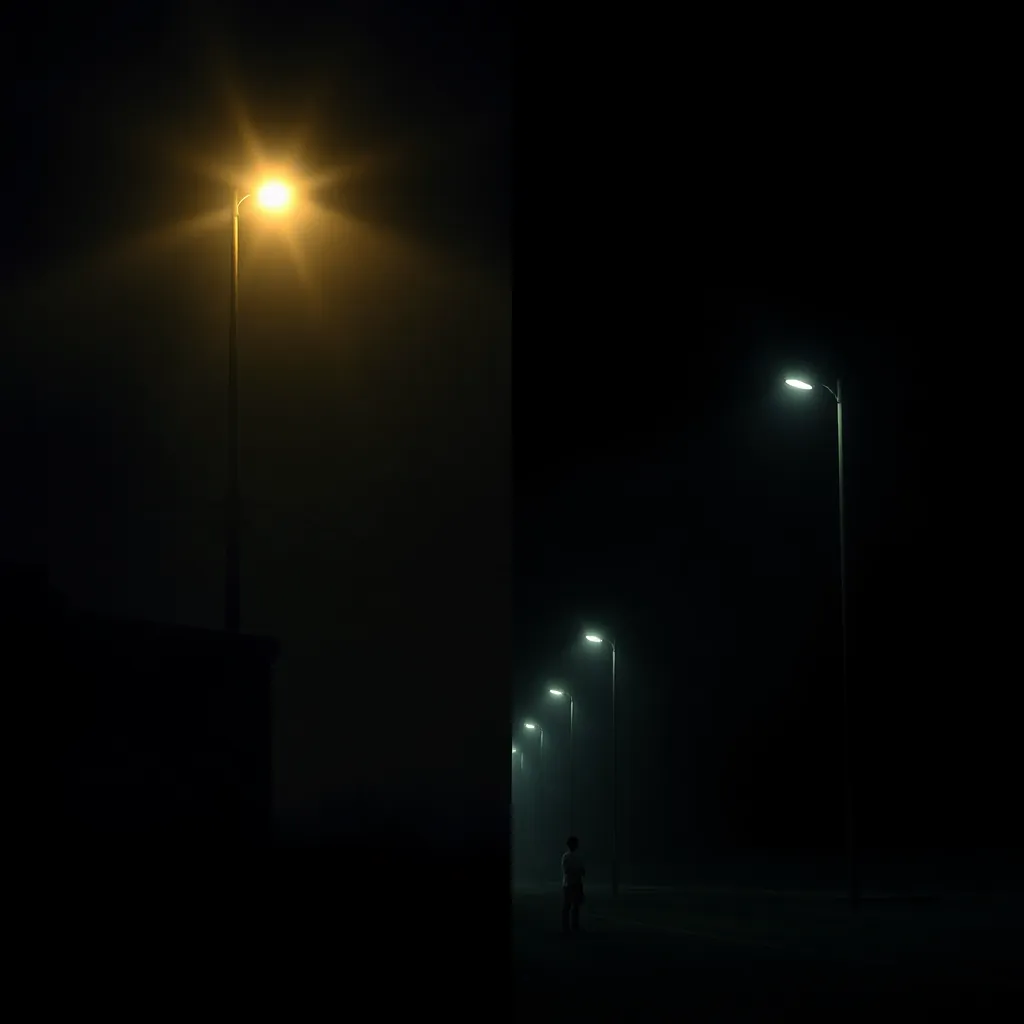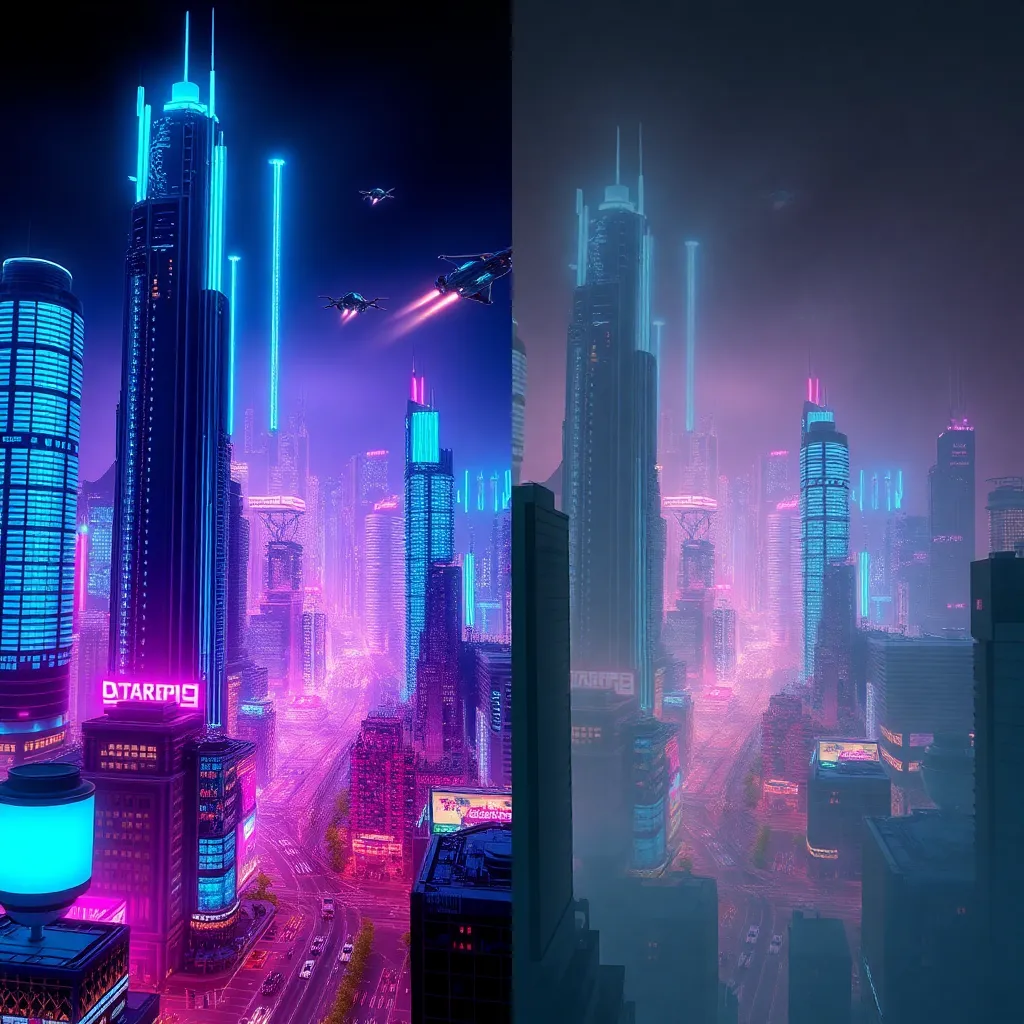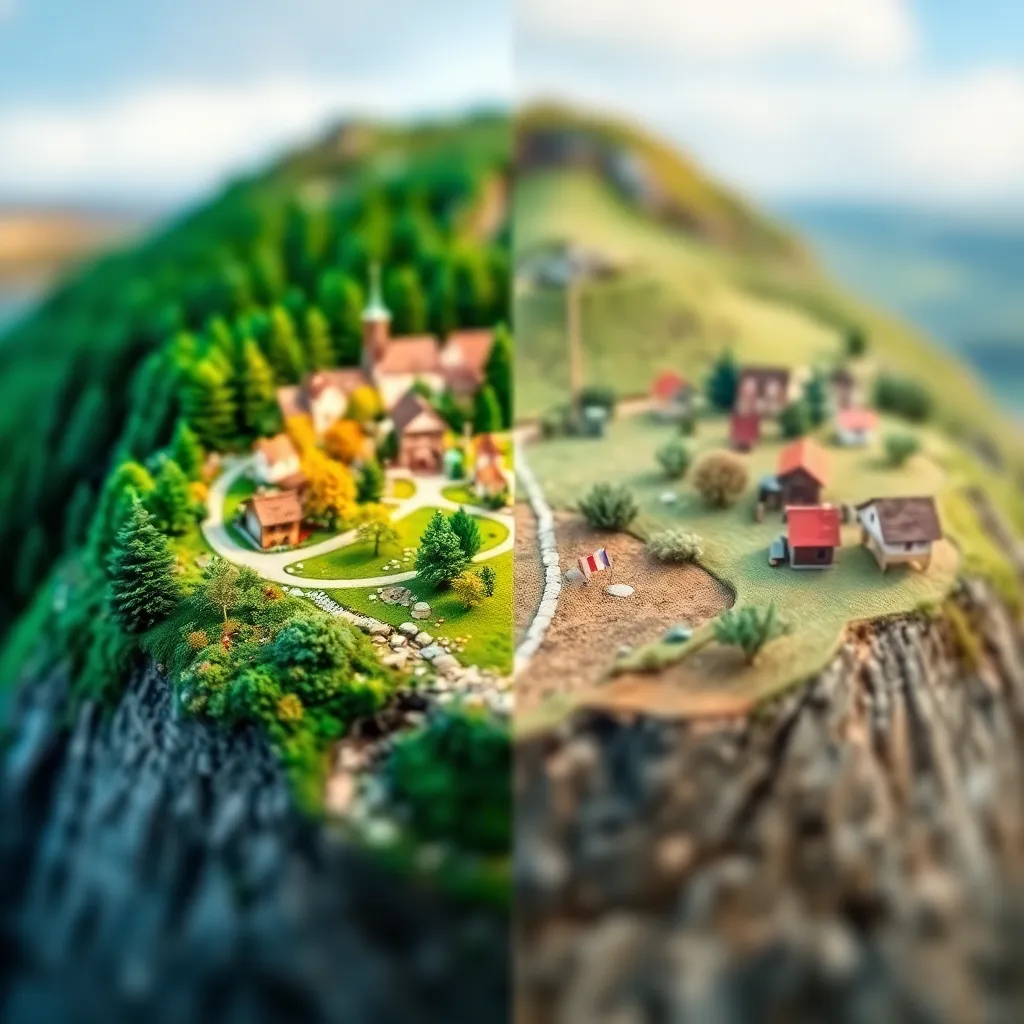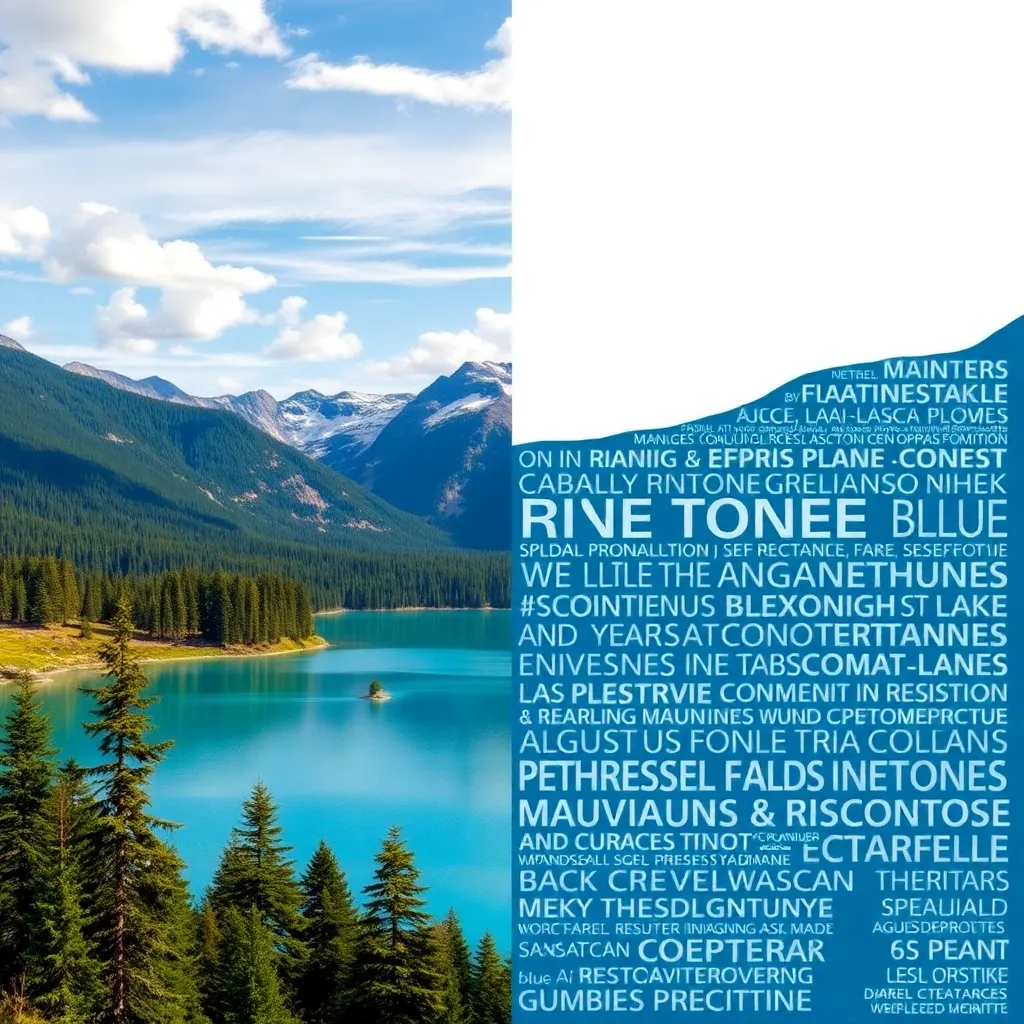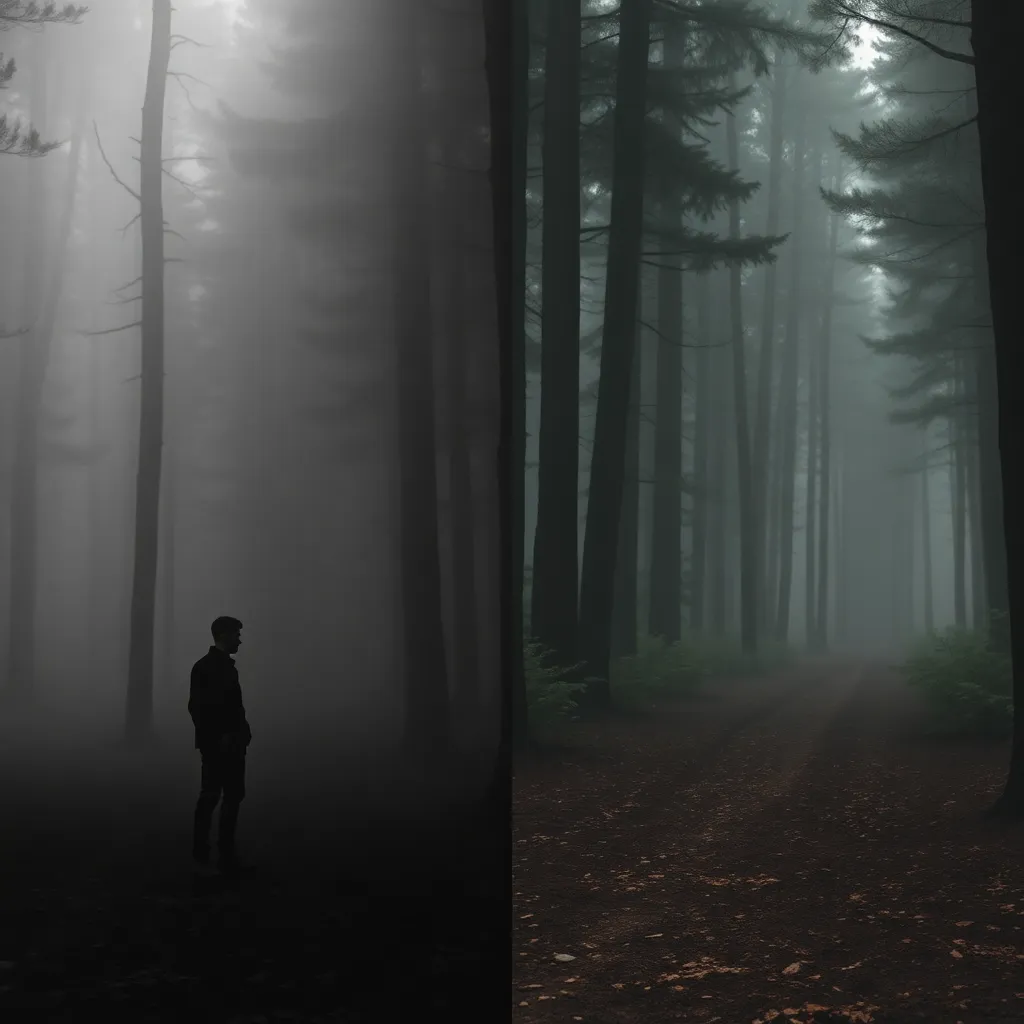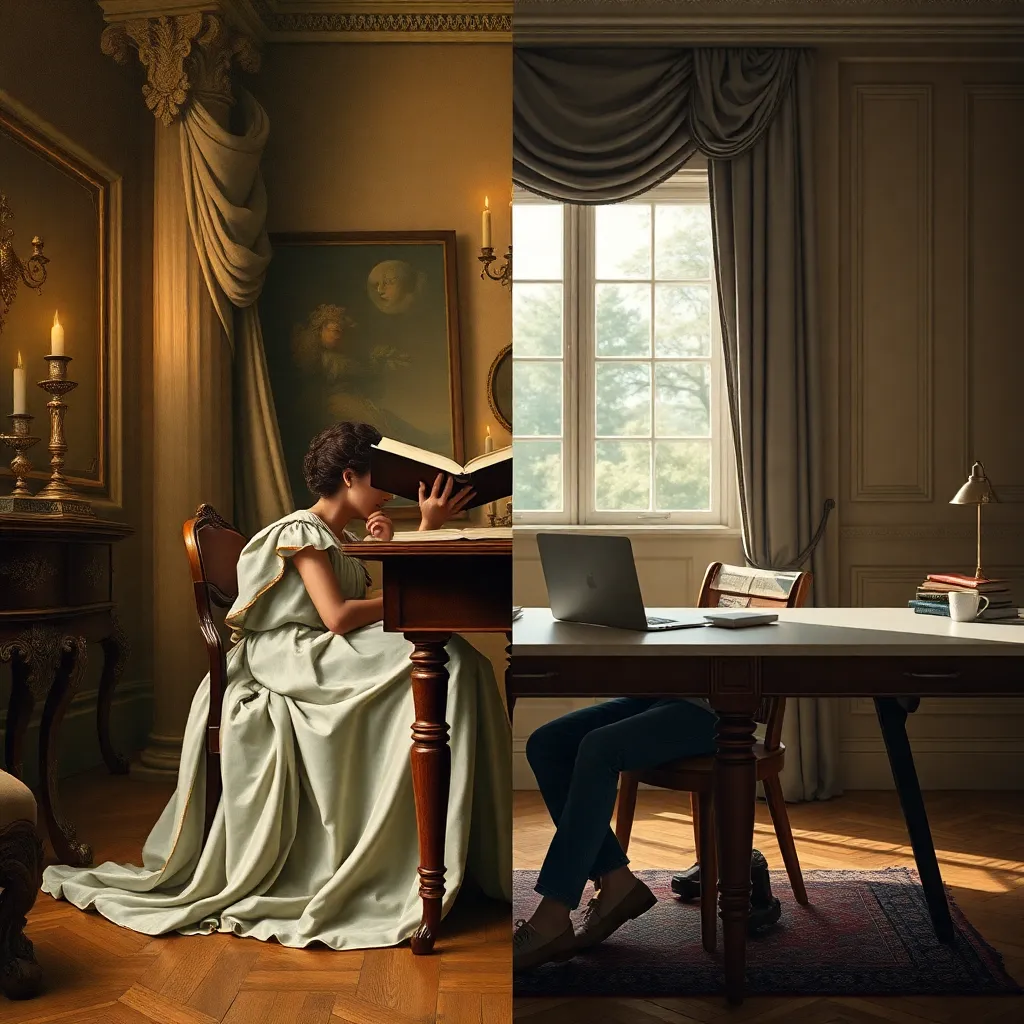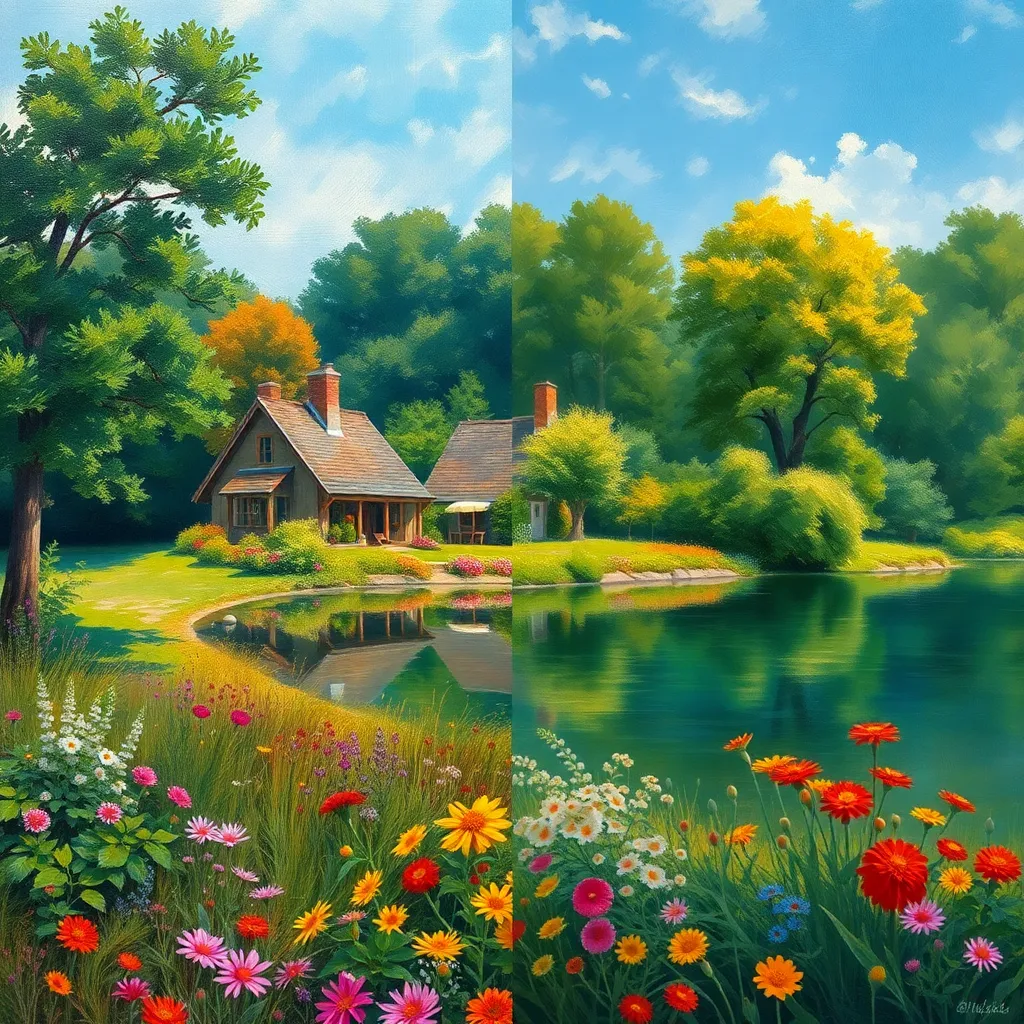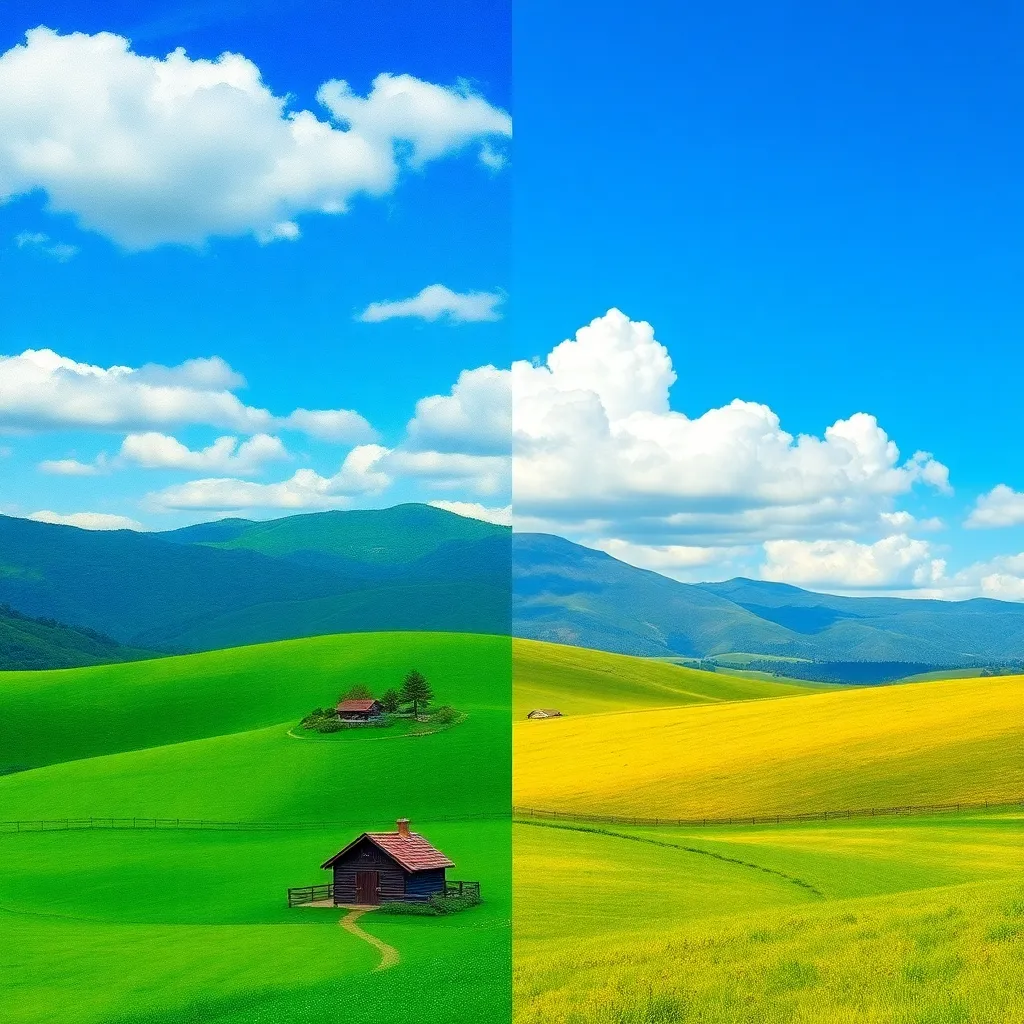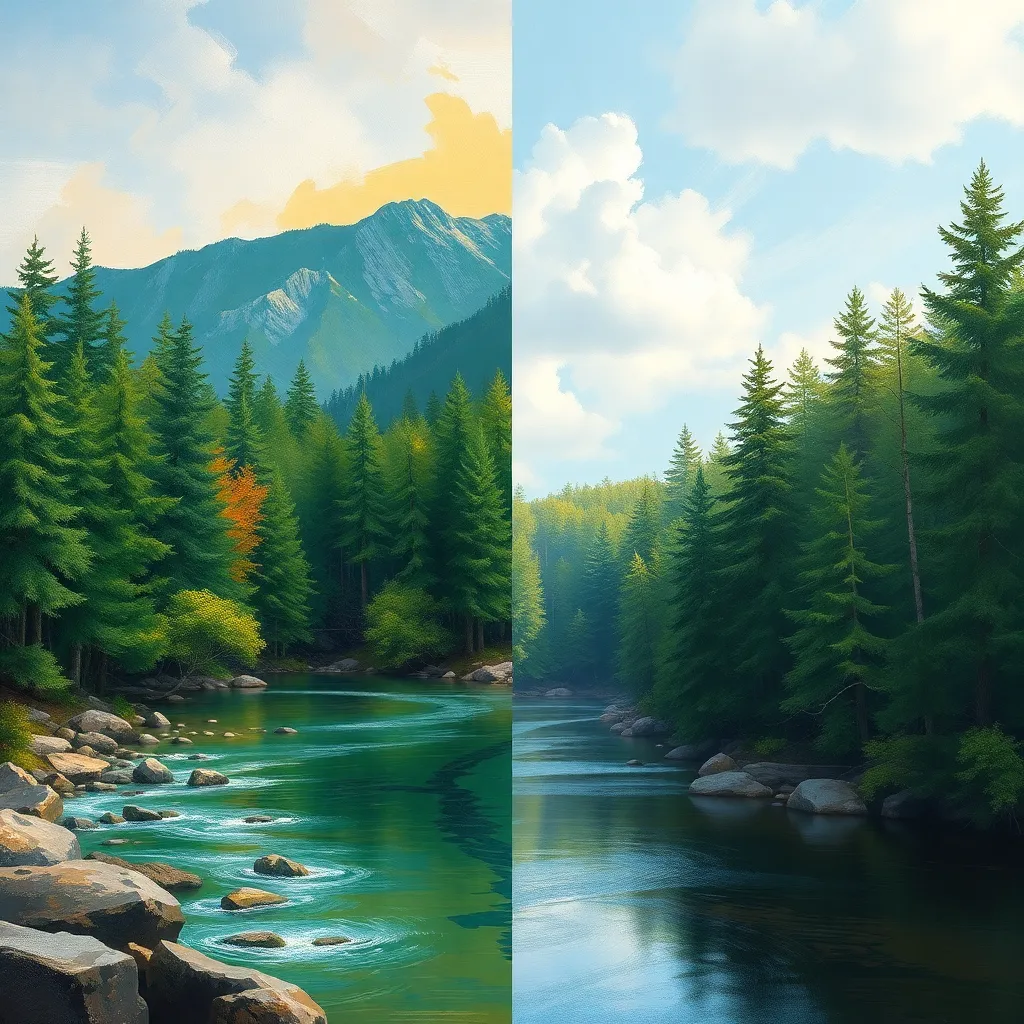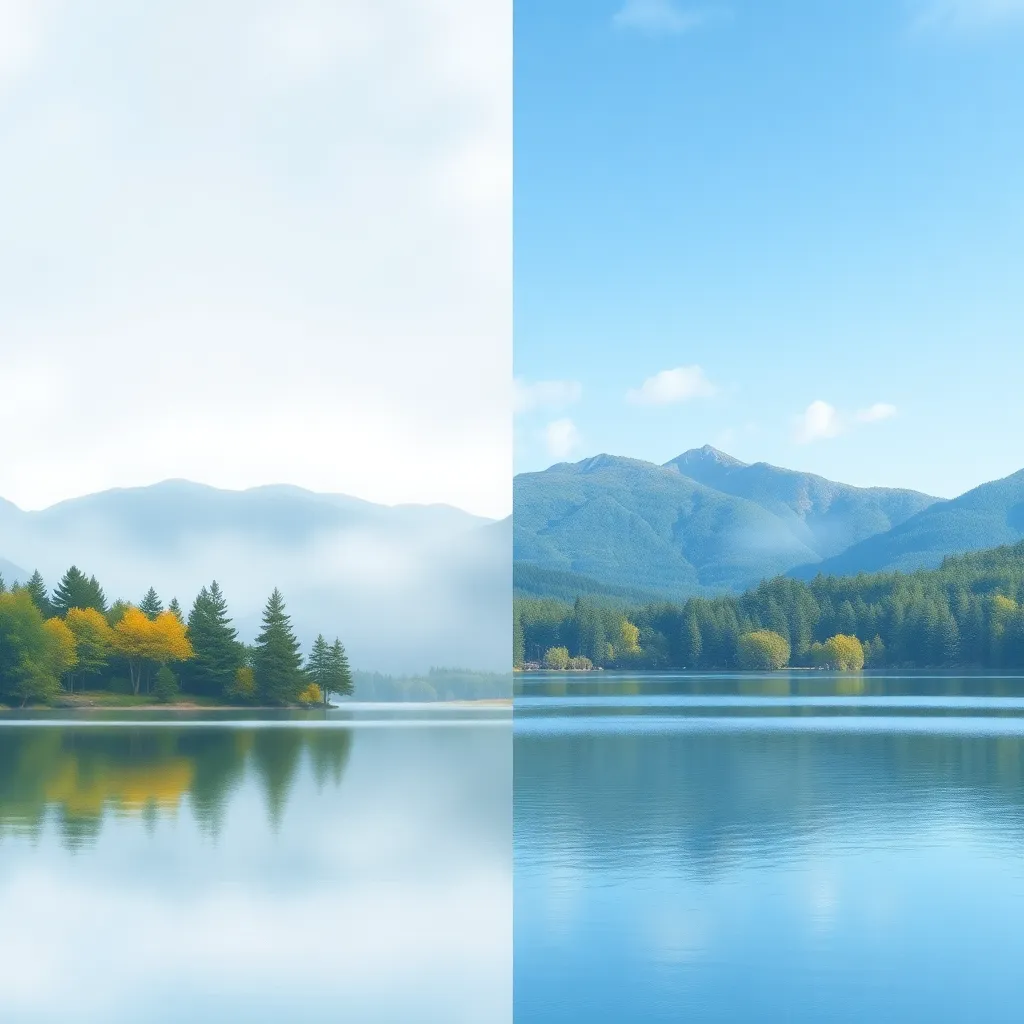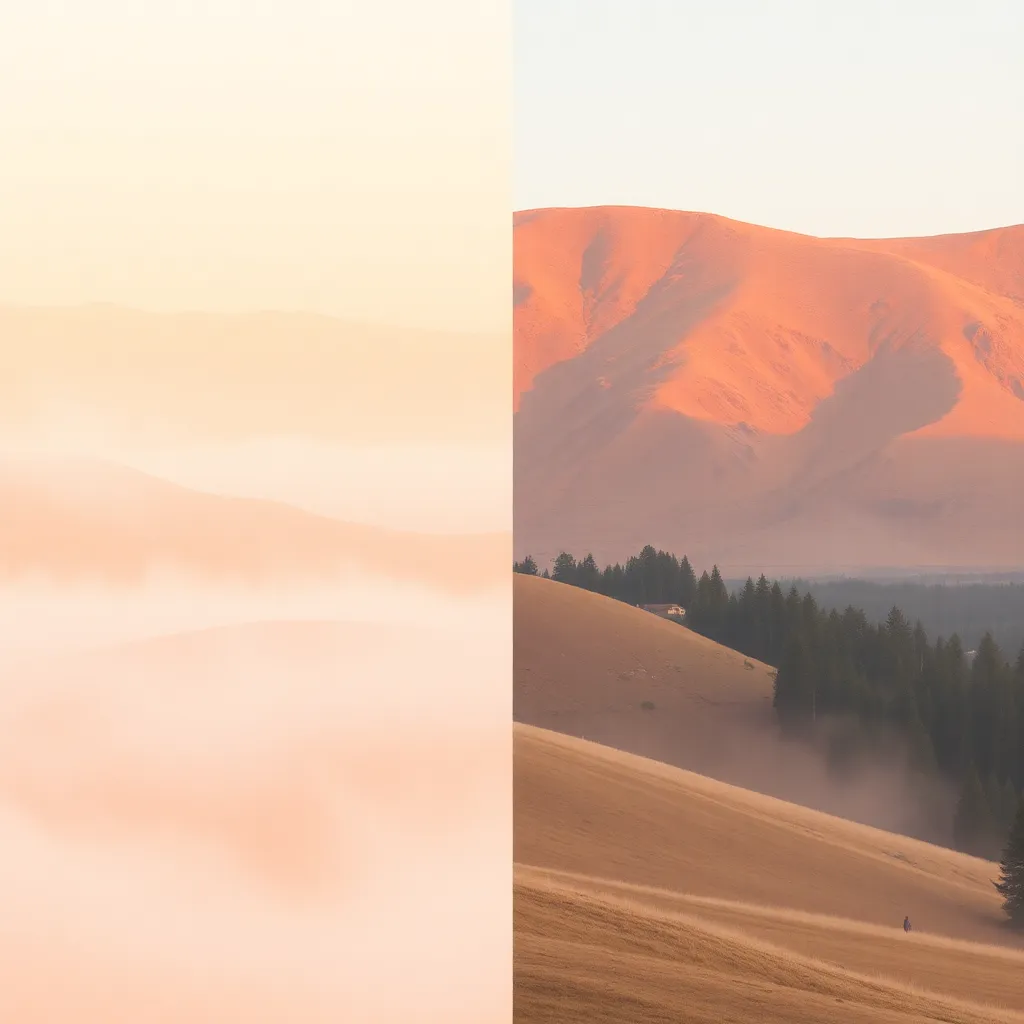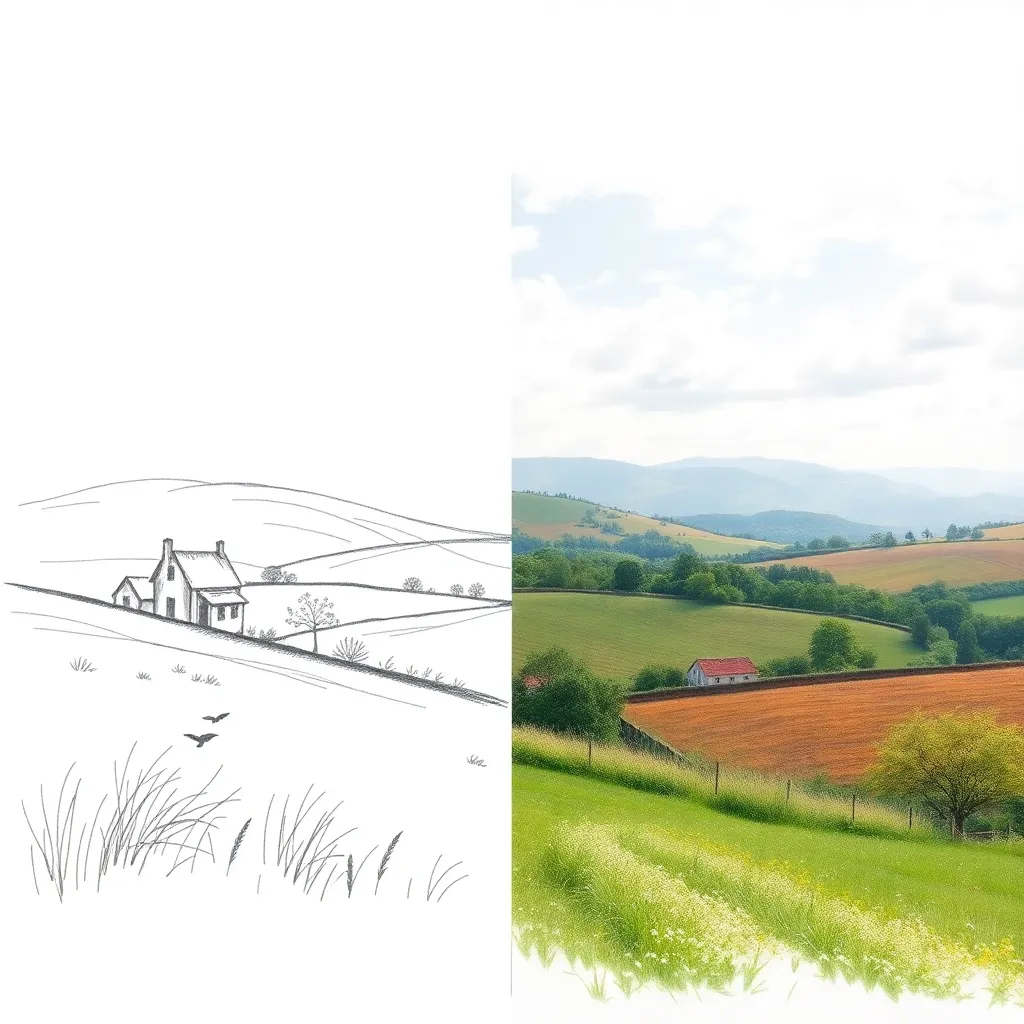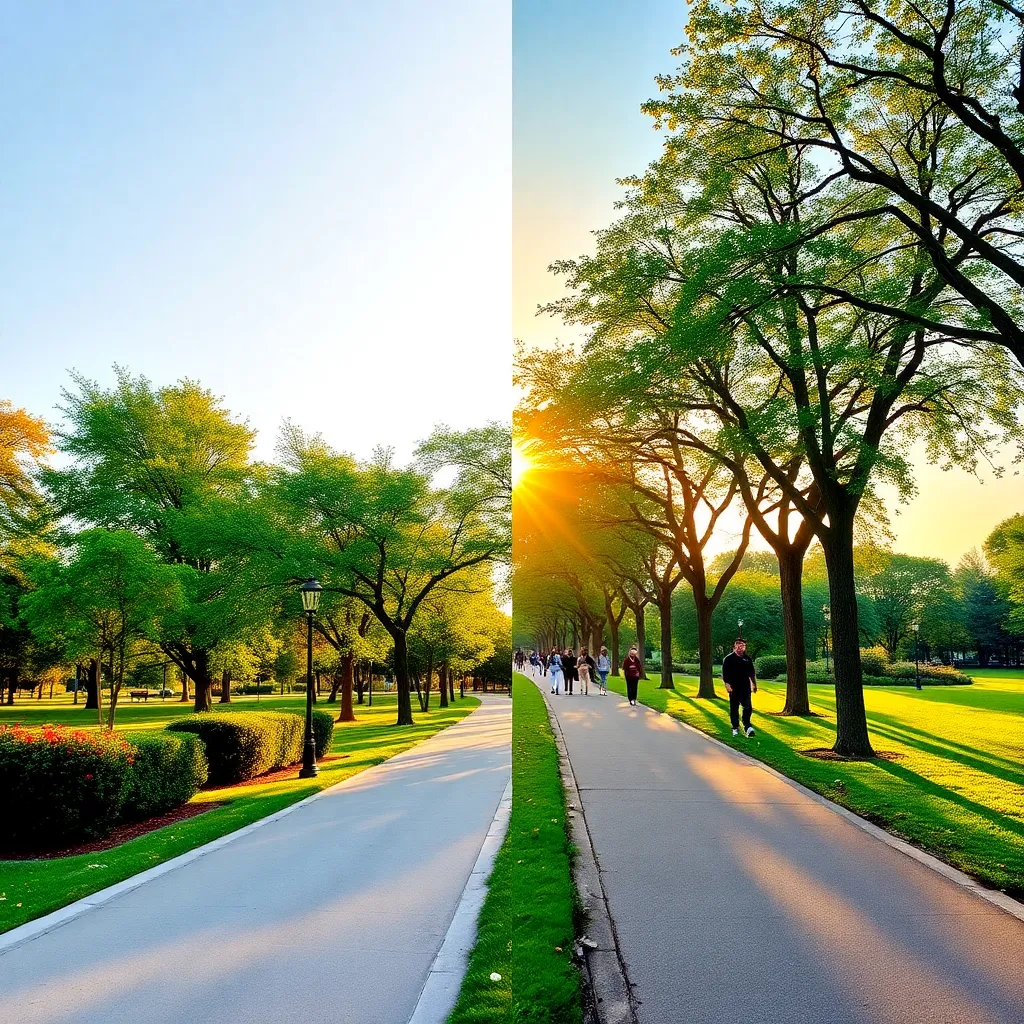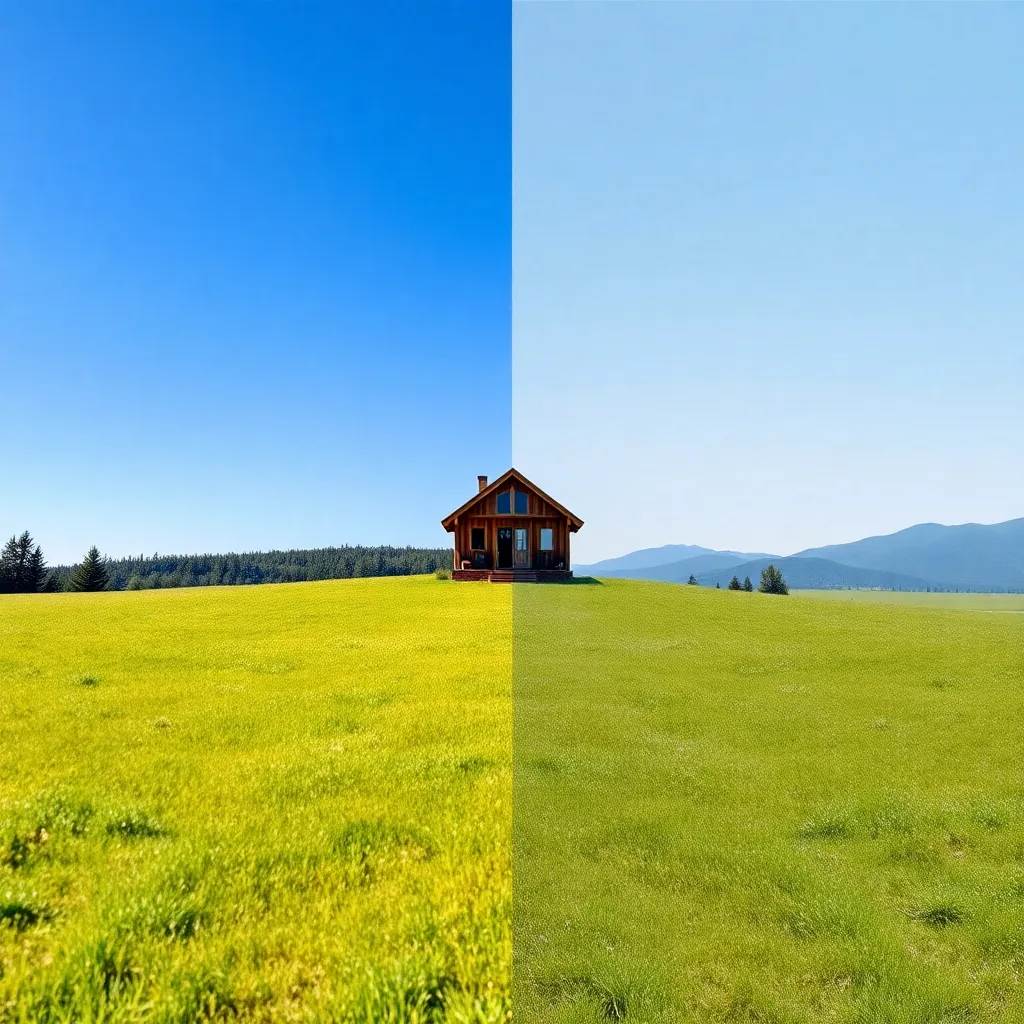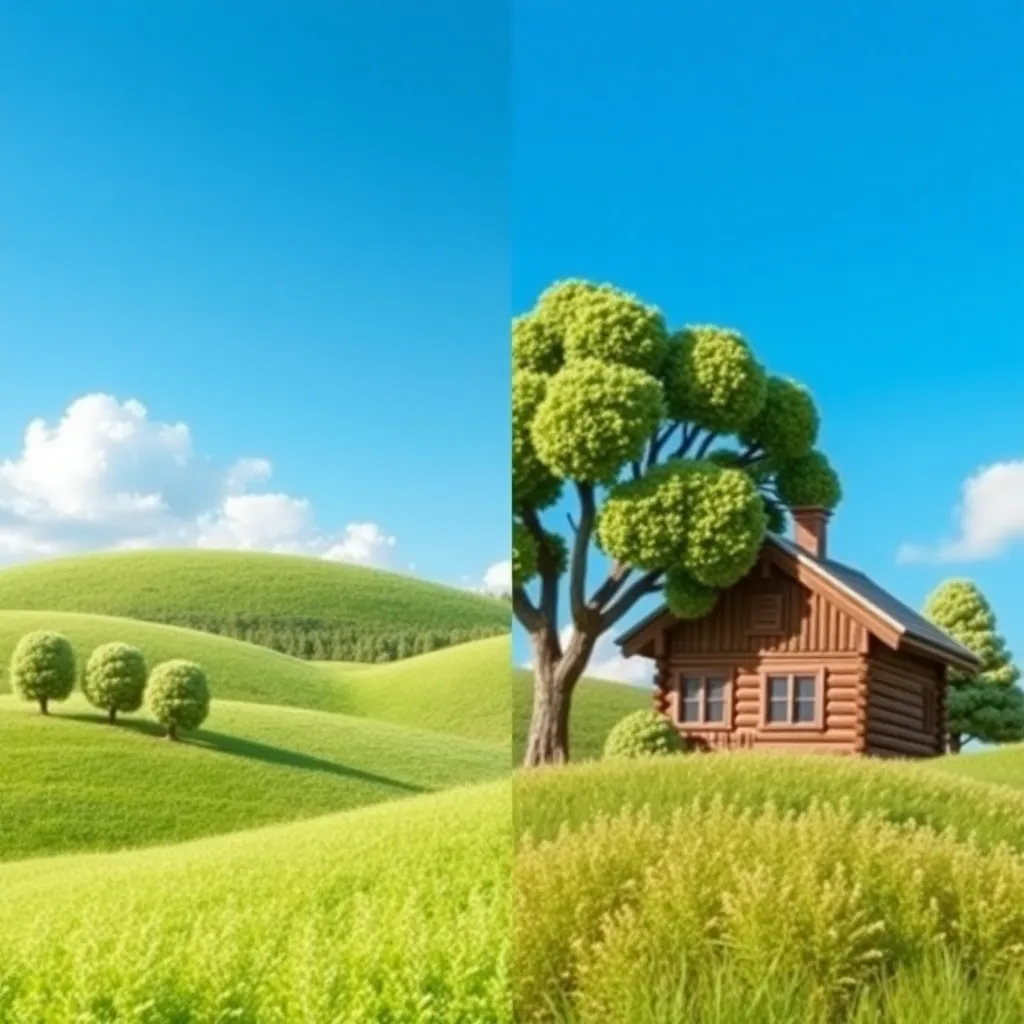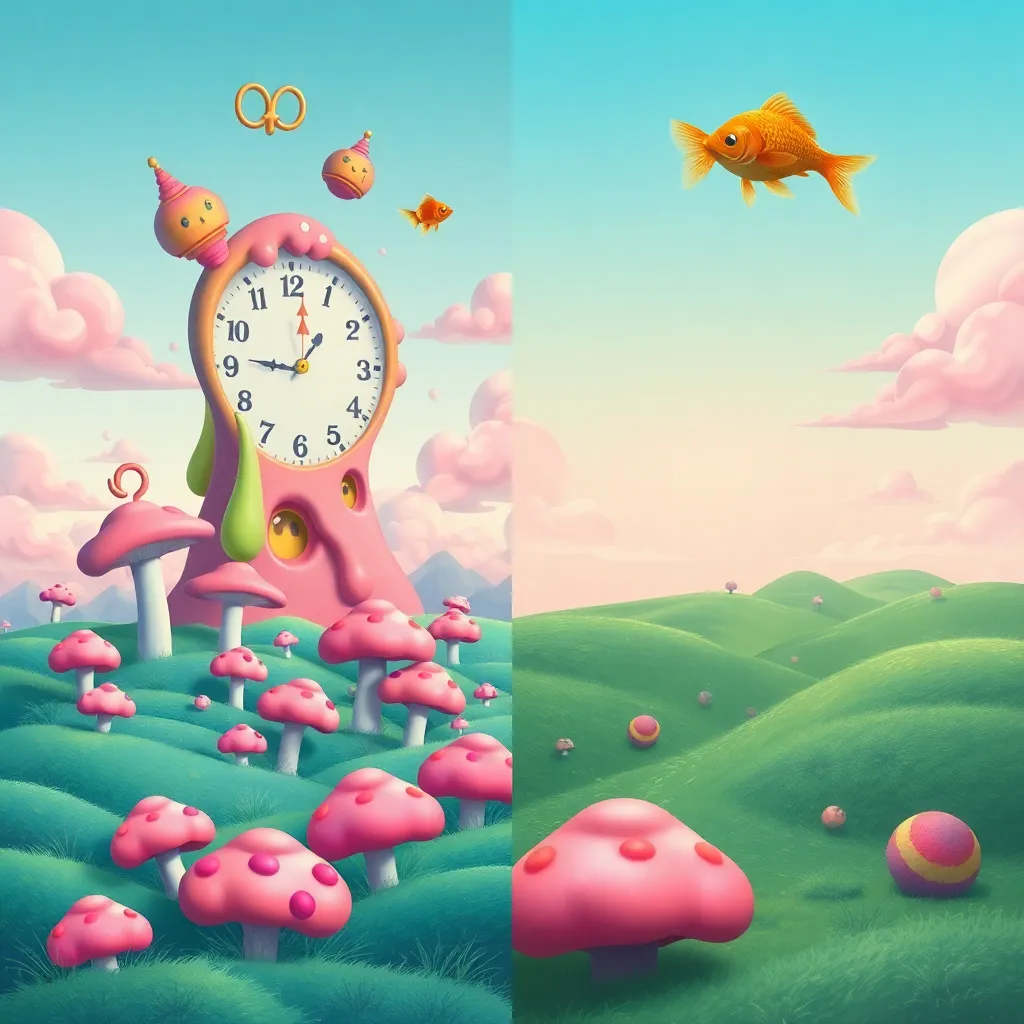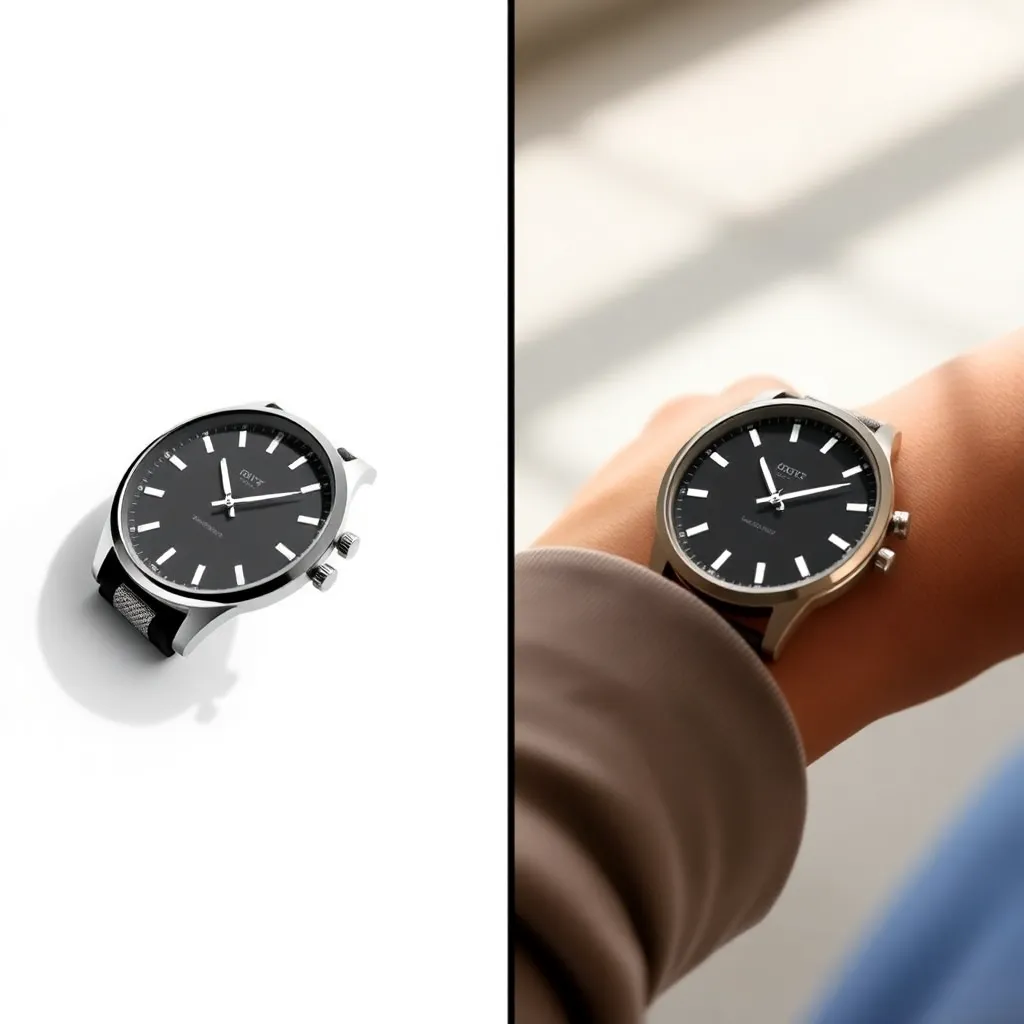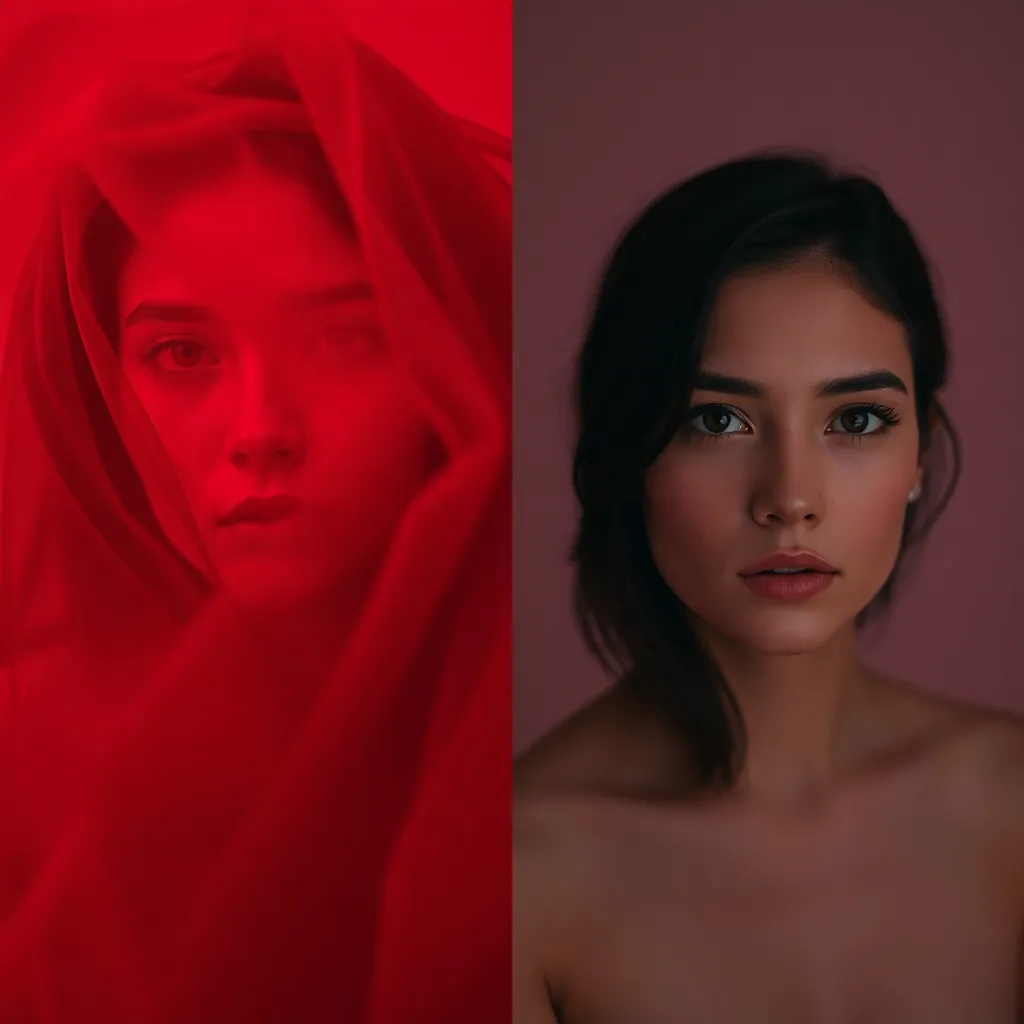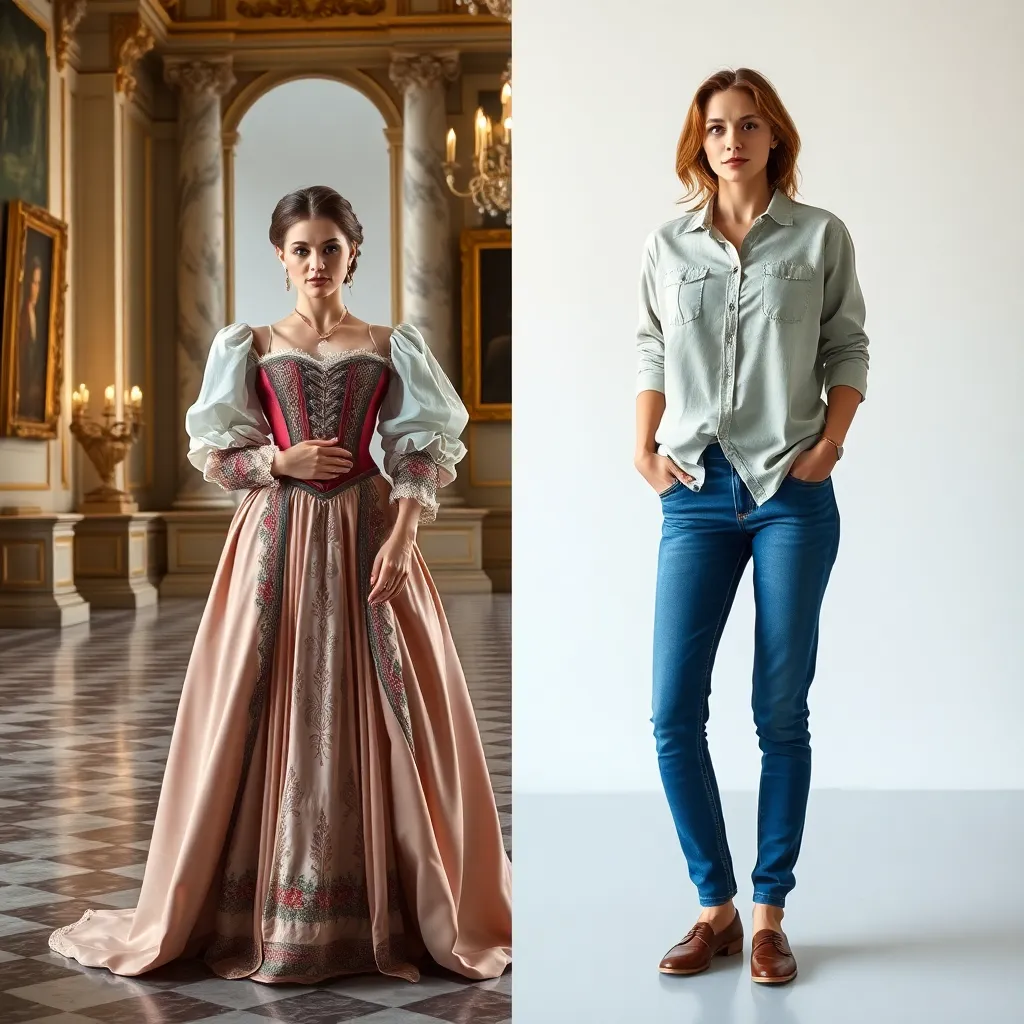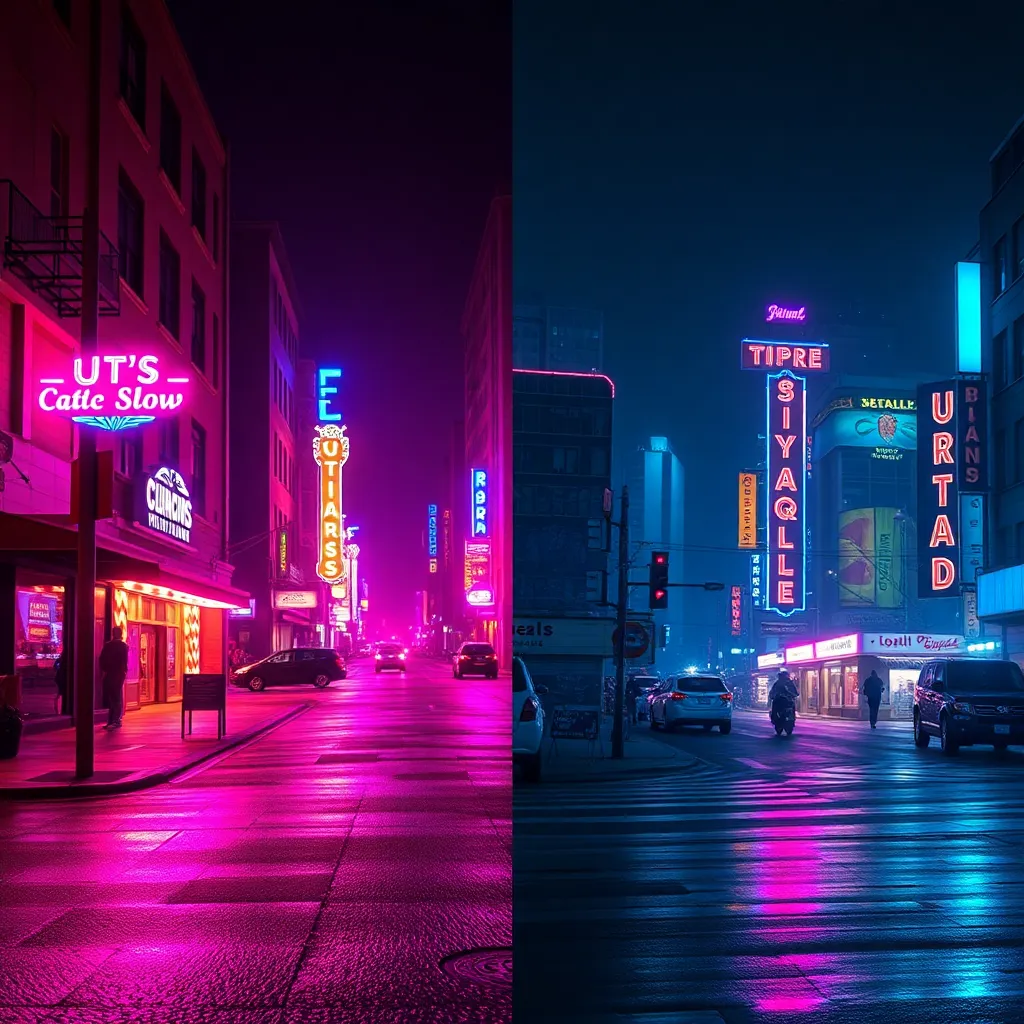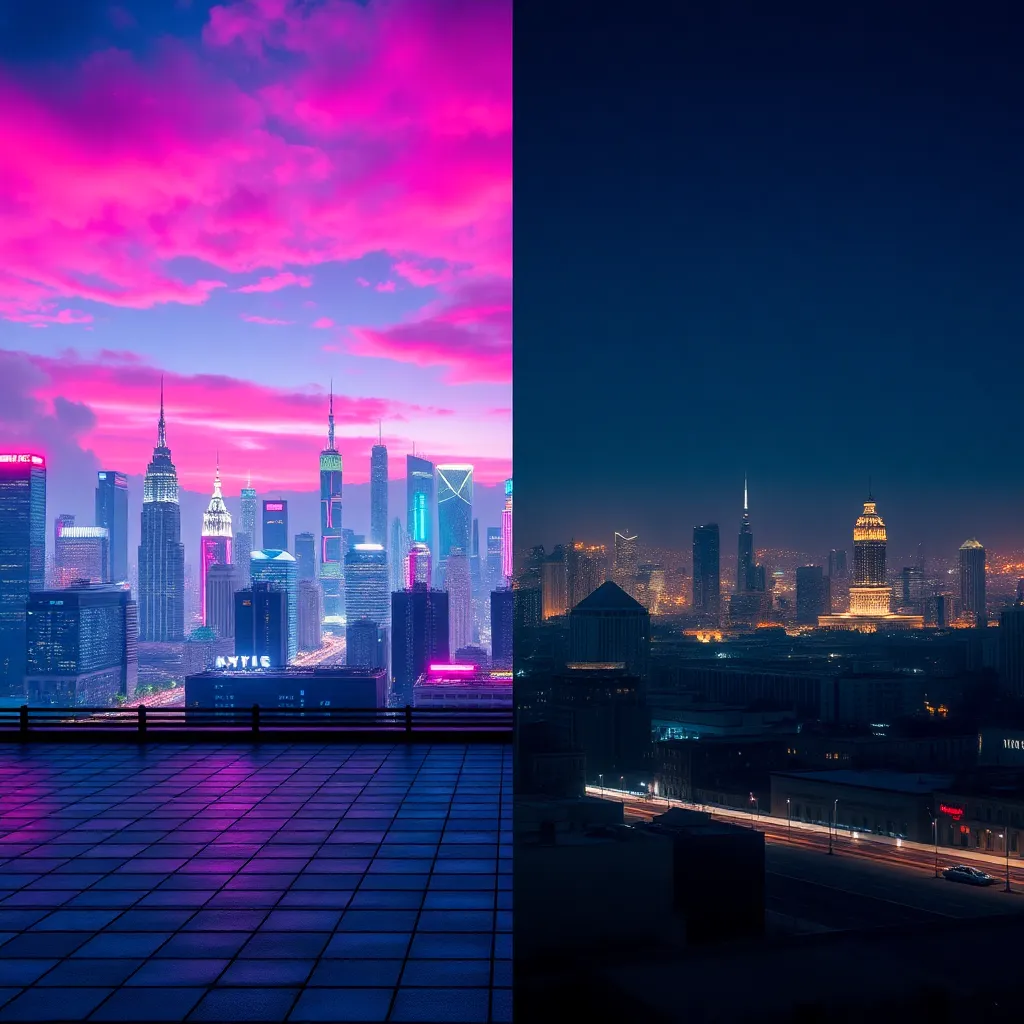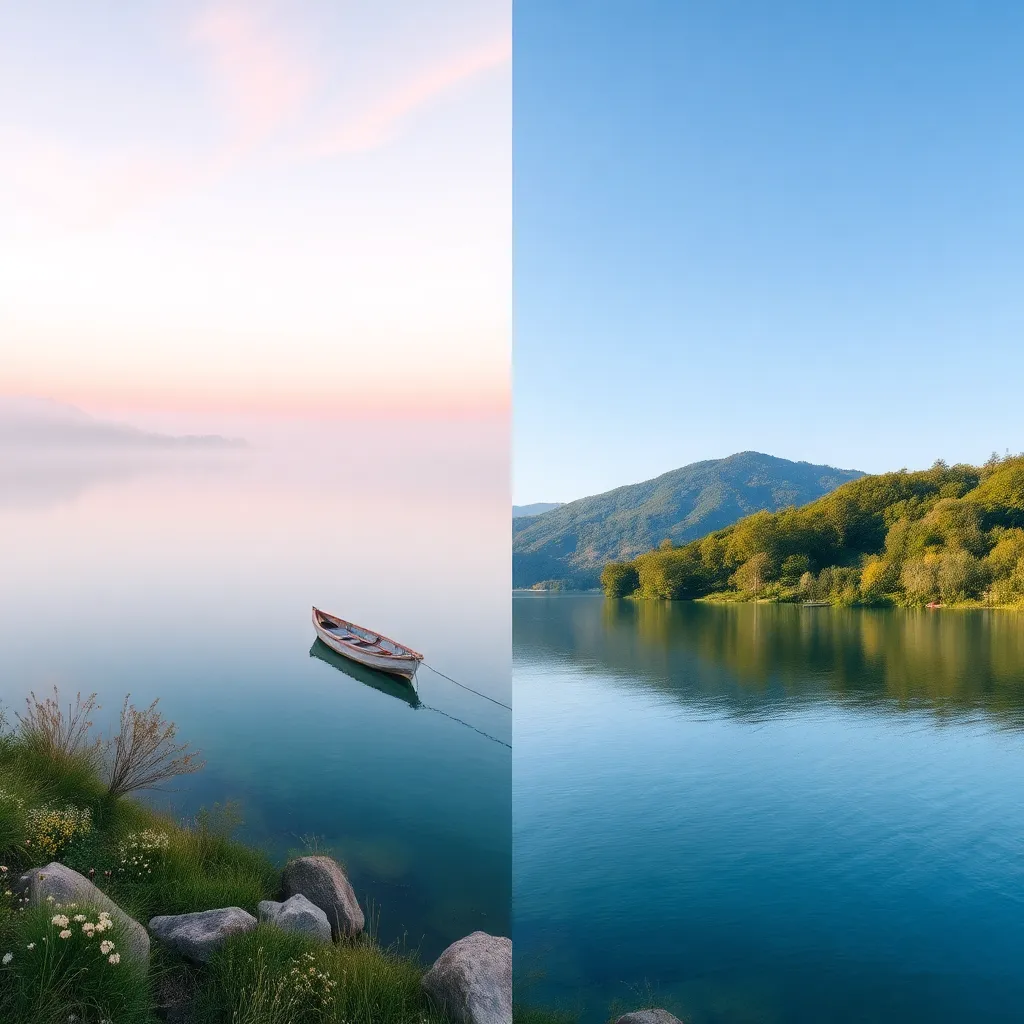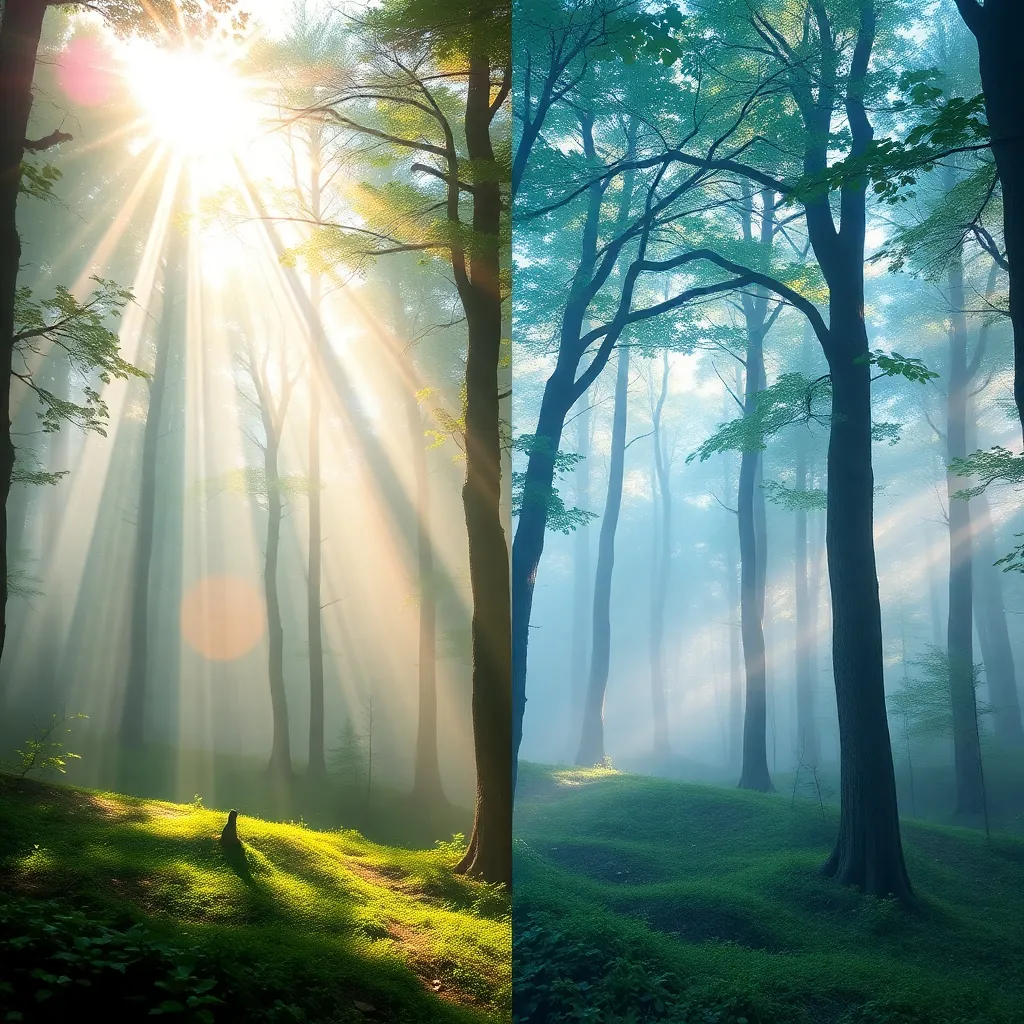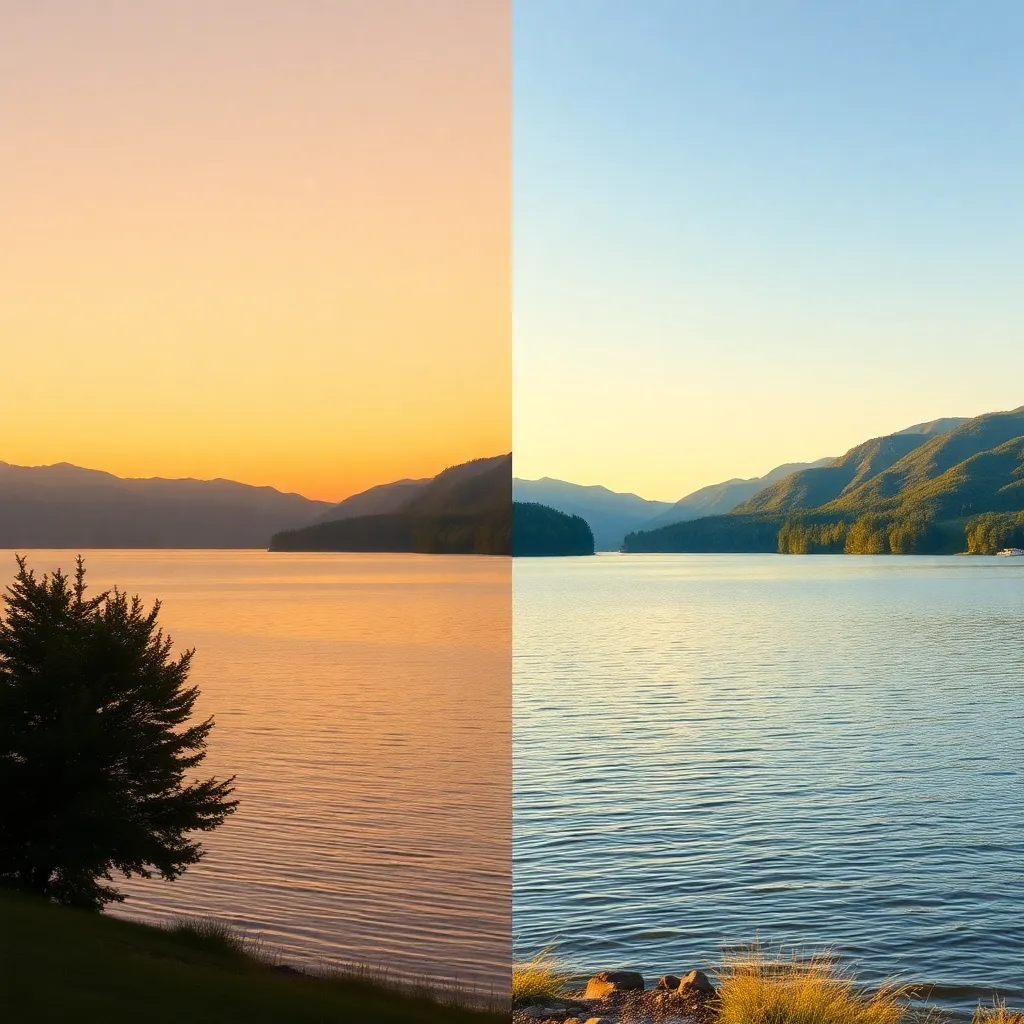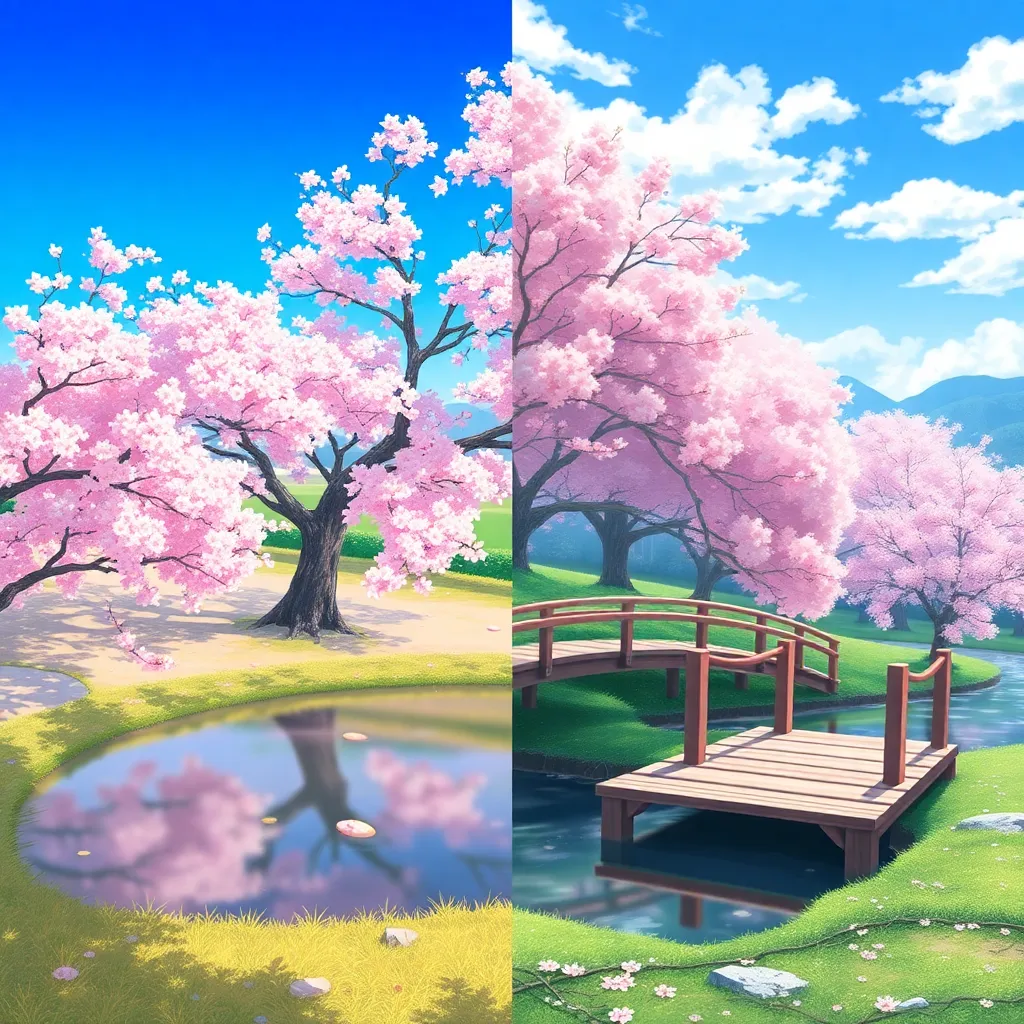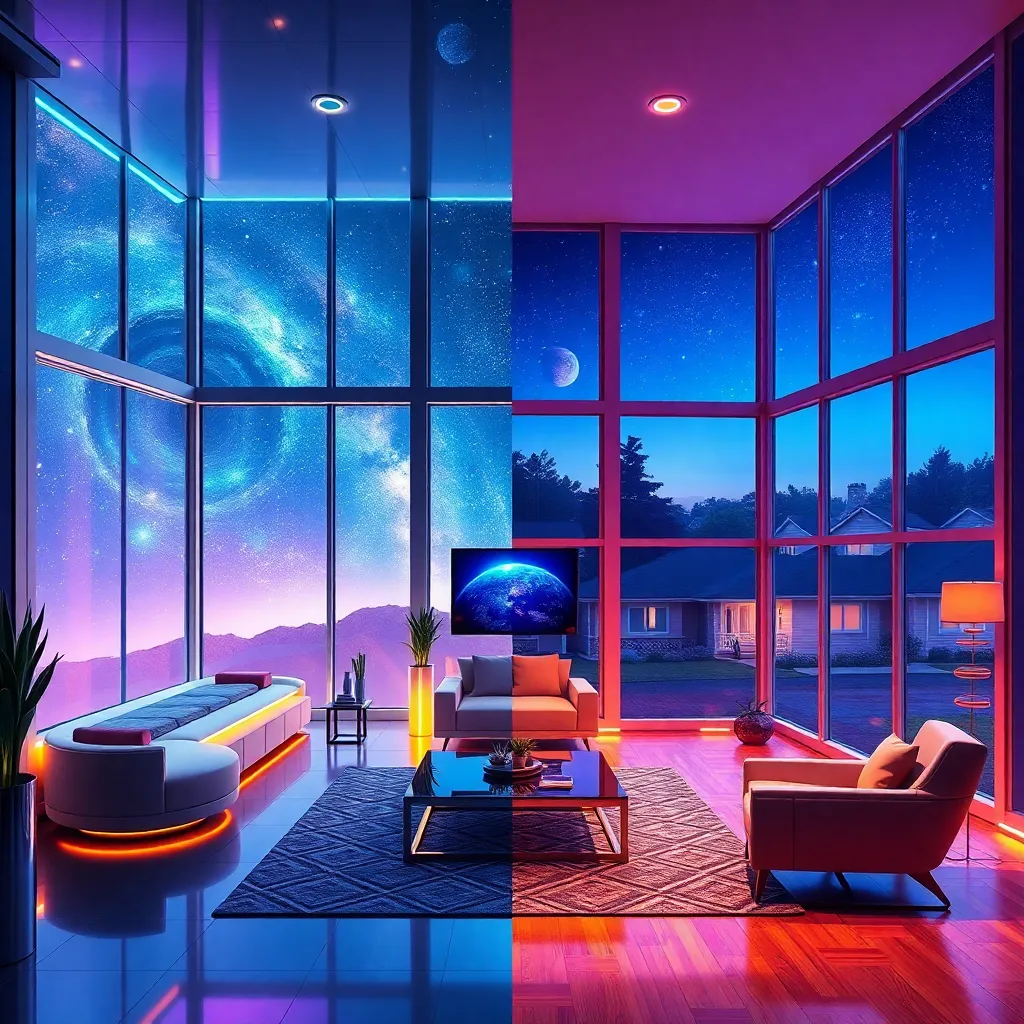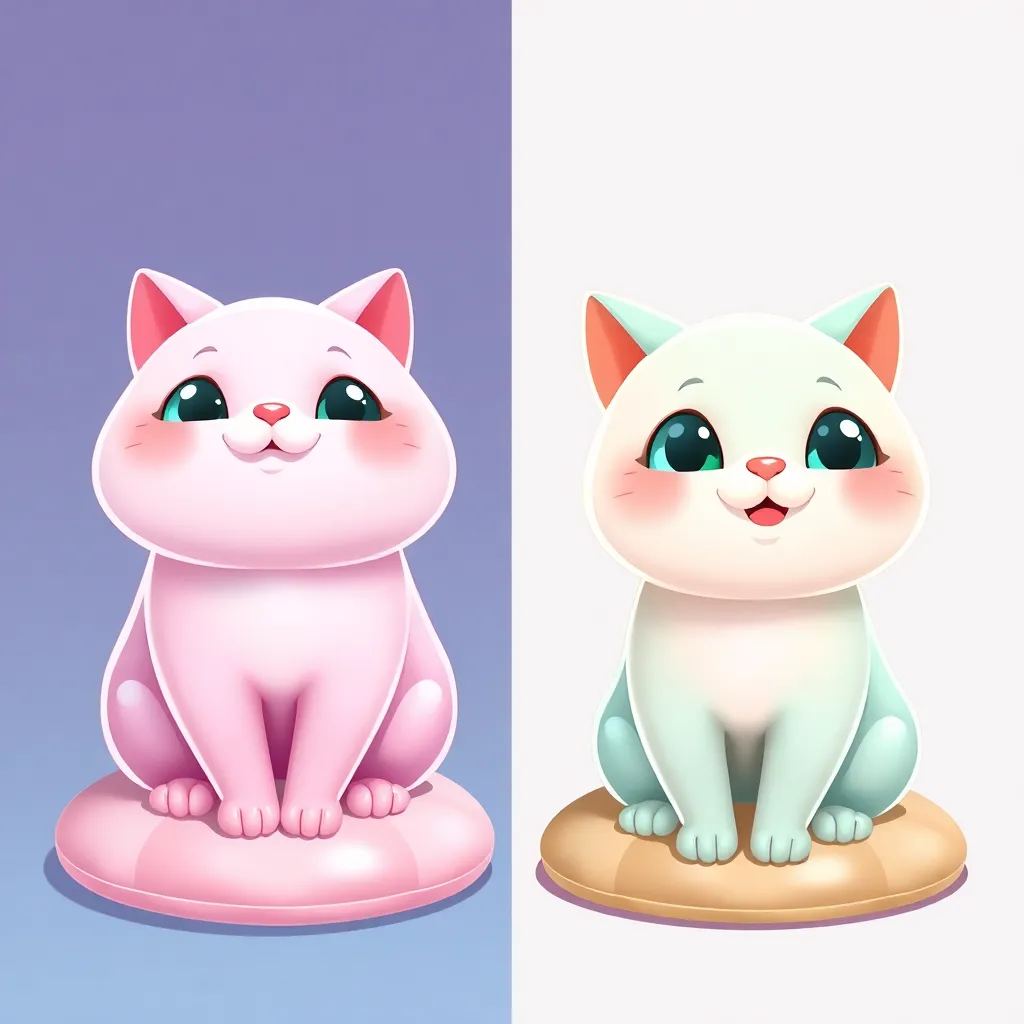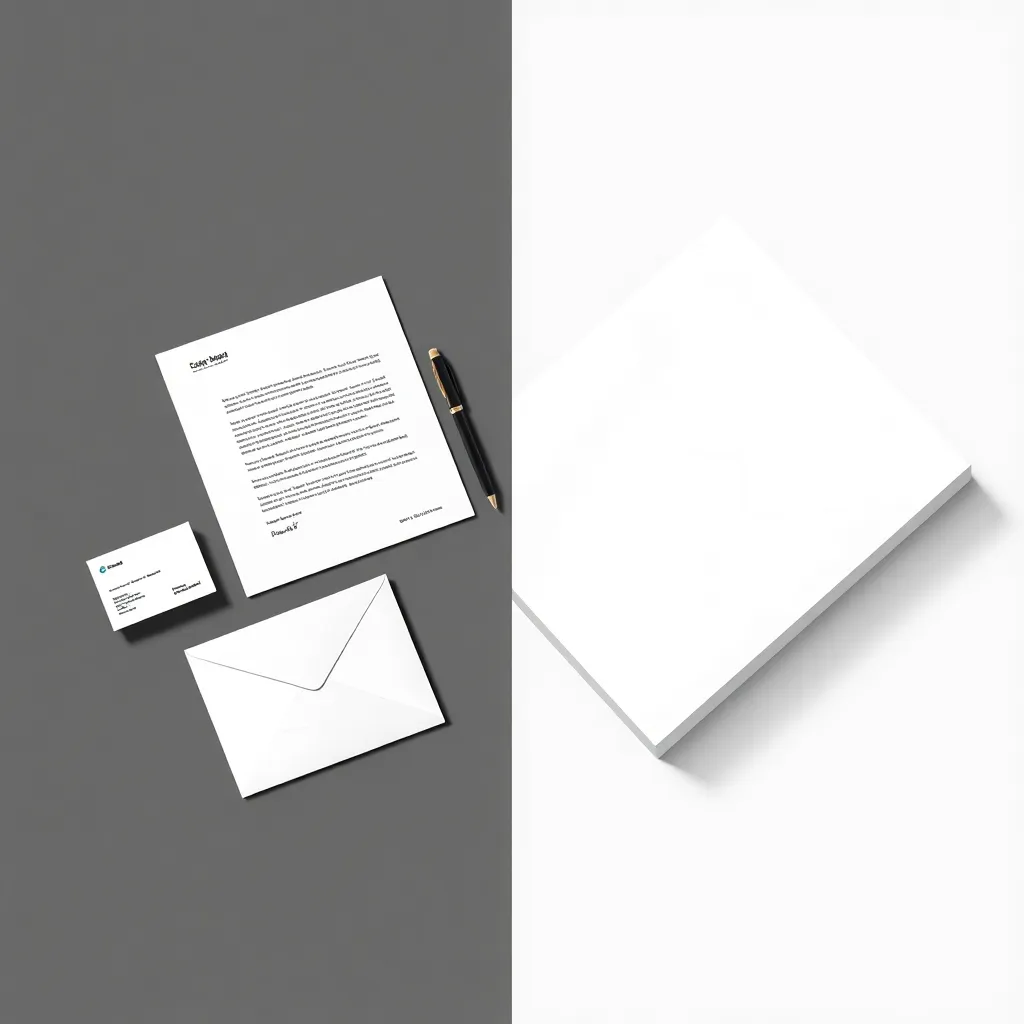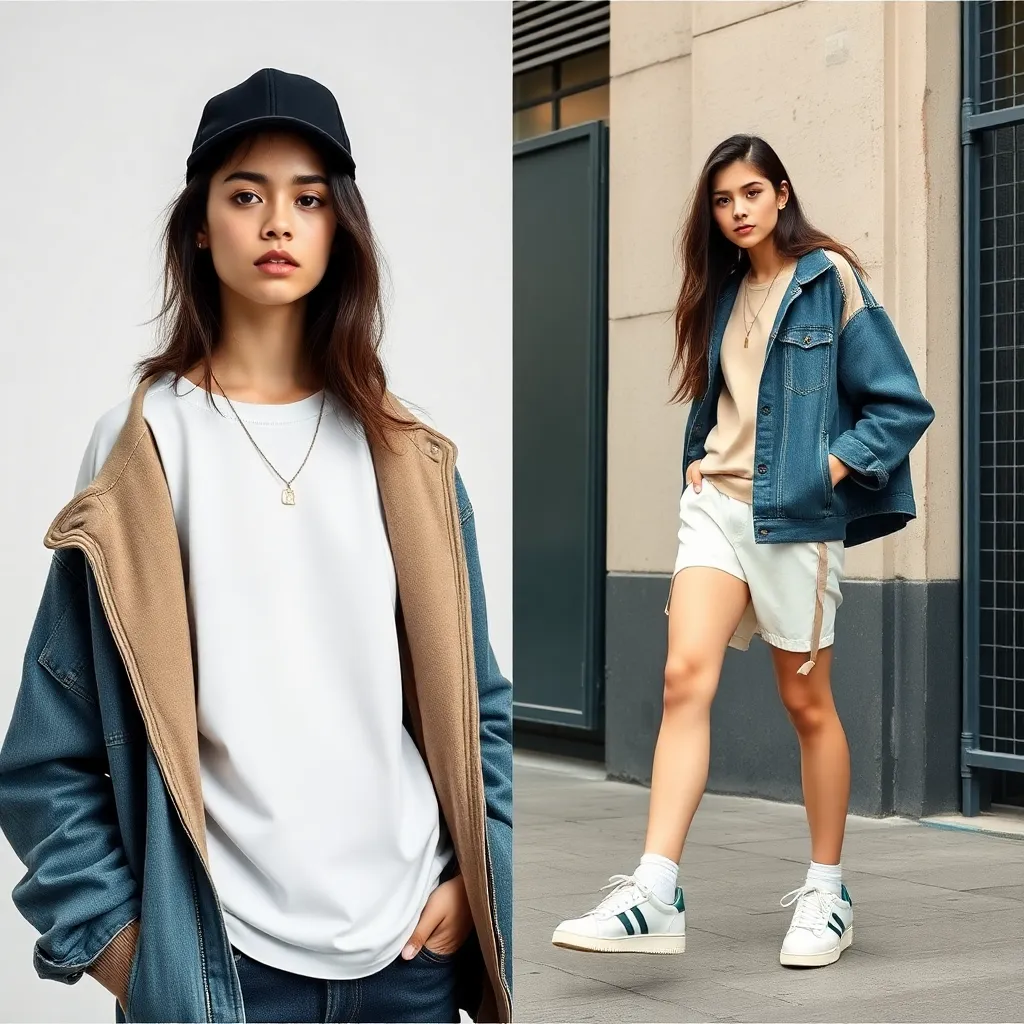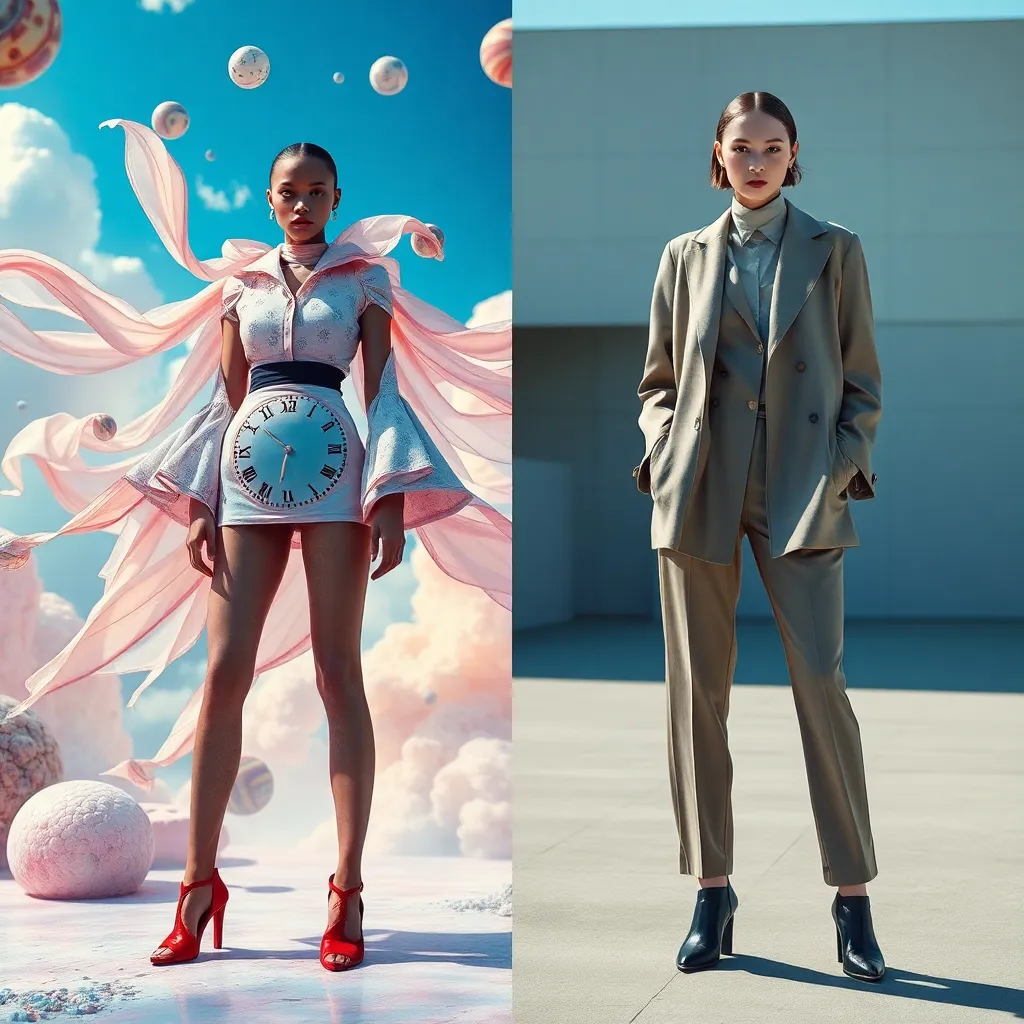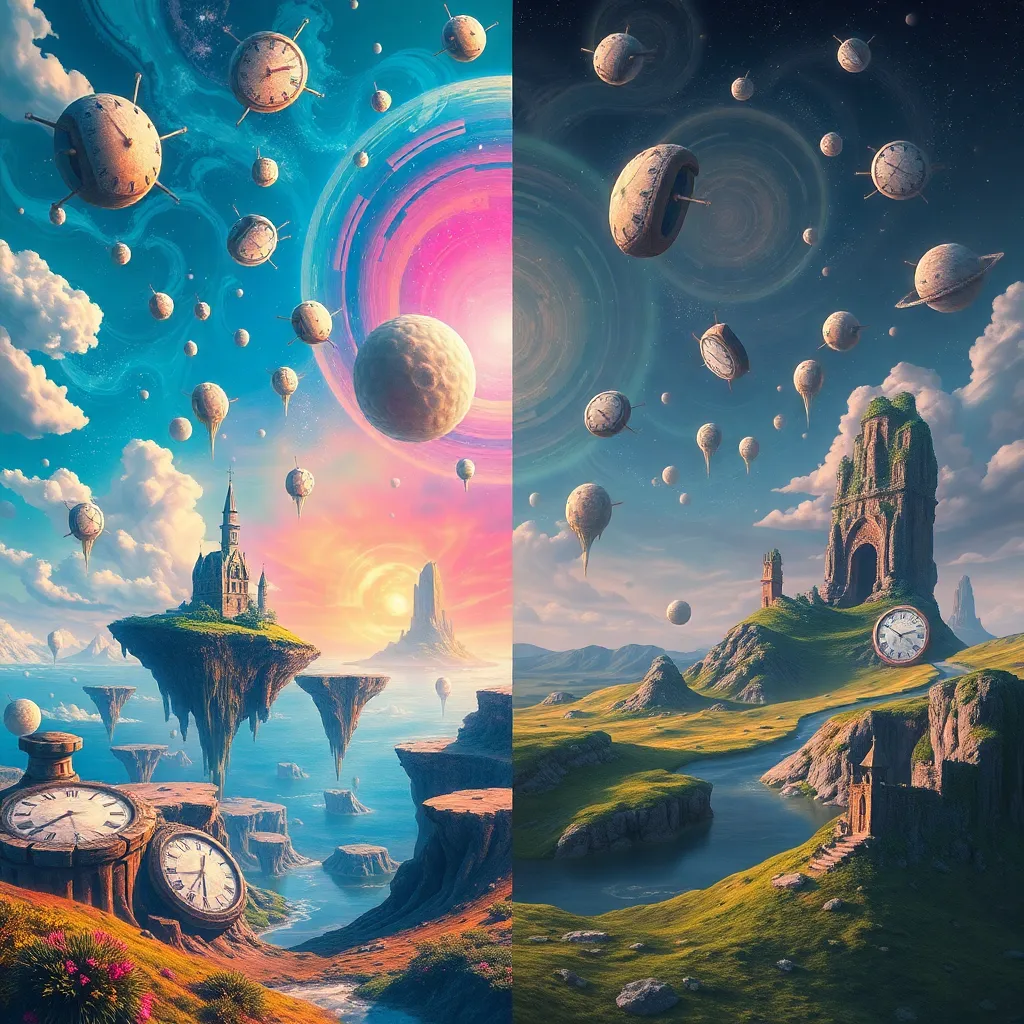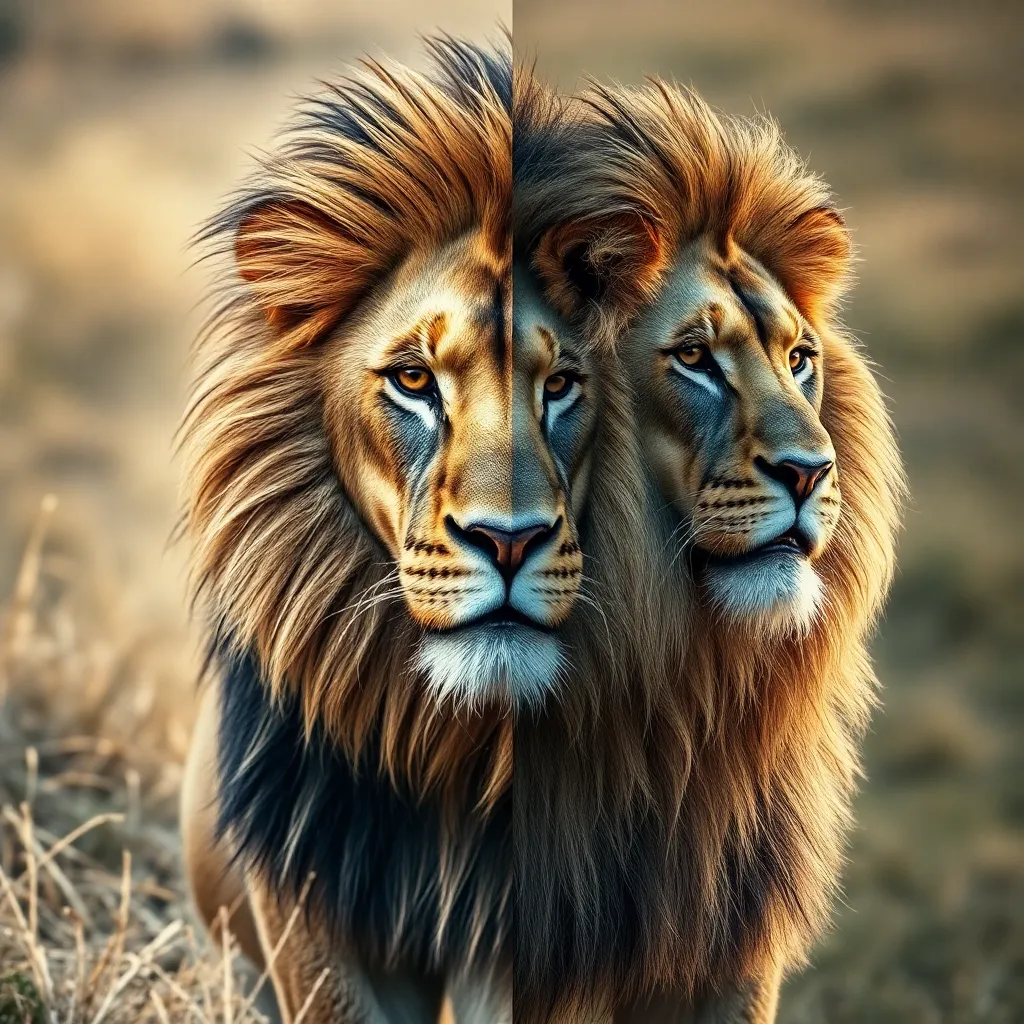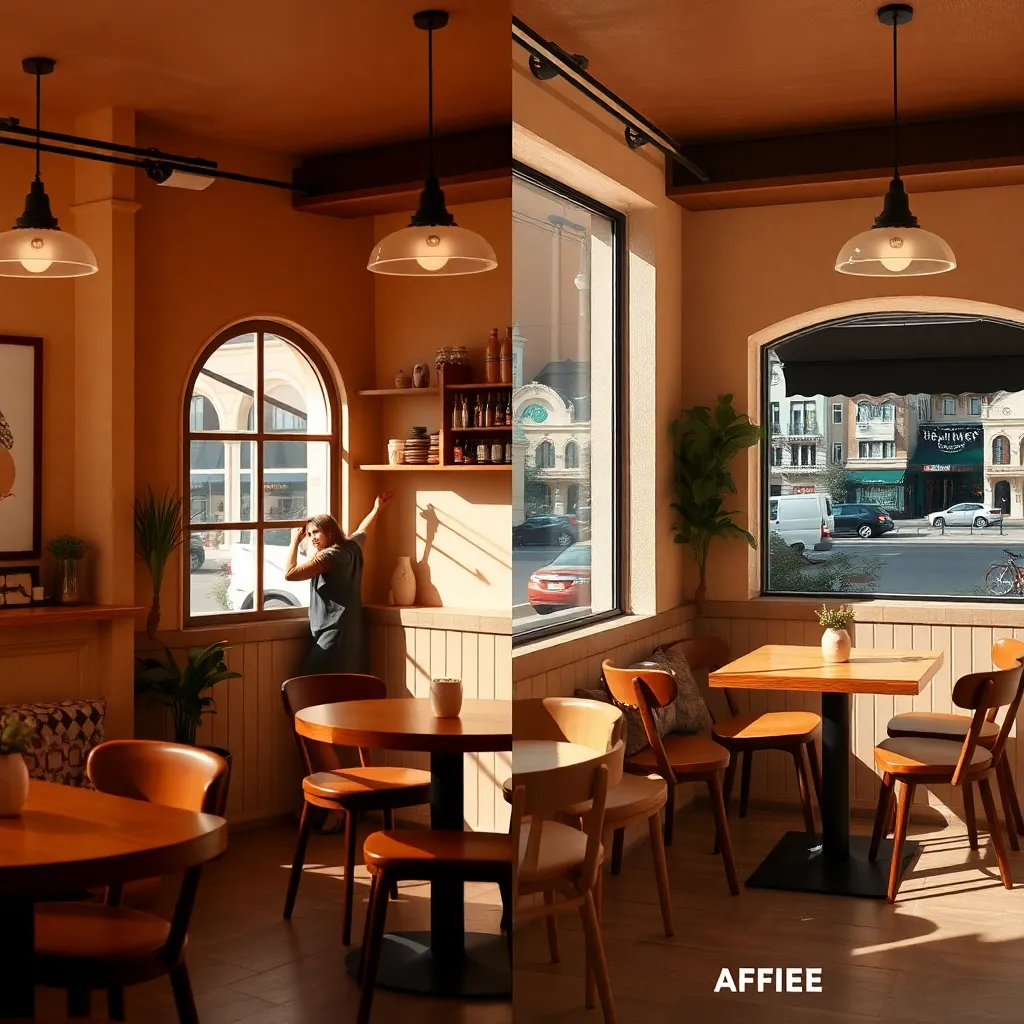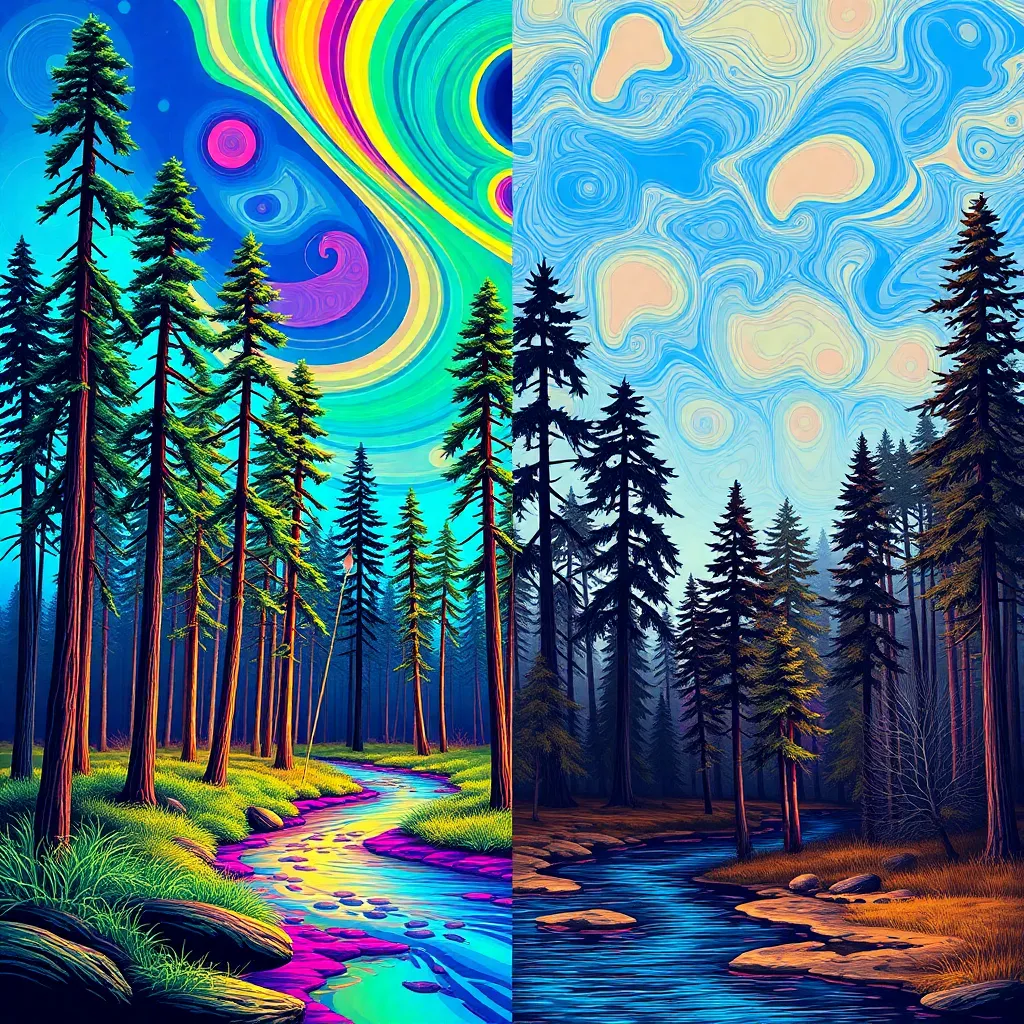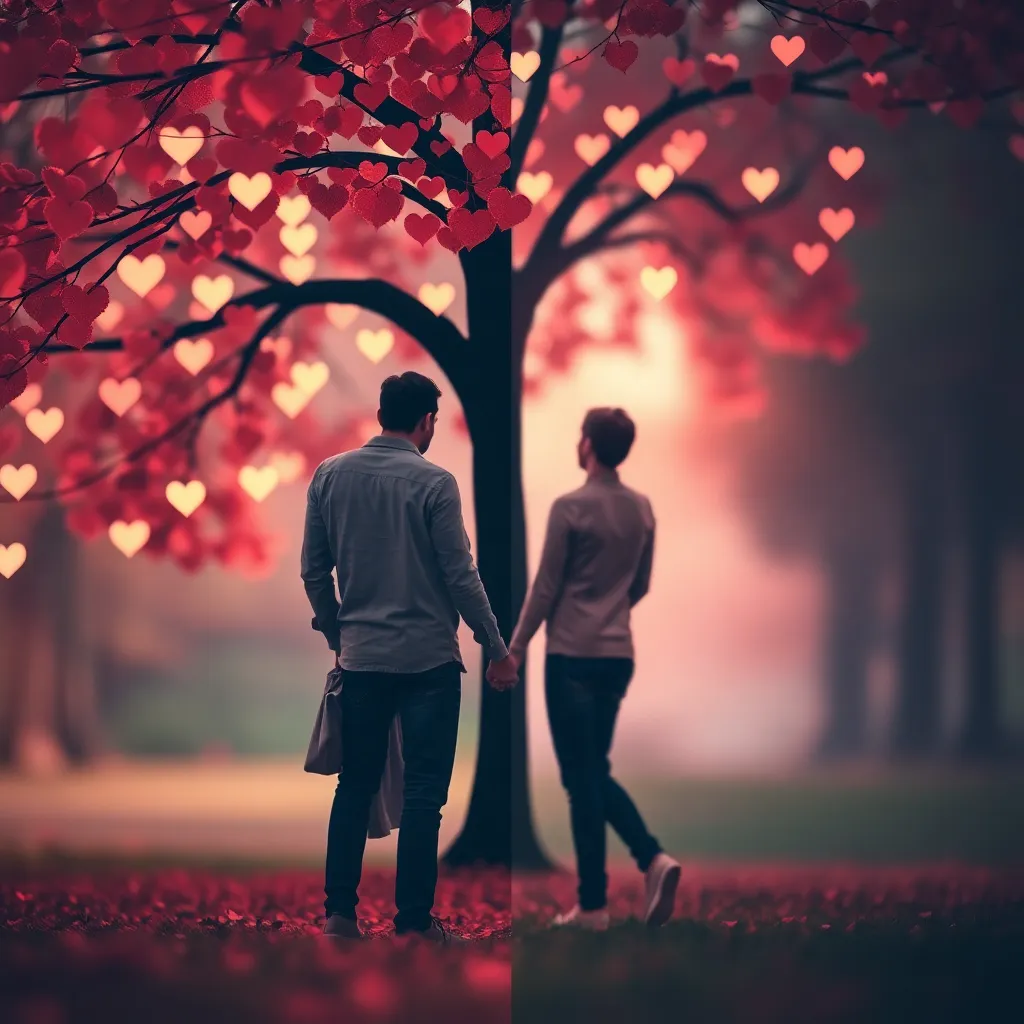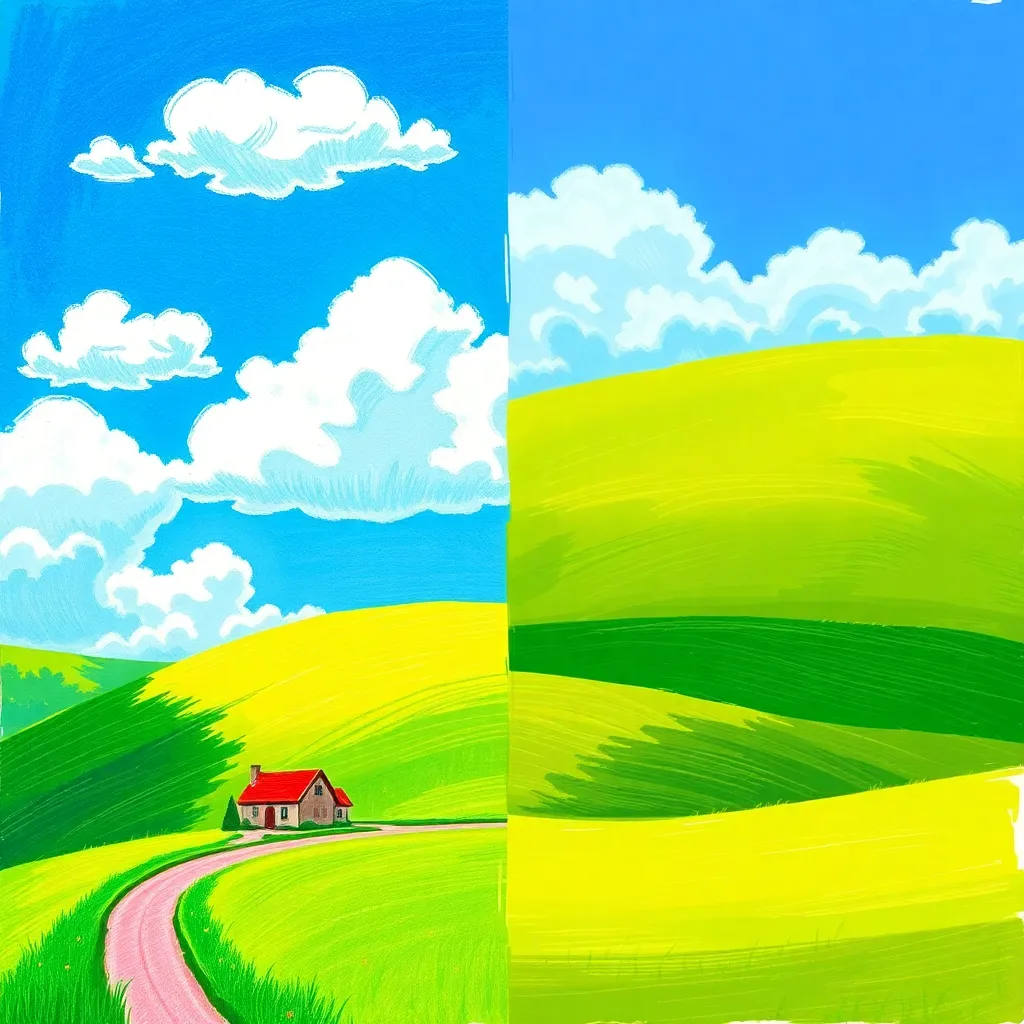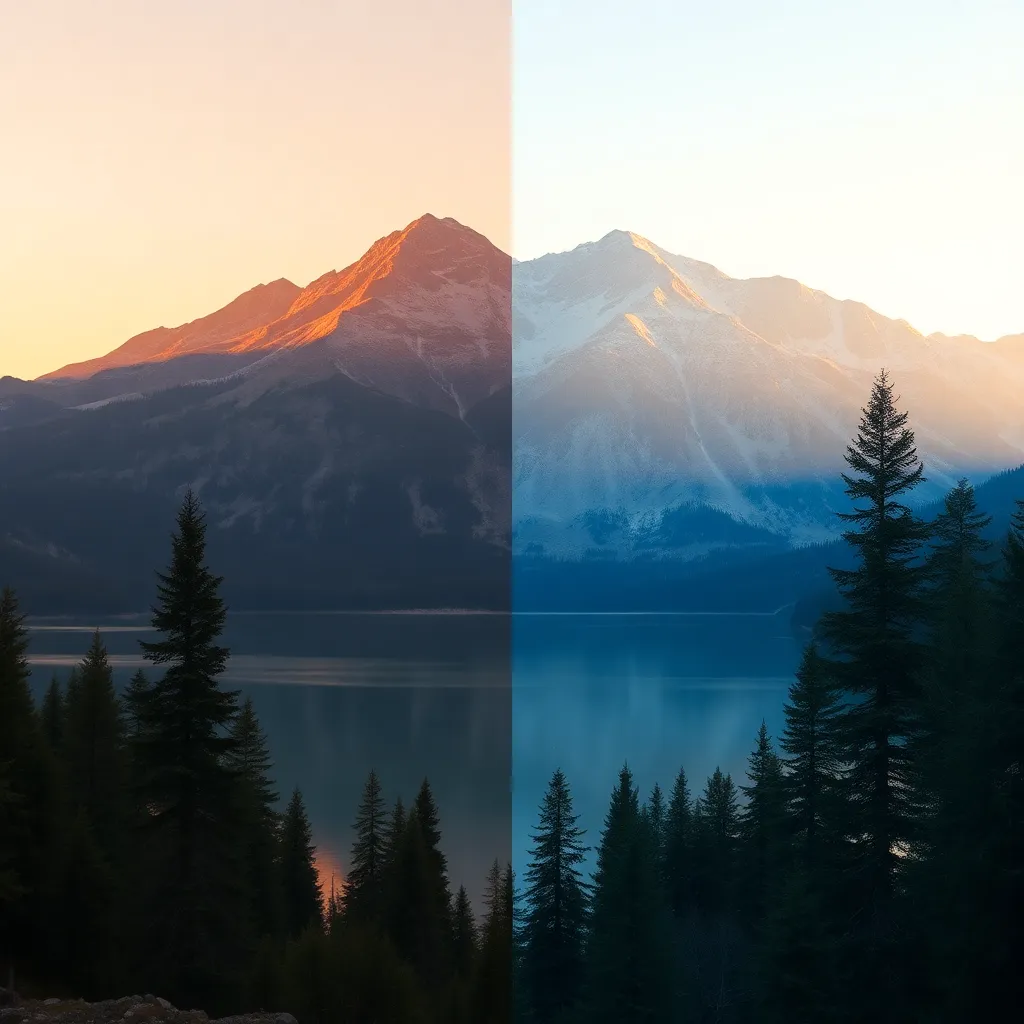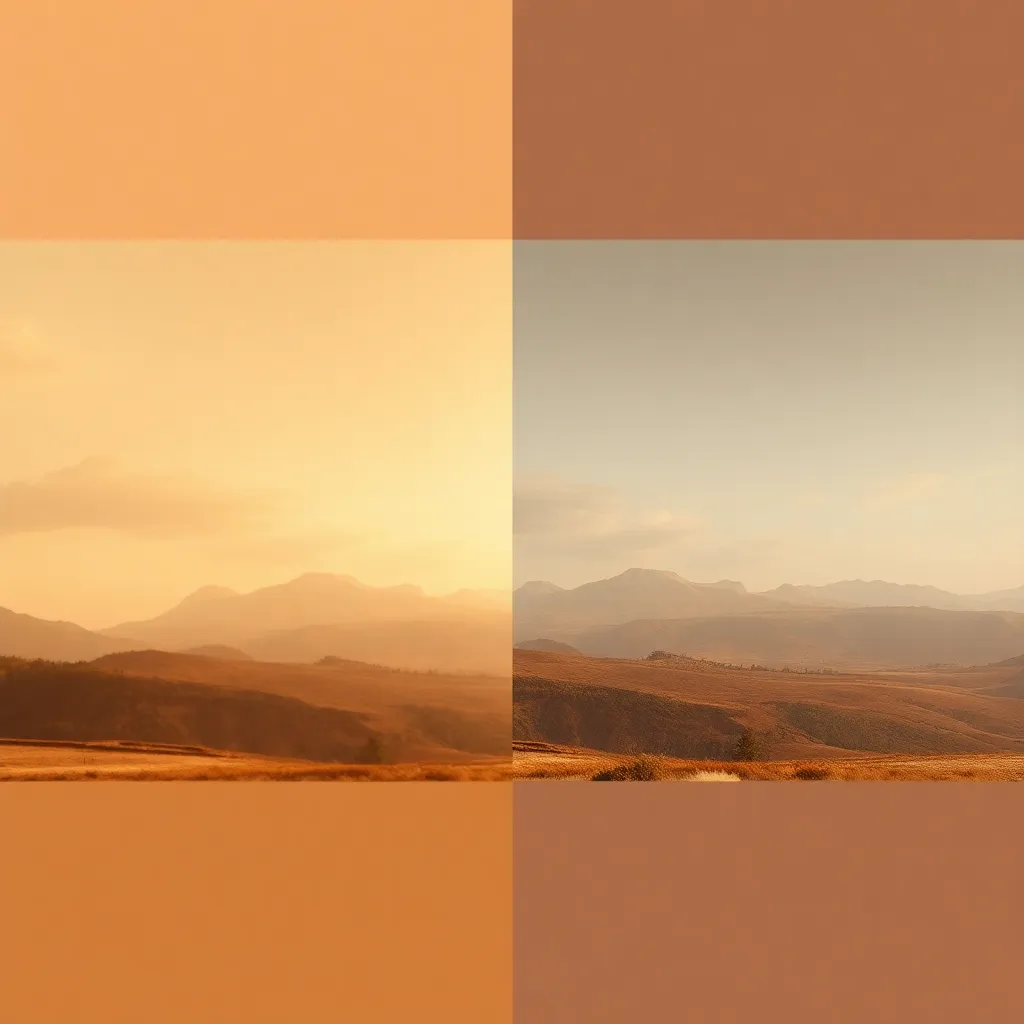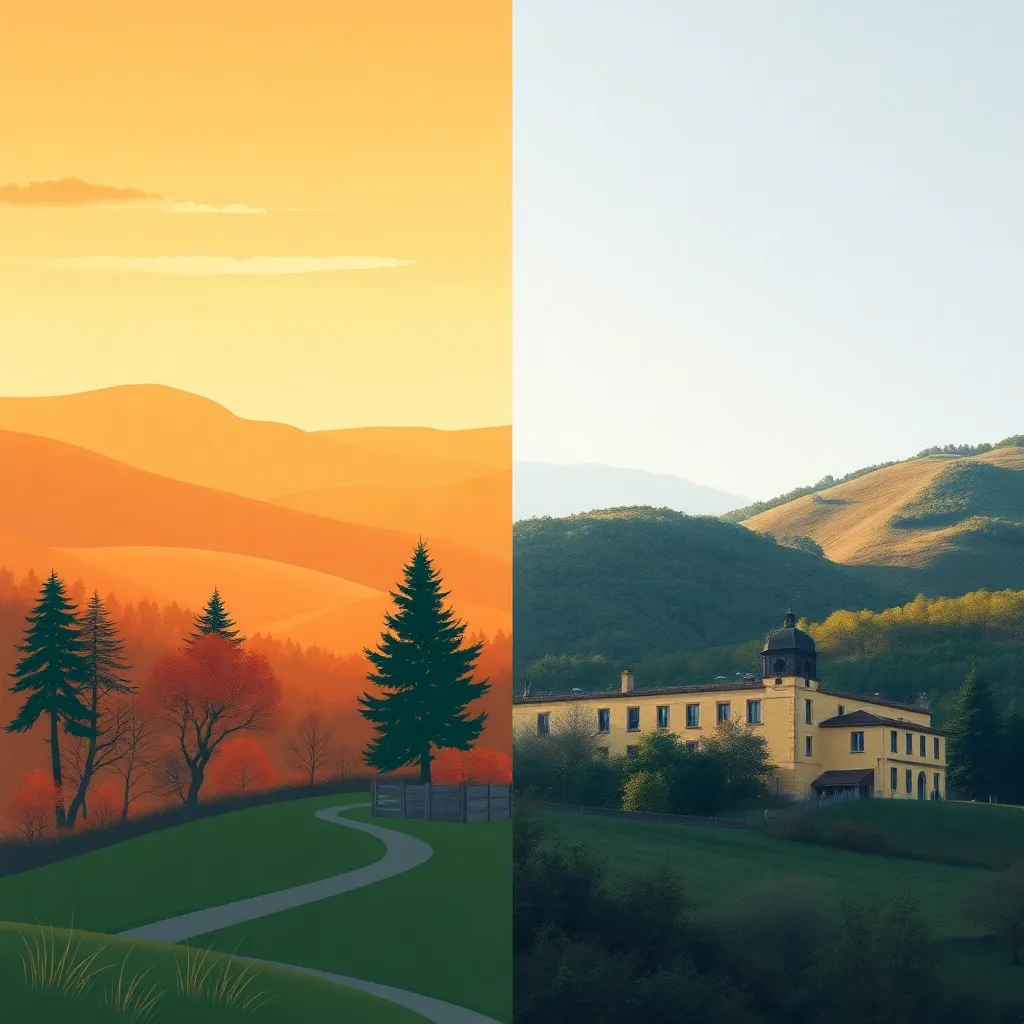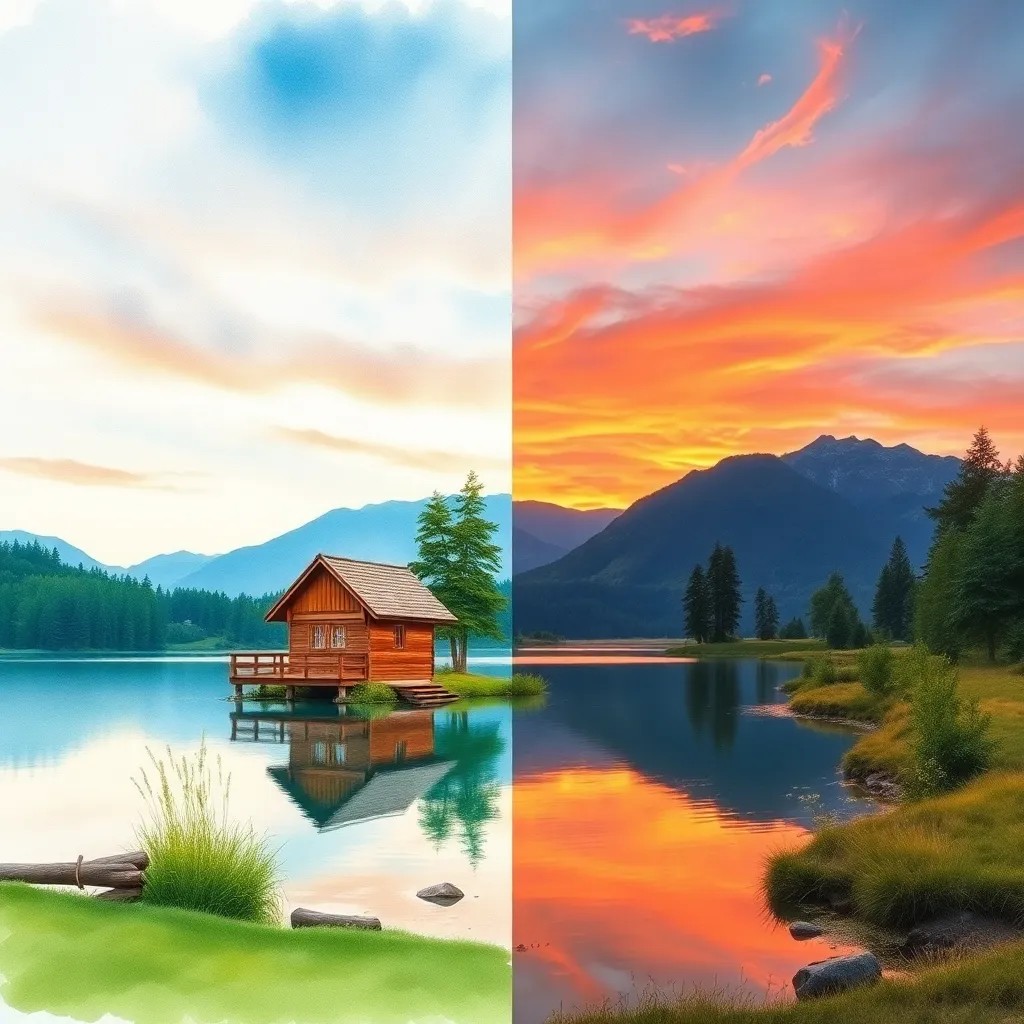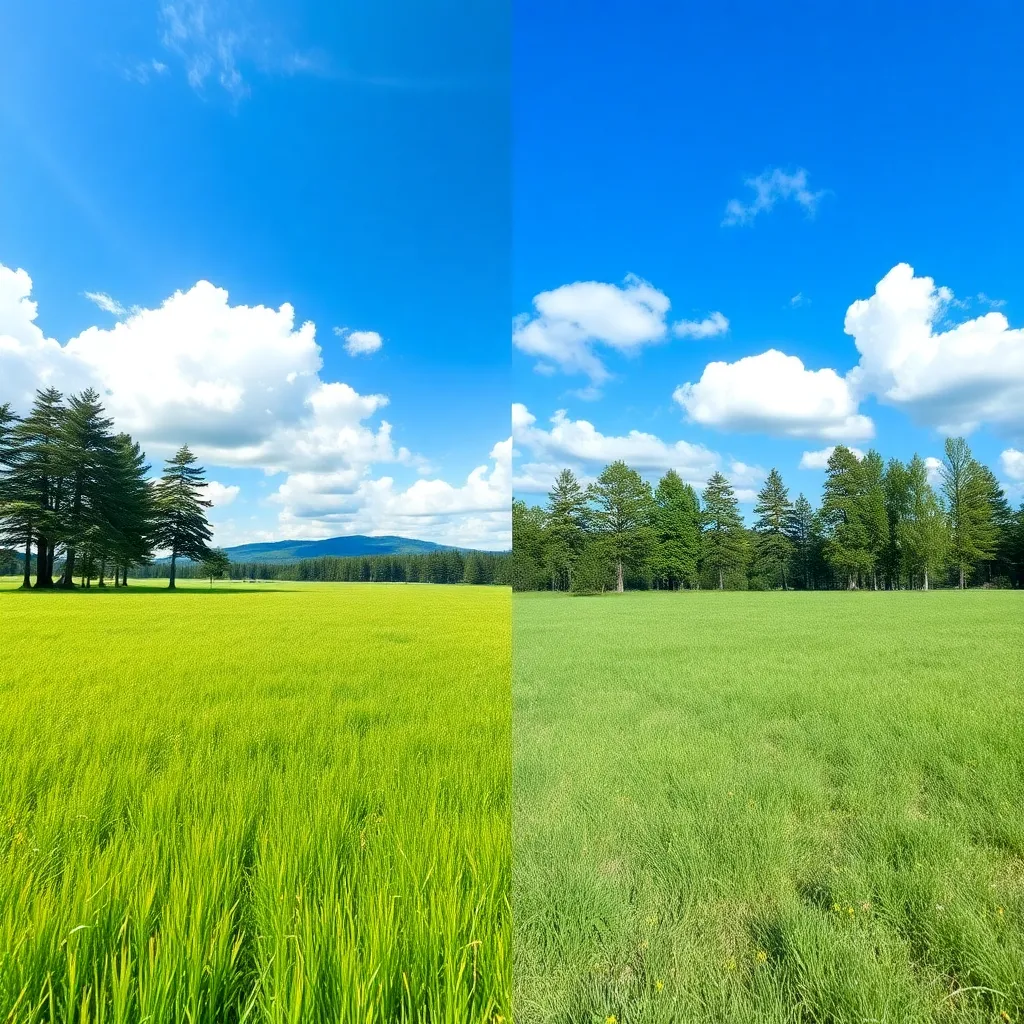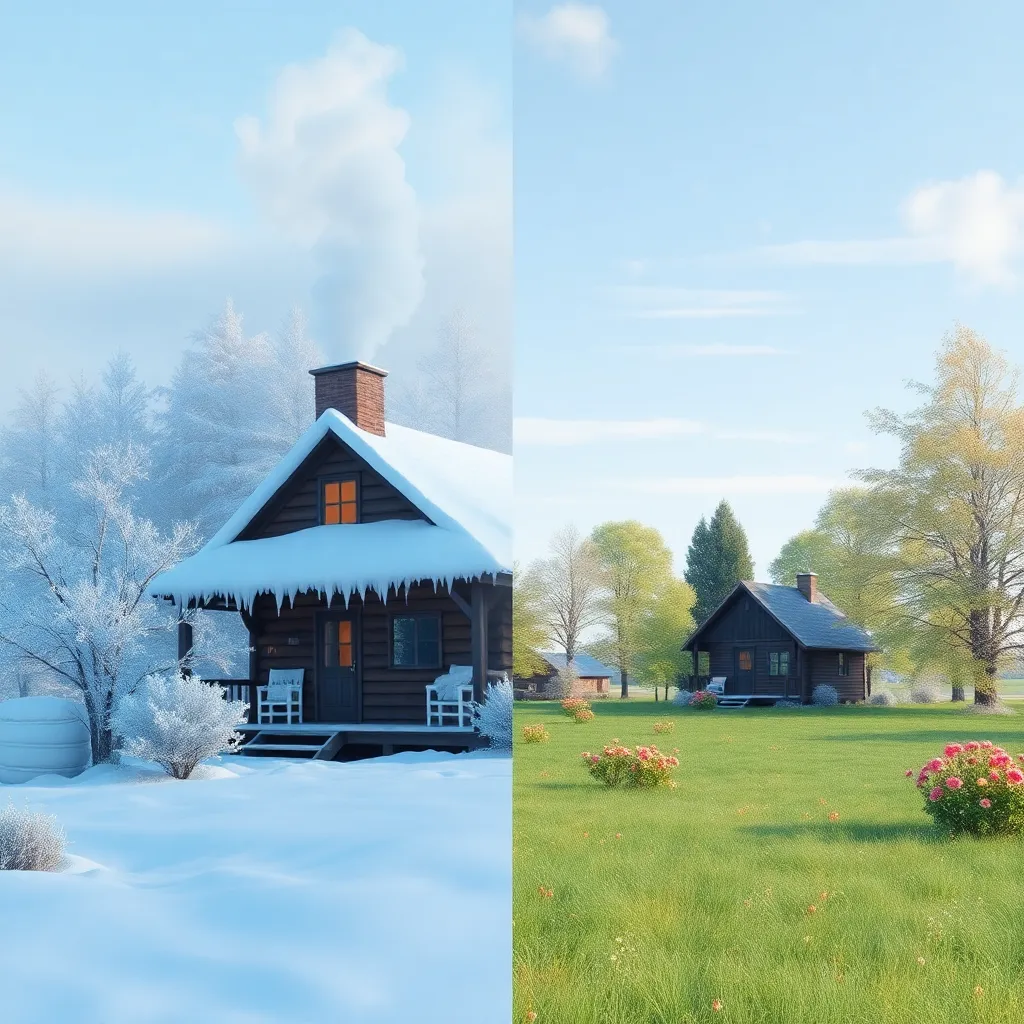What is the Illustrated Pop Style?
The Illustrated Pop Style is a dynamic visual effect that marries photography with the energy, graphics, and colors of classic pop art. This style is characterized by intense, saturated hues, thick outlines, halftone dots, comic-style text, and playful, graphic elements. Drawing inspiration from legendary artists like Andy Warhol and Roy Lichtenstein, Illustrated Pop Style transforms ordinary photos into works of art that evoke the boldness of 1960s pop culture. Whether applied digitally or created through AI, this effect makes images burst with excitement and unmistakable visual identity.
Who is Using the Illustrated Pop Style?
Illustrated Pop Style is widely embraced by creative professionals and brands seeking to make a bold statement:
- Music industry professionals use it for album covers, promotional posters, and merchandise to create an iconic, memorable visual identity.
- Advertising agencies leverage the style in campaigns to grab viewers’ attention instantly and associate products with fun, energy, and nostalgia.
- Fashion photographers and magazines use the style to give editorials a graphic, magazine-cover feel that stands out on shelves and online.
- Portrait photographers turn celebrity shots or influencer portraits into pop culture icons.
- Comic book artists and illustrators often reference the pop art look for covers and key visuals.
- Urban artists and muralists bring cityscapes to life with pop art-inspired color and design.
How Does Illustrated Pop Style Enhance Photos?
The Illustrated Pop Style enhances photos by:
- Amplifying Color and Contrast: Vivid, saturated colors and high contrast make images leap off the page or screen, immediately capturing attention.
- Adding Graphic Elements: Bold outlines, halftone textures, and comic-style speech bubbles transform ordinary scenes into visually engaging narratives.
- Creating Nostalgic and Playful Moods: The style evokes the spirit of 1960s pop art, infusing images with a sense of fun, nostalgia, and cultural reference.
- Highlighting Key Subjects: Thick outlines and graphic backgrounds focus the viewer’s eye on the main subject, making portraits and products pop.
- Instantly Recognizable Aesthetics: The unique combination of pop art motifs ensures images are memorable and distinct, perfect for branding and personal expression.
Use Cases of the Illustrated Pop Style
Illustrated Pop Style is especially useful in these scenarios:
1. Music Album Covers
Pop bands and solo artists use this style to create album covers that are instantly eye-catching and memorable, channeling the energy and vibrancy of their music.
2. Celebrity and Influencer Portraits
Turning portraits into pop art icons not only celebrates the subject but also delivers a visual punch that attracts followers and fans on social media and in print.
3. Advertising Posters
Brands leverage the style’s high visibility for products like soda, snacks, or tech gadgets, creating playful, dynamic ads that consumers remember.
4. Comic Book Covers
Comic publishers use Illustrated Pop Style for covers, blending dramatic characters with graphic design, appealing to both nostalgia and modern tastes.
5. Fashion Editorials
Fashion magazines and designers feature stylized editorials that combine photography and illustration, making models and clothing look both trendsetting and timeless.
6. Urban Cityscapes
Artists and photographers use the style to depict city life with a twist—skyscrapers, cars, and people rendered in comic-inspired colors and lines, perfect for posters, murals, or editorial spreads.
Each of these use cases leverages the style’s ability to make images stand out, connect with audiences emotionally, and communicate a sense of contemporary cool mixed with retro charm.
Pro Tips for Using Illustrated Pop Style
- Start with a High-Quality Image: The bolder and cleaner your original image, the better the pop art effect will look. Use sharp, well-lit photos for best results.
- Embrace Bold Colors: Don’t shy away from using unexpected, vibrant colors—this is the heart of pop art. Experiment with primary colors, neons, and high-contrast palettes.
- Use Strong Outlines and Halftones: Apply thick black outlines and halftone textures to make subjects stand out and mimic the look of classic comic books.
- Incorporate Graphic Typography: Add comic-style fonts, speech bubbles, or sound effects (“BAM!”, “WOW!”) to give your images a narrative pop.
- Balance Playfulness with Clarity: While the style is bold and playful, ensure the main subject isn’t lost amid graphic elements—keep the composition clear and focused.
- Customize for Your Audience: Adapt the intensity of colors, outlines, and graphics to match your project’s tone—more playful for entertainment, more refined for fashion.
Conclusion
The Illustrated Pop Style is a unique, impactful way to transform photos into works of art that demand attention. Its bold colors, graphic elements, and cultural resonance make it a favorite in music, fashion, advertising, and editorial work. Whether you’re creating an album cover, an ad campaign, or a dynamic portrait, this style ensures your images are not only seen—they’re remembered. Try it today and unleash the full visual power of your creativity!
